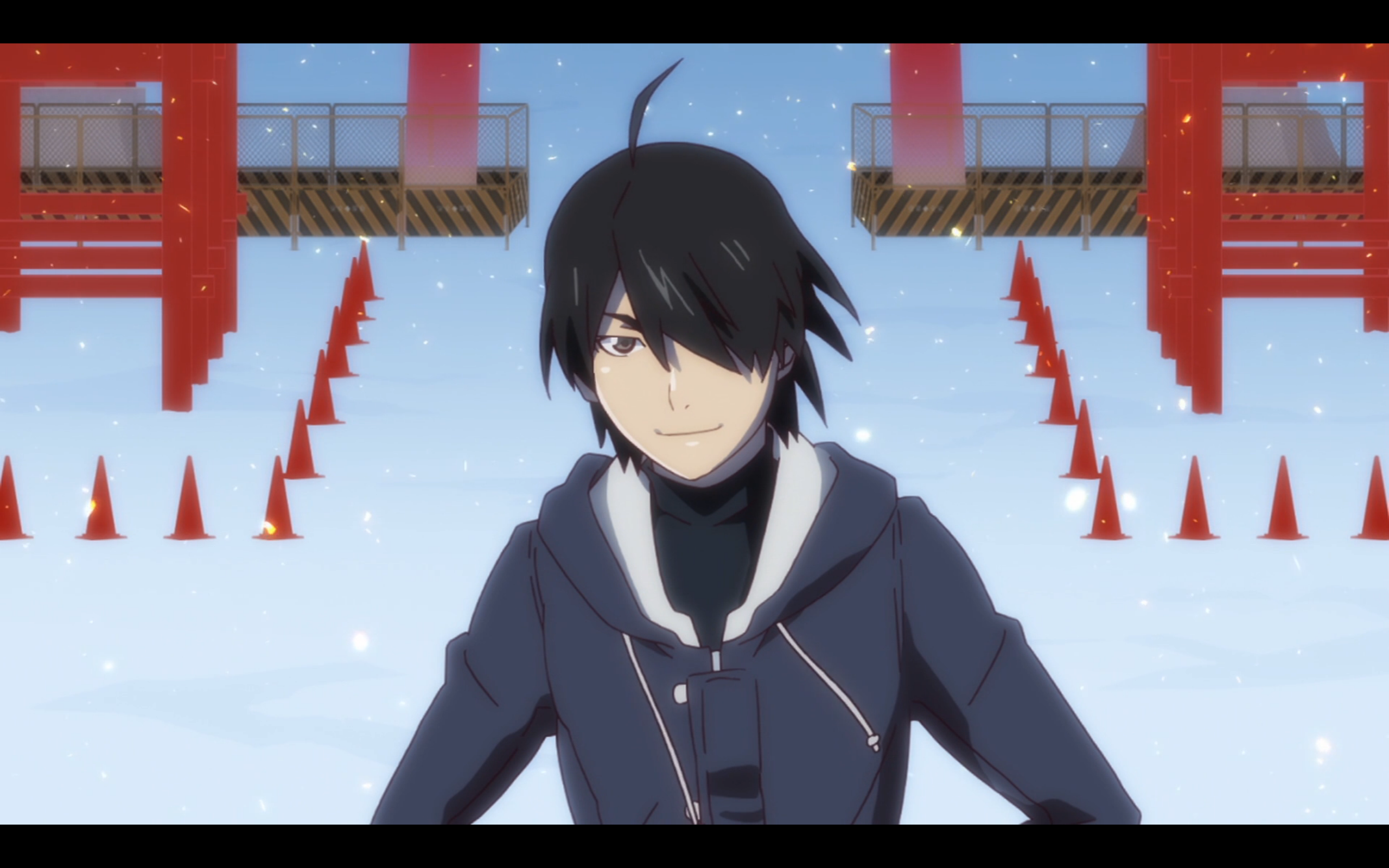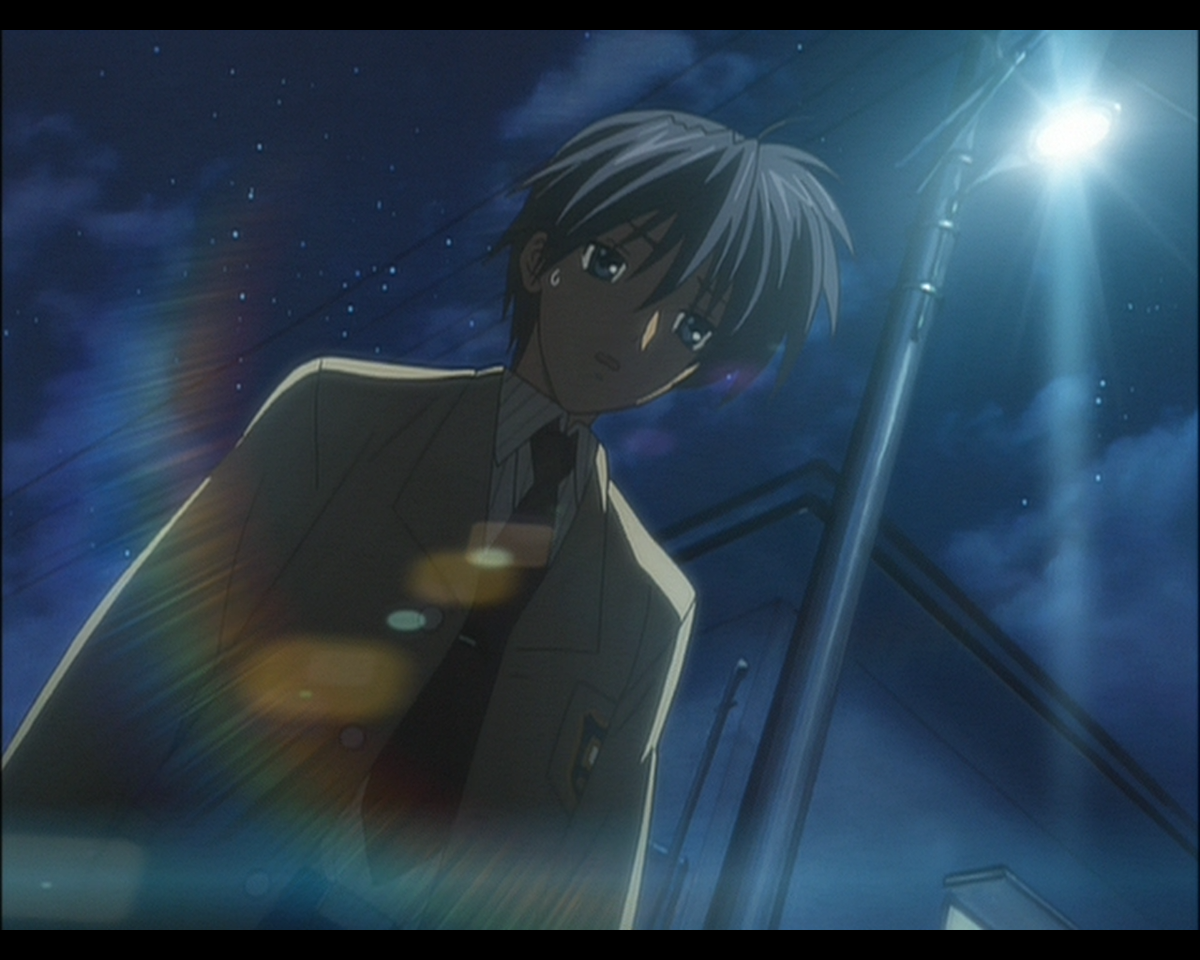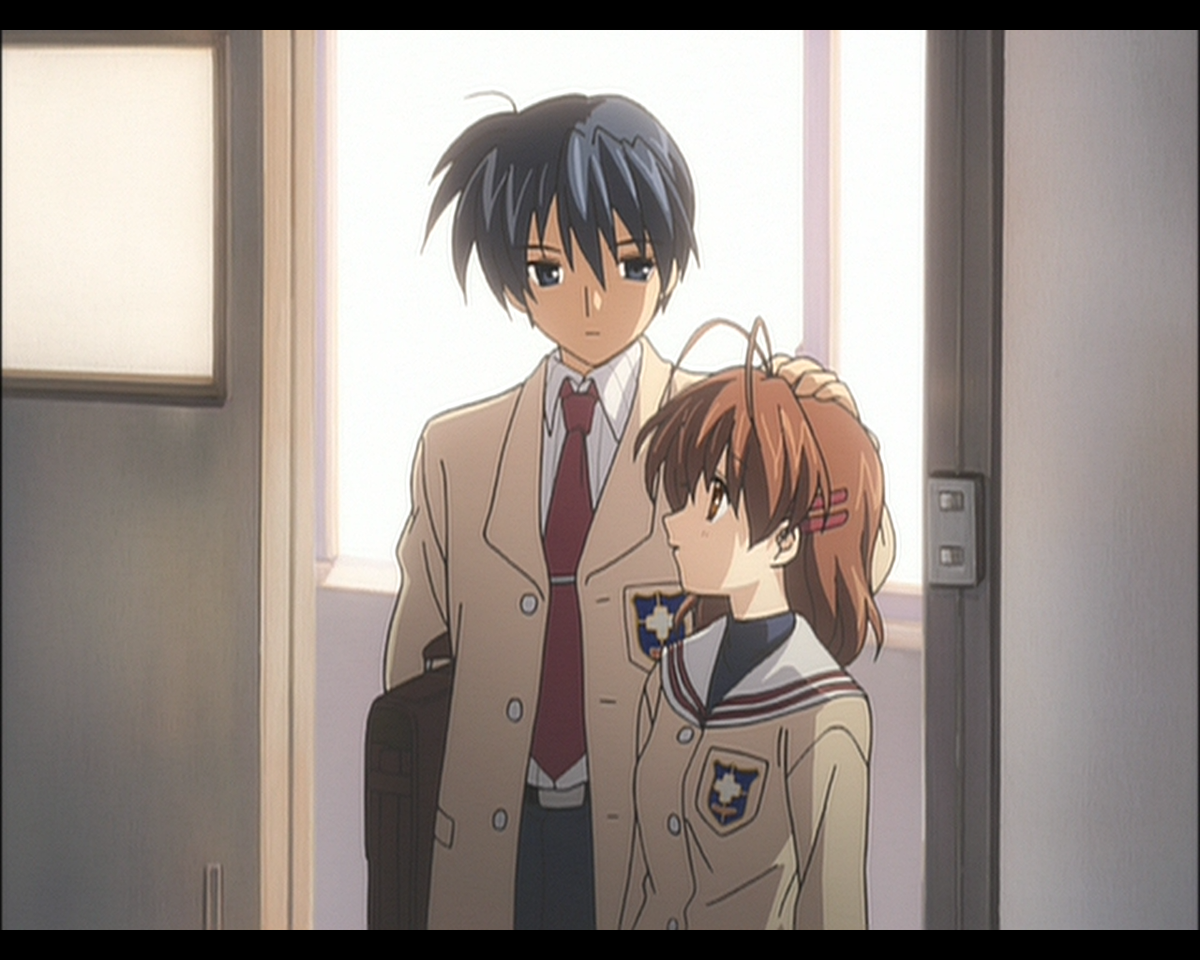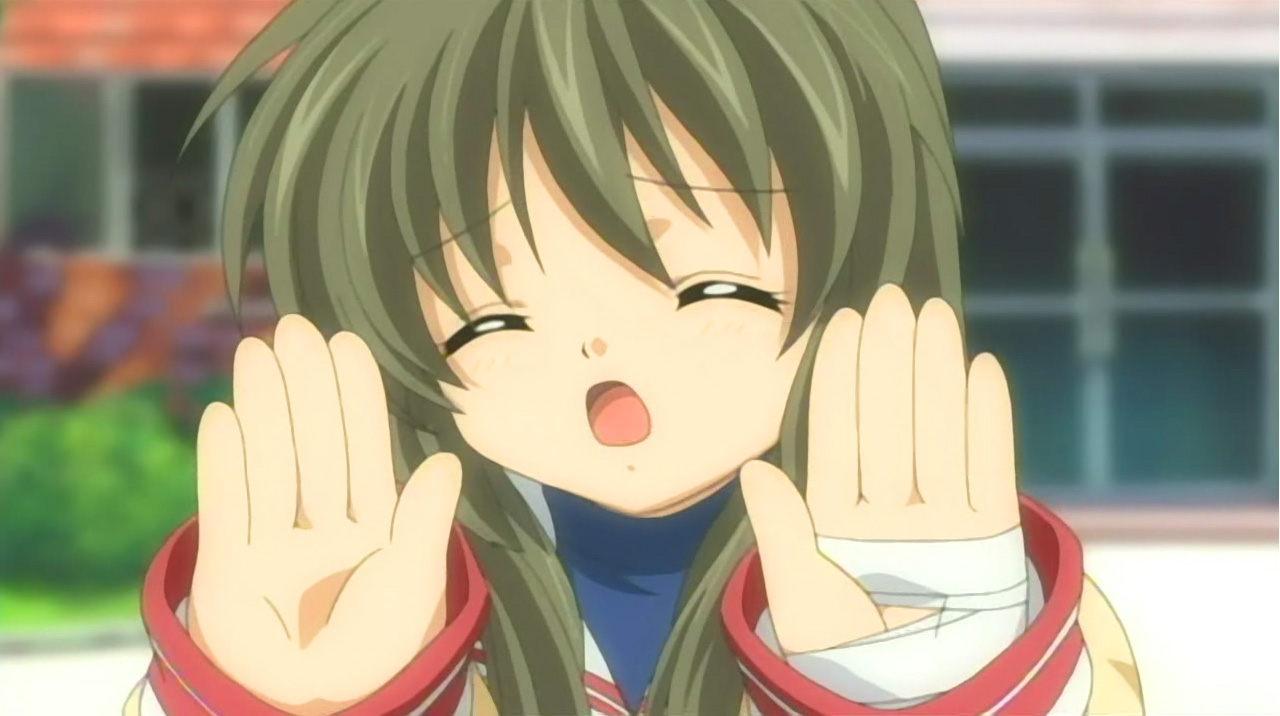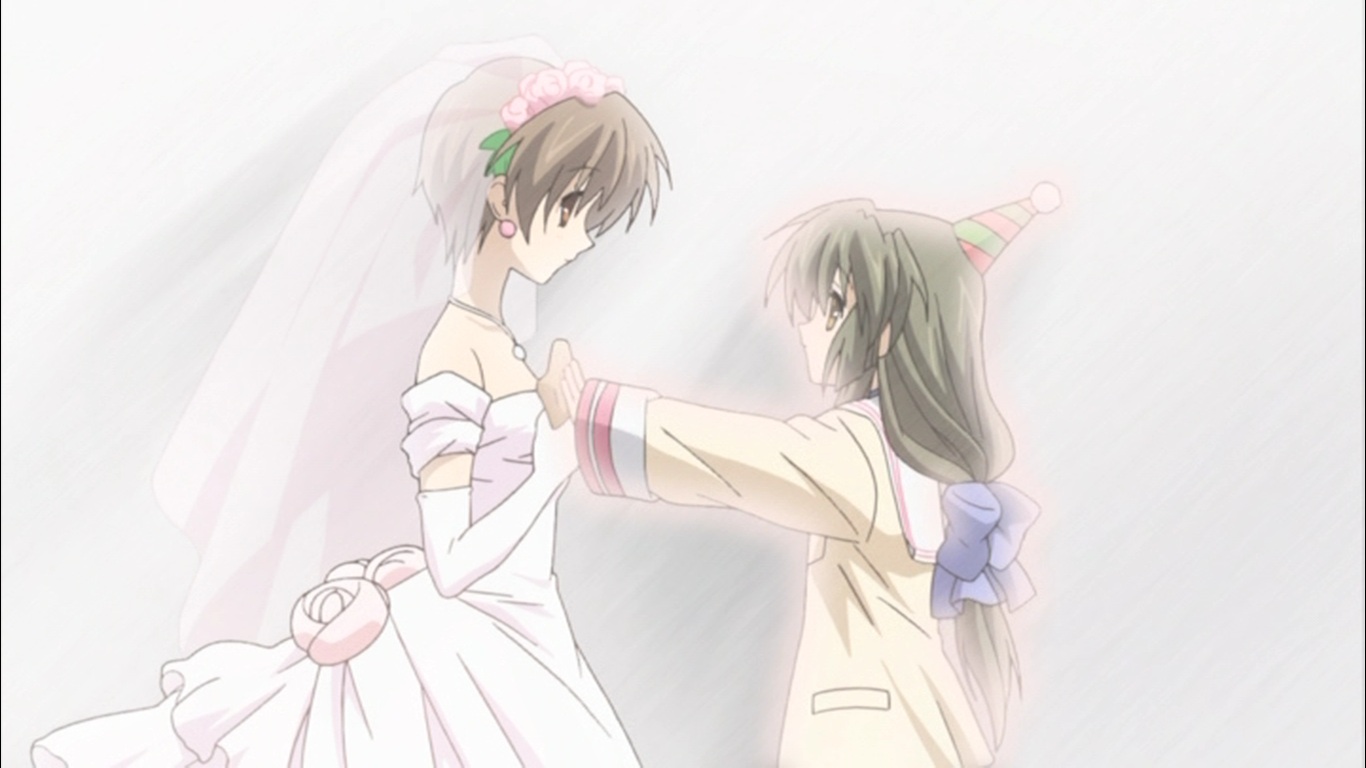Triumph is not a word many people will ever associate with 2016. Last year was a pretty rough year for everybody, but nobody wants read about how much 2016 thoroughly sucked. I’m going to focus on perhaps the only redeeming aspect of 2016, which was, of course, Flip Flappers. Given that a majority of humanity’s suffering in 2016 was self-inflicted, I’m still not sure that we deserved such a fantastic work of art as Flip Flappers, but I’m not going to complain. Of course, in typical 2016 fashion, this masterpiece went largely unnoticed even in the anime community and continues to be criminally underappreciated. It is worse than bad things happening to good people; it is as if nobody realized these good people even existed. Of course, being a ridiculously well versed connoisseur of music (something with zero real world applicability), I am quite used to works of art that change how I see myself or how I see the world or how I perceive the human experience going unacknowledged and unappreciated by any humans with whom I actually speak. Whenever I think about that, it upsets me that so many people are missing out on such great, beautiful moving music. Funeral by Arcade Fire triumphed by winning the attention span of music fans across the country in the mid 2000s. Arcade Fire was able to rise above the ocean of competing indie rock bands because Funeral, the band’s debut album released in 2004, is itself the essence of triumph. Funeral is triumph over relatable obstacles that we all face: depression, the struggle with identity and the many other mundane toils of the human experience, and it does so by dreaming. Funeral exhorts us to adopt the disposition of a child. Dreams can come true, even once we’ve grown up, and we need to remember that in order to hold onto hope for the future.
And this brings us back to 2016, the year in which it seemed hope had finally been extinguished for humanity. But we had Flip Flappers (and when I say “we,” I mean the infinitely small fraction of humanity that spent each week this fall excitedly anticipating what adventures Papika and Cocona would embark on next). Flip Flappers, like Funeral, is triumph incarnate. These two works of art deal with all the same themes and struggles and both deliver a resounding message of hope for the world. Funeral and Flip Flappers aren’t concerned with what’s going on with the rest of the world. They are focused on the generation of hope through perseverance as an individual through all their personal struggles. These two works hinge on triumph. Flip Flappers is the most flamboyantly triumphant anime in recent memory, and Funeral might very well be the most triumphant album of all time. In dealing with their shared themes and conflicts, Funeral and Flip Flappers frequently mirror each other’s uses of imagery and tone. The expansive orchestral nature of Funeral’s instrumentation is the perfect match for the vast visual vocabulary of Flip Flappers. Funeral and Flip Flappers are exuberant celebrations of Life, specifically youth, of the beauty and struggles of growing up, and of the fantastical journey of self-discovery.
In order to make its message hit hard, the world shown from Cocona’s perspective in the beginning of Flip Flappers is dark and claustrophobic. Nick Creamer wrote about this in his crunchyroll column early on in the Fall season, and it provides a perfect articulation of the implications of the barren and oppressing world in which Cocona finds herself wiling away the days of her adolescence. Whether the viewer realizes it or not, they have been given a glimpse into Cocona’s mind, and this characterization is much more efficient, subtle and compelling than any rambling Oregairu-style monologue. Cocona is depressed.
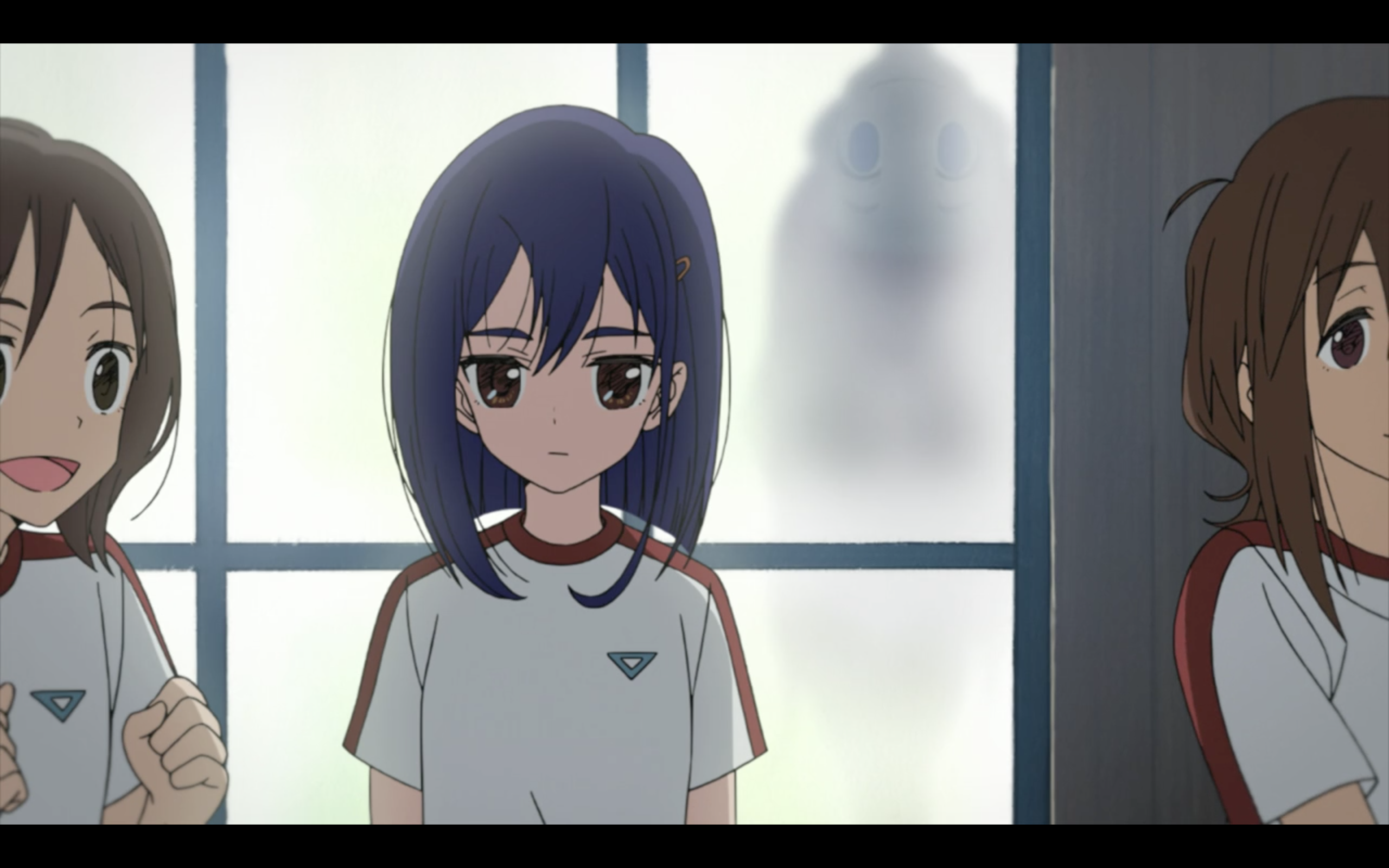 One of the most original aspects of Flip Flappers is the probable source of Cocona’s depression. Natasha from Isn’t it Electrifying argued in an article for crunchyroll that it would only be reasonable for Cocona, who is clearly grappling with her sexuality, to suffer from depression. It’s a consequence of the alienation that she experiences from realizing that she is different from the rest of society, which assumes that all people are heterosexual until they say otherwise, and the difficulty of being different, especially when your differences may cause others to resent you. They may even cause you to resent yourself. The struggle to escape depression is equal parts self-discovery and regaining control of the direction of one’s life. Flip Flappers is one of the best depiction of struggling with depression anime has ever given.
One of the most original aspects of Flip Flappers is the probable source of Cocona’s depression. Natasha from Isn’t it Electrifying argued in an article for crunchyroll that it would only be reasonable for Cocona, who is clearly grappling with her sexuality, to suffer from depression. It’s a consequence of the alienation that she experiences from realizing that she is different from the rest of society, which assumes that all people are heterosexual until they say otherwise, and the difficulty of being different, especially when your differences may cause others to resent you. They may even cause you to resent yourself. The struggle to escape depression is equal parts self-discovery and regaining control of the direction of one’s life. Flip Flappers is one of the best depiction of struggling with depression anime has ever given.
Dealing with depression is, for too many people, an essential part of growing up, and the greatest challenge is always grasping the reins and seizing control of your own life. This is a theme that serves as a foundation for the entirety of the album Funeral. Flip Flappers and Funeral are triumphant because they tell of overcoming immense difficulty and taking action and seizing control of your life. They also are fantastic artistic documents of the power of love and self-discovery. The coordination between the anime and the album is not a direct song-to-episode one correlation, so I’ll just organize this essay using Funeral’s track list.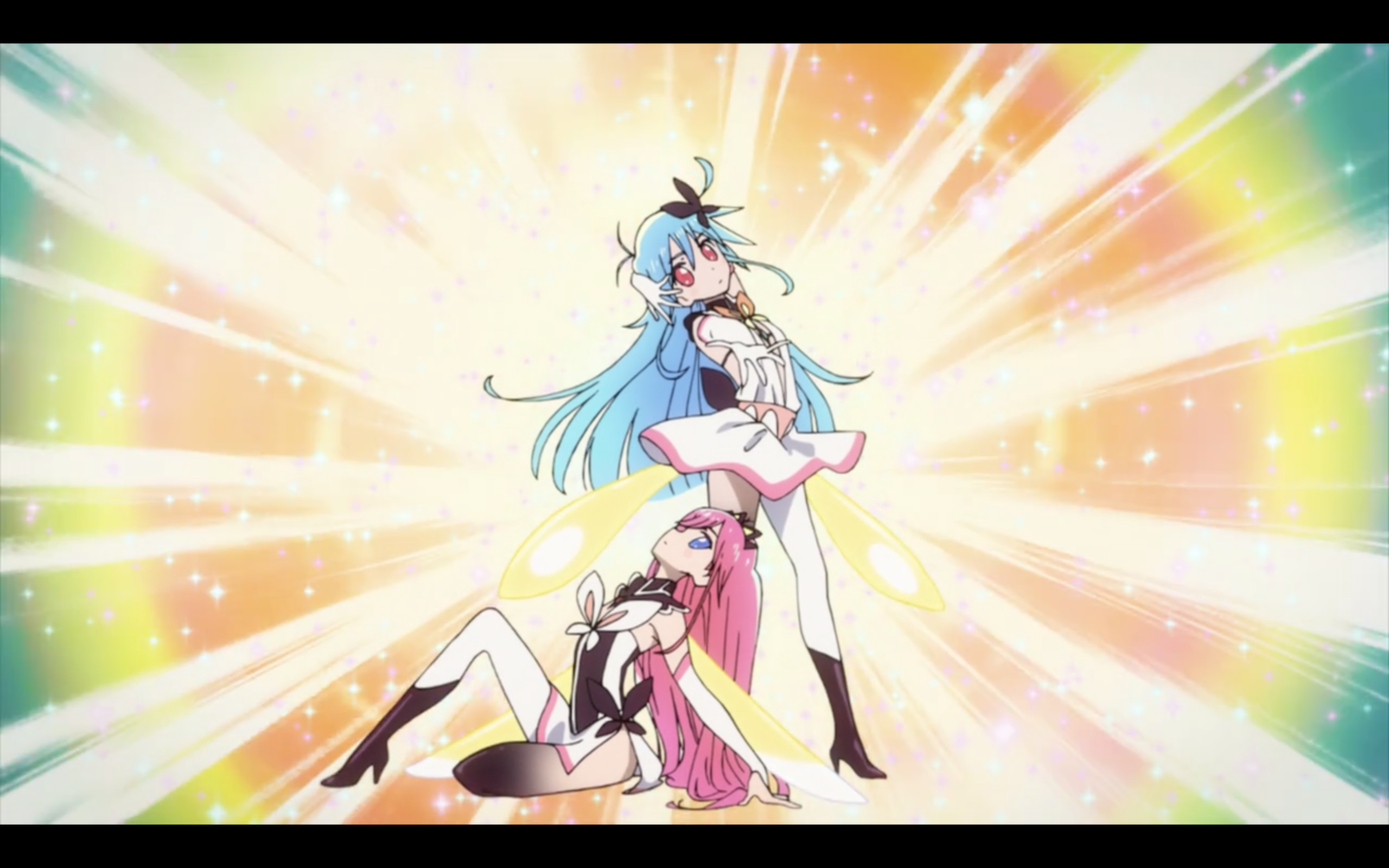 Despite what I just said, Neighborhood 1 (Tunnels) is almost a line by line parallel of Pure Input. The crunchyroll synopsis of this episode was “girl meets girl; girls go on an adventure.” That’s exactly what happens. Neighborhood 1 tells of two young neighbors who, at the height of a blizzard so strong that the snow has completely buried their homes, run away together. The meet by digging a tunnel to connect their windows, and then they run away, leaving behind their sobbing parents. Flip Flappers’ shifting settings of Pure Illusion provide mystical worlds that are spawned by characters’ thoughts and perceptions. The snow covered world Arcade Fire creates in Neighborhood 1 is very similar to the first Pure Illusion that Cocona and Papika visit together. Papika takes Cocona by the hand in Pure Input and brings her on an adventure to a winter wonderland within pure illusion. In both the show and the song, the snow can represent both the crushing weight of depression and all the other petty burdens that weigh us down as humans. In Pure Input, Papika and Cocona appropriate the snow for recreational use, throwing snowballs and building snowmen.
Despite what I just said, Neighborhood 1 (Tunnels) is almost a line by line parallel of Pure Input. The crunchyroll synopsis of this episode was “girl meets girl; girls go on an adventure.” That’s exactly what happens. Neighborhood 1 tells of two young neighbors who, at the height of a blizzard so strong that the snow has completely buried their homes, run away together. The meet by digging a tunnel to connect their windows, and then they run away, leaving behind their sobbing parents. Flip Flappers’ shifting settings of Pure Illusion provide mystical worlds that are spawned by characters’ thoughts and perceptions. The snow covered world Arcade Fire creates in Neighborhood 1 is very similar to the first Pure Illusion that Cocona and Papika visit together. Papika takes Cocona by the hand in Pure Input and brings her on an adventure to a winter wonderland within pure illusion. In both the show and the song, the snow can represent both the crushing weight of depression and all the other petty burdens that weigh us down as humans. In Pure Input, Papika and Cocona appropriate the snow for recreational use, throwing snowballs and building snowmen.
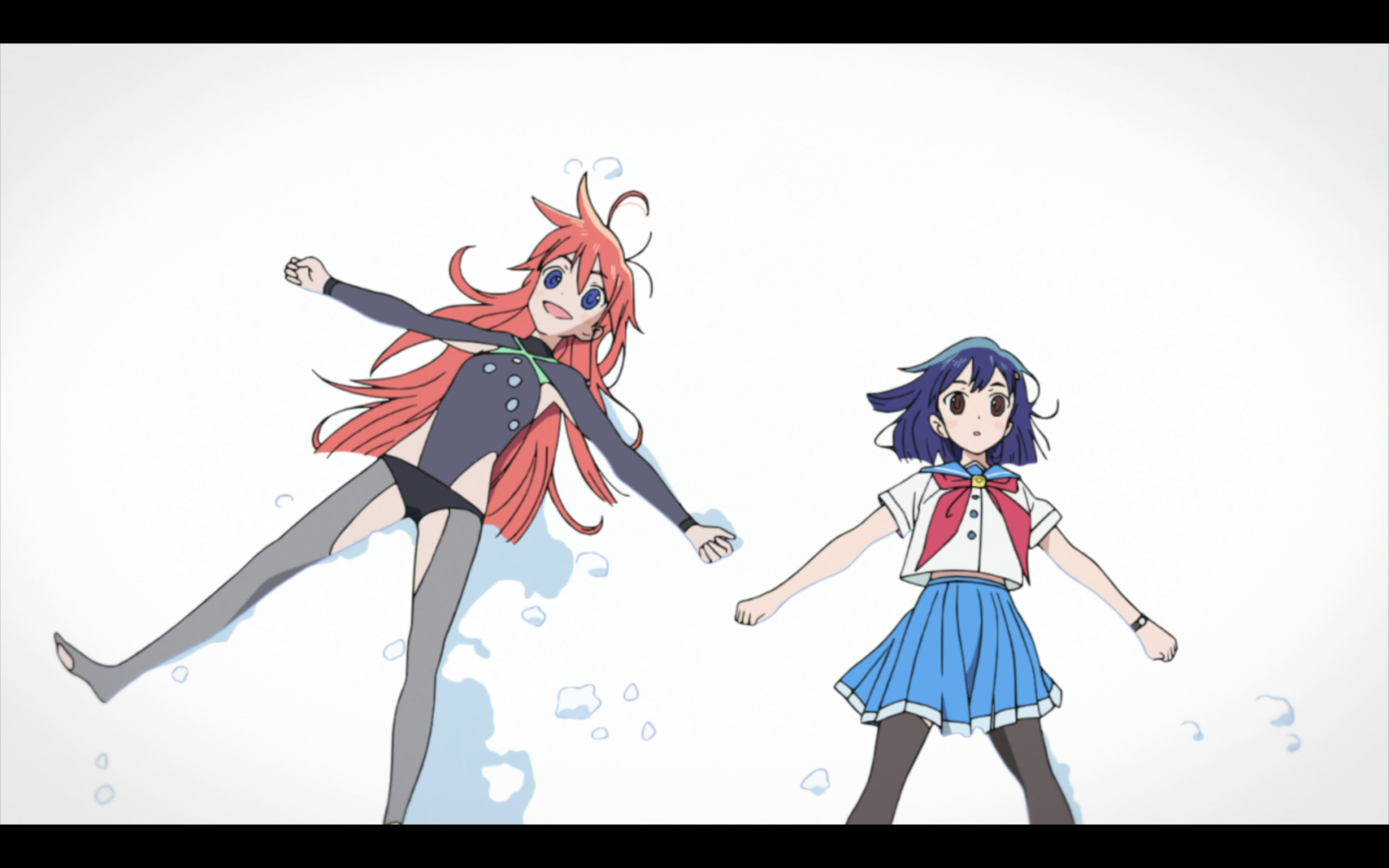 Snow also represents the impermanence of youth and the magic of love (2018 note: no clue where I pulled that from but okay). Change is inevitable, it’s merely a matter of how we change and whether or not we embrace it. In the chorus of Neighborhood 1, the speaker reflects on how his/her partner helped them to change for the better during their experiences together after they ran away from home, from their parents, and never looked back. As the series goes on, Papika changes all the lead in Cocona’s head with her Golden Hymn, “Dai-dai-dai suki!” By going on adventures with Papika, Cocona comes to recognize what has been missing from her life.
Snow also represents the impermanence of youth and the magic of love (2018 note: no clue where I pulled that from but okay). Change is inevitable, it’s merely a matter of how we change and whether or not we embrace it. In the chorus of Neighborhood 1, the speaker reflects on how his/her partner helped them to change for the better during their experiences together after they ran away from home, from their parents, and never looked back. As the series goes on, Papika changes all the lead in Cocona’s head with her Golden Hymn, “Dai-dai-dai suki!” By going on adventures with Papika, Cocona comes to recognize what has been missing from her life.
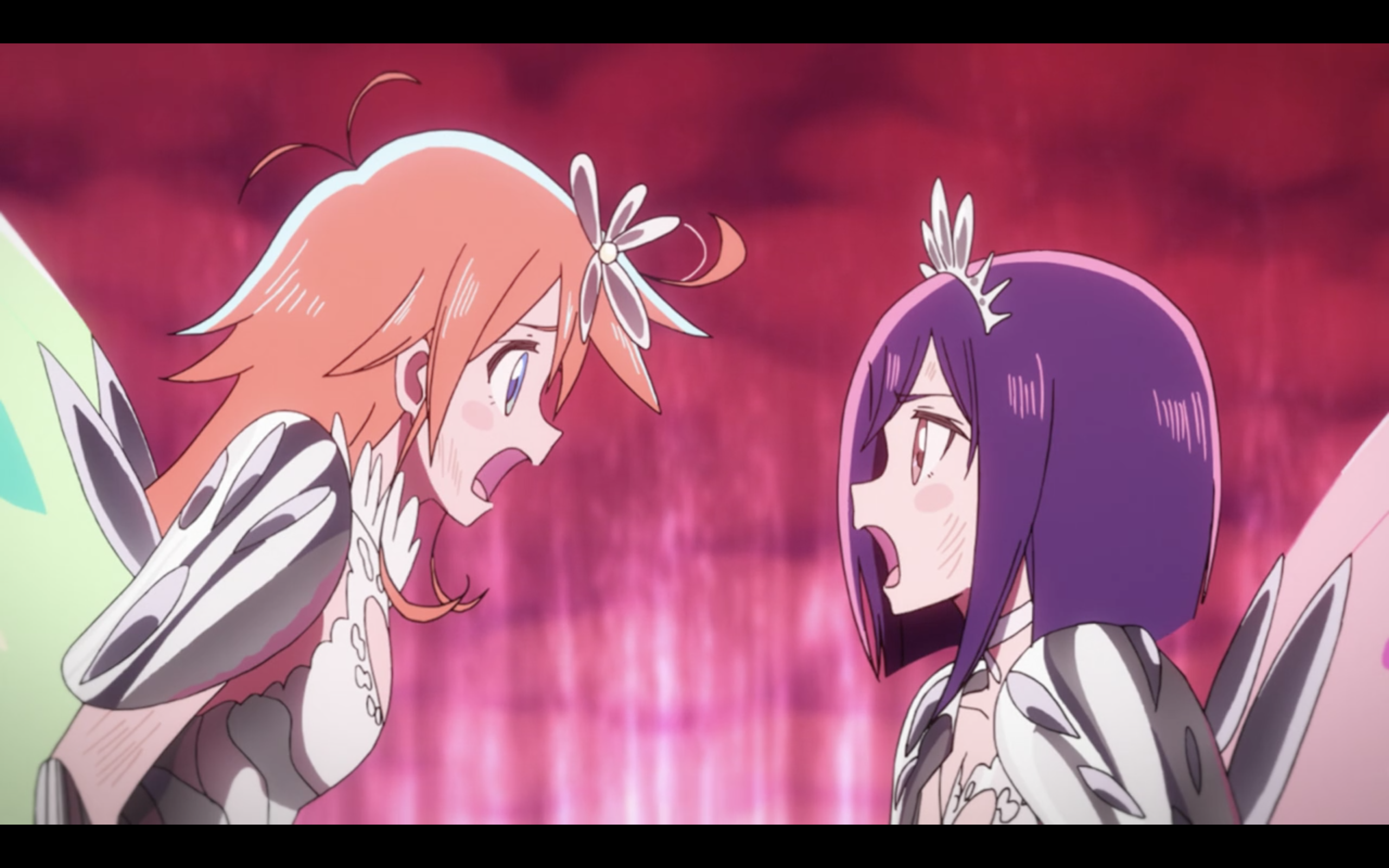 We see the first sign of evidence that Cocona may be changing for the better after her half-transformation, which was triggered by her desire to save Papika. Cocona makes a decision, a decision to step out of her comfort zone to do something. She rejects her anxiety and indecisiveness to take action, and when she does so, she transforms and gains the power to save Papika. This is Cocona’s first step toward seizing control of her life.
We see the first sign of evidence that Cocona may be changing for the better after her half-transformation, which was triggered by her desire to save Papika. Cocona makes a decision, a decision to step out of her comfort zone to do something. She rejects her anxiety and indecisiveness to take action, and when she does so, she transforms and gains the power to save Papika. This is Cocona’s first step toward seizing control of her life.
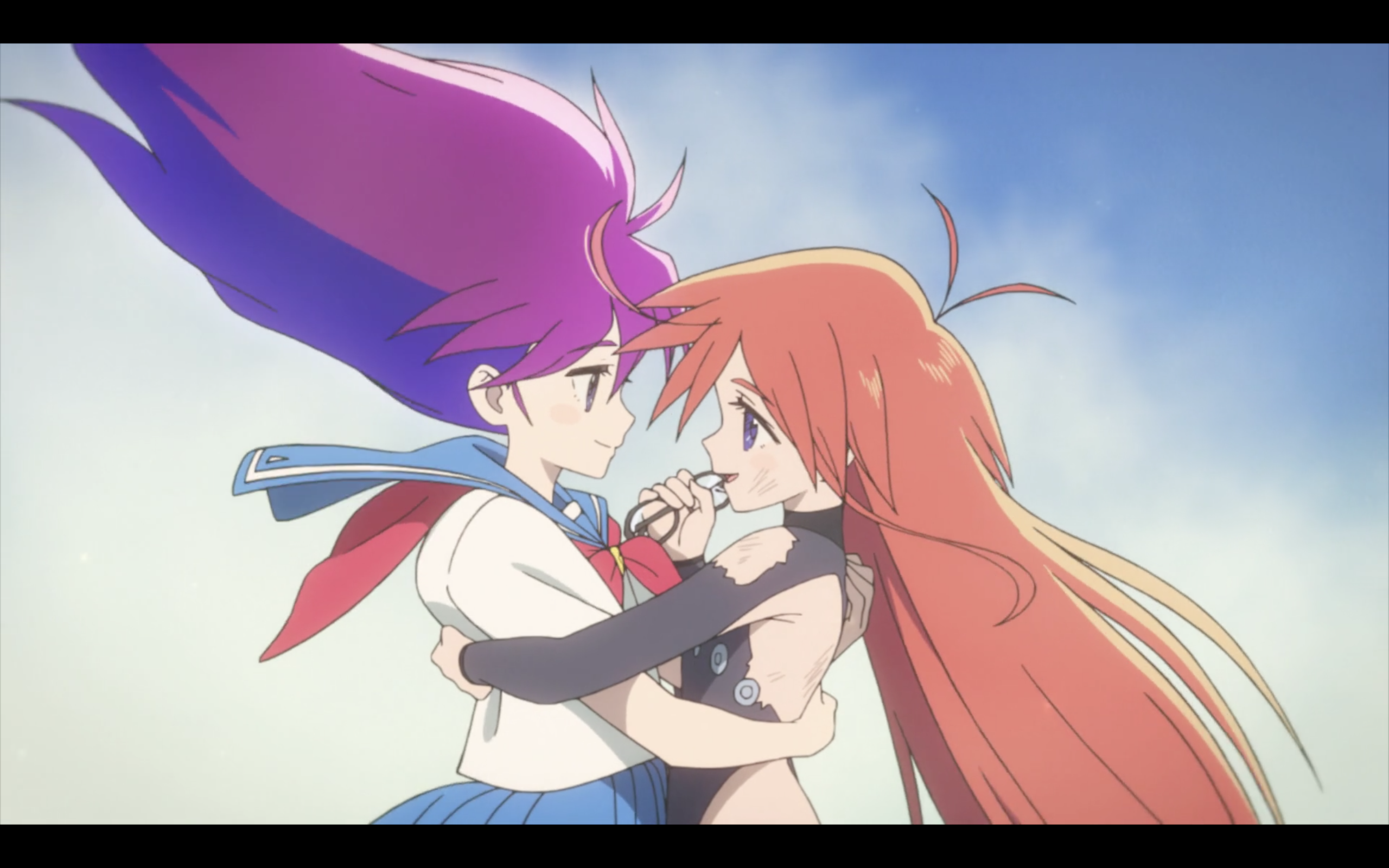 The theme of escaping to fall in love is also especially relevant to the fifth episode, in which Cocona, Papika, Yayaka and the twins have all been trapped in yuri hell, a version of their school that crosses the Class-S genre with horror. The Class-S genre revolves around very deep “friendships” between young women. The horror that Flip Flappers pulls from the genre is its expectation that these relationships inevitably end before adulthood. Bloom into You’s seventh episode also dealt with this notion, which Sayaka’s former girlfriend had left with her when she said she’d grown “too old” for their relationship. That notion is dispelled when Sayaka learns of the relationship between her teacher and the owner of a local coffee shop. Flip Flappers depicts an epic escape from the restrictions of the Class-S genre, one that I think is reflected by the escape Neighborhood 1’s young couple into the snow.
The theme of escaping to fall in love is also especially relevant to the fifth episode, in which Cocona, Papika, Yayaka and the twins have all been trapped in yuri hell, a version of their school that crosses the Class-S genre with horror. The Class-S genre revolves around very deep “friendships” between young women. The horror that Flip Flappers pulls from the genre is its expectation that these relationships inevitably end before adulthood. Bloom into You’s seventh episode also dealt with this notion, which Sayaka’s former girlfriend had left with her when she said she’d grown “too old” for their relationship. That notion is dispelled when Sayaka learns of the relationship between her teacher and the owner of a local coffee shop. Flip Flappers depicts an epic escape from the restrictions of the Class-S genre, one that I think is reflected by the escape Neighborhood 1’s young couple into the snow.
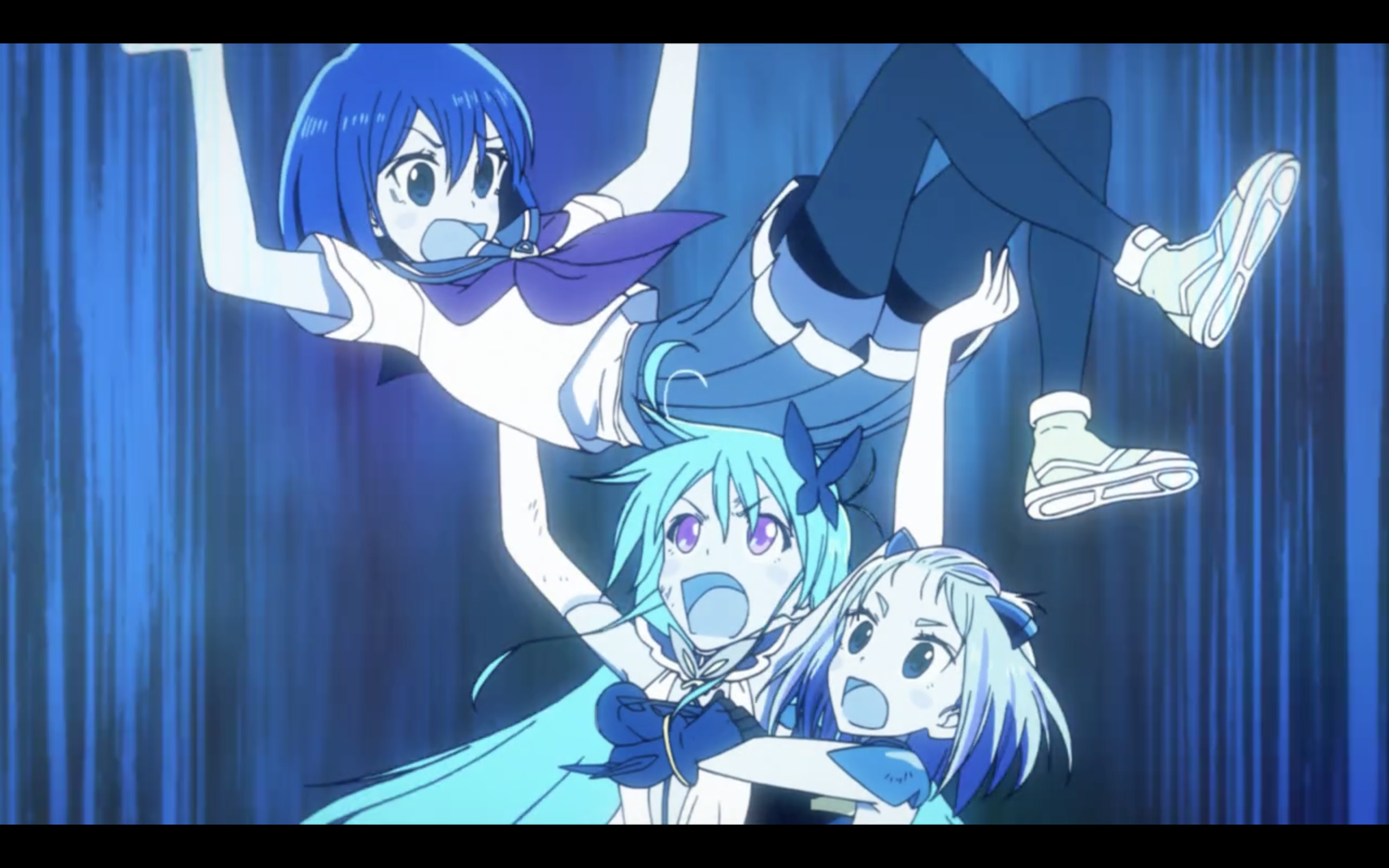 Neighborhood 2 opens with driving drums. The drums carry on the momentum and the potential for growth, change and love that lies before Cocona now she has proven to herself that she is capable of taking action. Cocona must continue to push and play an active role in her own life, but she’s afraid, and understandably so, since Papika had nearly died in their first journey to pure illusion. In Neighborhood 2, the chorus reads like a cheerleading squad, singing, “come on Alex, you can do it, come on Alex, there’s nothing to it!” Cocona wants connection with Papika because she isn’t totally rejecting her. However, Cocona’s anxiety hinders her ability to express herself, as the chorus demands, “if you want something, don’t ask for nothing.” Within Cocona’s heart, her desire for connection with Papika doesn’t override her fear of losing Papika. However, as they plunge into pure illusion once again, the decision is no longer for Cocona to make. This song’s exhortations are relevant throughout the entirety of Cocona’s coming of age story.
Neighborhood 2 opens with driving drums. The drums carry on the momentum and the potential for growth, change and love that lies before Cocona now she has proven to herself that she is capable of taking action. Cocona must continue to push and play an active role in her own life, but she’s afraid, and understandably so, since Papika had nearly died in their first journey to pure illusion. In Neighborhood 2, the chorus reads like a cheerleading squad, singing, “come on Alex, you can do it, come on Alex, there’s nothing to it!” Cocona wants connection with Papika because she isn’t totally rejecting her. However, Cocona’s anxiety hinders her ability to express herself, as the chorus demands, “if you want something, don’t ask for nothing.” Within Cocona’s heart, her desire for connection with Papika doesn’t override her fear of losing Papika. However, as they plunge into pure illusion once again, the decision is no longer for Cocona to make. This song’s exhortations are relevant throughout the entirety of Cocona’s coming of age story.
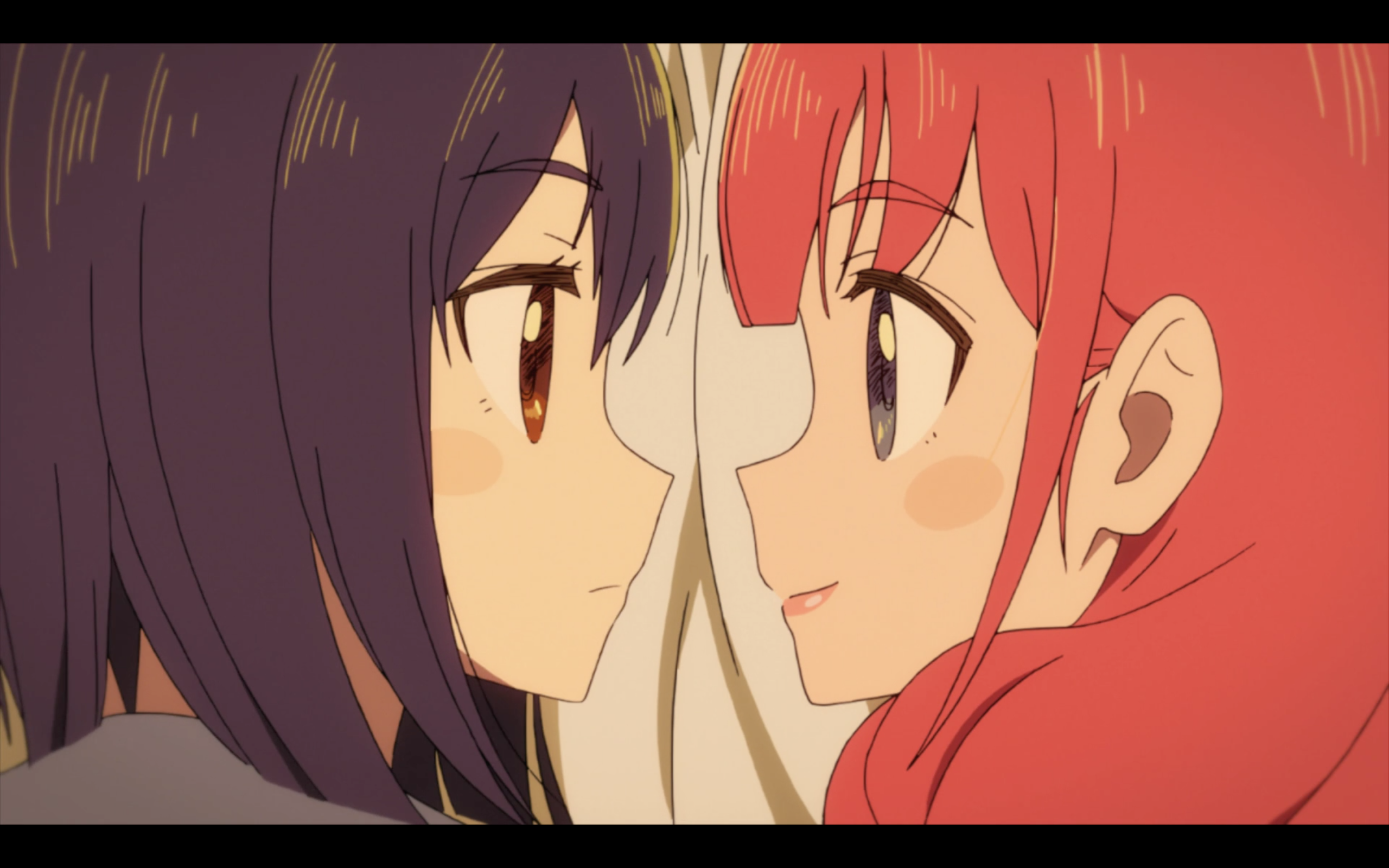 “Une Anne Sans Lumieree” is the intermission in the four Neighborhood songs that make up the first half of the album, and the mood becomes much less urgent. This reflective song, with its nostalgic guitar motif reminiscent of the Beatles’ “In My Life” and Radiohead’s “No Surprises,” allows us to open our ears and listen to sound of blossoming love. Cocona is inherently self-conscious and must be noticing bits of evidence that she may be falling in love with Papika, especially in school from the Yuri Hell, which is loaded with Yuri imagery. What makes this experience so blissful for Cocona is the fact that Papika both prompts and embraces Cocona’s feelings. Beforehand, nobody seemed to be able to relate to Cocona’s experience of being different, but Papika lives and breathes being different and, as shown in episode two, is embraced for it. The song repeats that “if you see a shadow, there’s something there.” Cocona is bright enough to realize what’s going on. Just as the show relies heavily on visuals to accomplish most of the storytelling, the music of “Une Anne Sans Lumieree” itself perfectly captures the feeling of falling in love. The coda of the song, especially, perfectly captures the acceleration of romance. The tempo picks up at the end of the song and it becomes much heavier. Once you realize that you are falling in love, you can’t step on the breaks.
“Une Anne Sans Lumieree” is the intermission in the four Neighborhood songs that make up the first half of the album, and the mood becomes much less urgent. This reflective song, with its nostalgic guitar motif reminiscent of the Beatles’ “In My Life” and Radiohead’s “No Surprises,” allows us to open our ears and listen to sound of blossoming love. Cocona is inherently self-conscious and must be noticing bits of evidence that she may be falling in love with Papika, especially in school from the Yuri Hell, which is loaded with Yuri imagery. What makes this experience so blissful for Cocona is the fact that Papika both prompts and embraces Cocona’s feelings. Beforehand, nobody seemed to be able to relate to Cocona’s experience of being different, but Papika lives and breathes being different and, as shown in episode two, is embraced for it. The song repeats that “if you see a shadow, there’s something there.” Cocona is bright enough to realize what’s going on. Just as the show relies heavily on visuals to accomplish most of the storytelling, the music of “Une Anne Sans Lumieree” itself perfectly captures the feeling of falling in love. The coda of the song, especially, perfectly captures the acceleration of romance. The tempo picks up at the end of the song and it becomes much heavier. Once you realize that you are falling in love, you can’t step on the breaks.
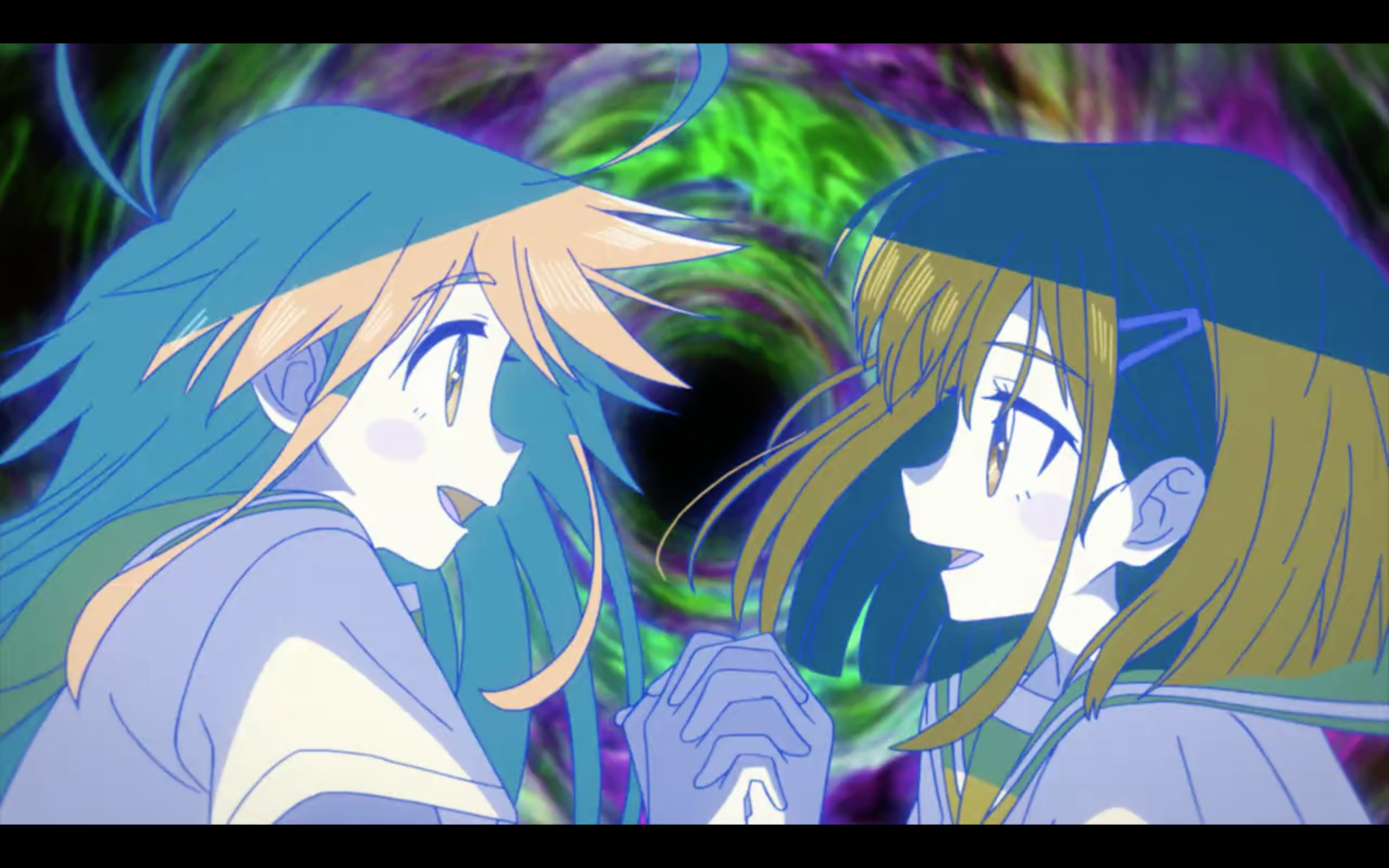 Neighborhood 3 (Power Out) is the first of three fist-pumping anthems on this album and is the thematic centerpiece of the album. It perfectly boils down what Cocona must do in her coming of age story in order to liberate herself from loneliness and depression. It is a call to arms to fight for what you want and for what you love. It also grounds itself in a very real stage of development for children in the suburbs of the first world. Arcade Fire’s third neighborhood is one populated by adolescents who no longer feel any responsibility to obey their parents, or whose parents have grown apathetic. Essentially, the third neighborhood is one without any parents, so basically any anime neighborhood ever. All jokes aside, the absence of parents makes this setting the stage in life in which you are forced to become independent. The energy and urgency of the song are perfectly suited to the challenges of self-discovery and agency, challenges that Cocona knows very well. The song is predicated on a problematic turn of events, but the decision of those in the song to go out into the town are framed as having ends other than ameliorating the situation. They go out to find a light, to chase dreams. At the beginning of the series, Cocona is faced with the dreaded career survey, a staple anime representation of uncertainty about the future, the most universal kind of anxiety. Part of Cocona’s problem is that she doesn’t have a light to go out and find.
Neighborhood 3 (Power Out) is the first of three fist-pumping anthems on this album and is the thematic centerpiece of the album. It perfectly boils down what Cocona must do in her coming of age story in order to liberate herself from loneliness and depression. It is a call to arms to fight for what you want and for what you love. It also grounds itself in a very real stage of development for children in the suburbs of the first world. Arcade Fire’s third neighborhood is one populated by adolescents who no longer feel any responsibility to obey their parents, or whose parents have grown apathetic. Essentially, the third neighborhood is one without any parents, so basically any anime neighborhood ever. All jokes aside, the absence of parents makes this setting the stage in life in which you are forced to become independent. The energy and urgency of the song are perfectly suited to the challenges of self-discovery and agency, challenges that Cocona knows very well. The song is predicated on a problematic turn of events, but the decision of those in the song to go out into the town are framed as having ends other than ameliorating the situation. They go out to find a light, to chase dreams. At the beginning of the series, Cocona is faced with the dreaded career survey, a staple anime representation of uncertainty about the future, the most universal kind of anxiety. Part of Cocona’s problem is that she doesn’t have a light to go out and find.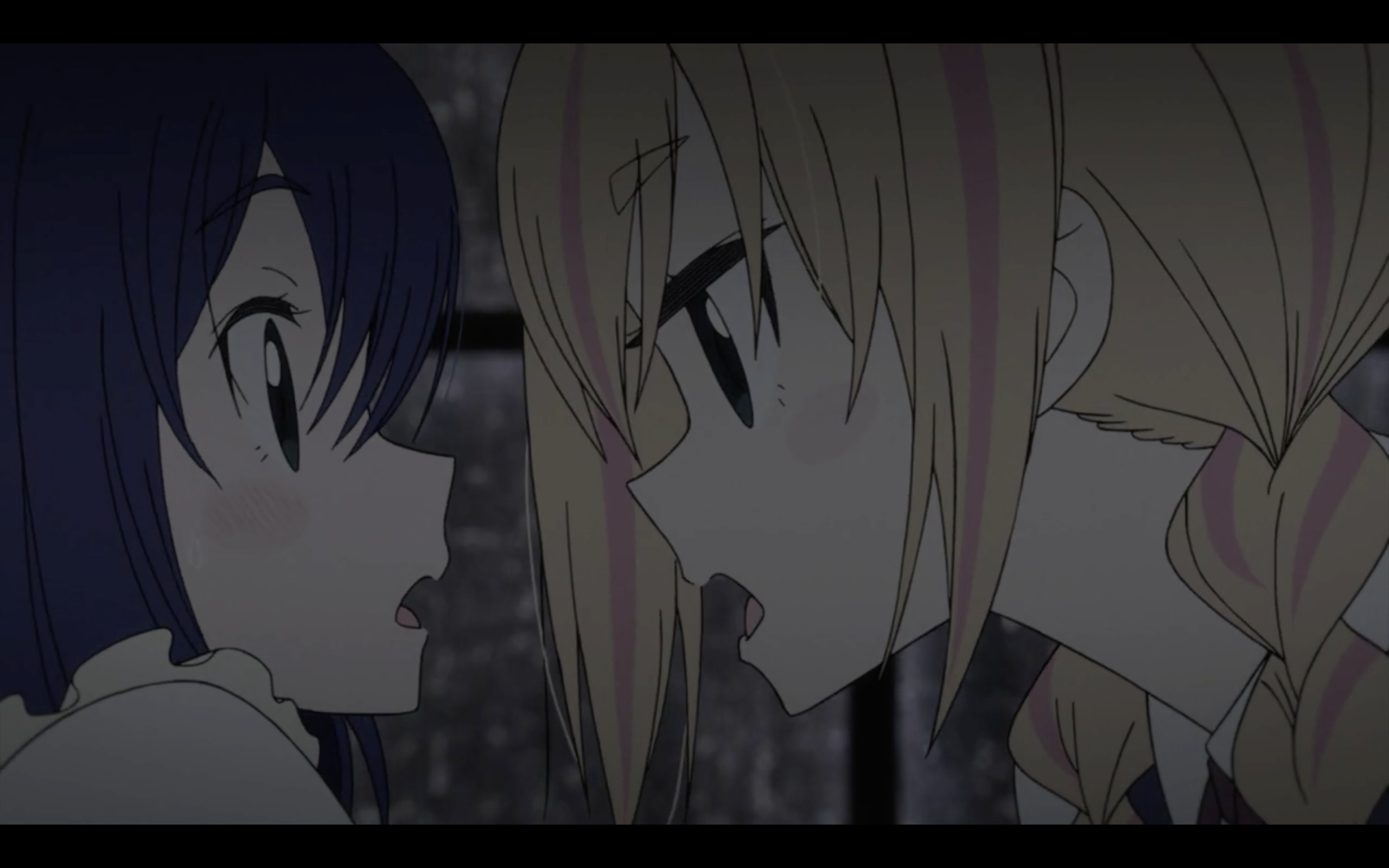 The kids in the song also go out to pick a fight, meaning they feel strongly enough about something to take a risk and go fight. Cocona first acts confrontational when Yayaka reveals to her and Papika that the end game for collecting the amorphous is world domination. These things that are important to us are fundamentally linked to who we are. Cocona expresses distress and reluctance to return to Pure Illusion after she realizes how their Inception inspired meddling changed Iroha-senpai. At the end, Cocona turns against her mother to fight for her independence and agency, which she built over the course of the show, and her relationship with Papika. She knows she loves Papika. Loving Papika is central to who Cocona is, who she has become. At the end of the series, it would be true to say that Cocona is Cocona because Papika is Papika. The power was out in Cocona’s heart before she met Papika, but as a result of their adventures, Cocona learned to take it from her heart and put it in her hand.
The kids in the song also go out to pick a fight, meaning they feel strongly enough about something to take a risk and go fight. Cocona first acts confrontational when Yayaka reveals to her and Papika that the end game for collecting the amorphous is world domination. These things that are important to us are fundamentally linked to who we are. Cocona expresses distress and reluctance to return to Pure Illusion after she realizes how their Inception inspired meddling changed Iroha-senpai. At the end, Cocona turns against her mother to fight for her independence and agency, which she built over the course of the show, and her relationship with Papika. She knows she loves Papika. Loving Papika is central to who Cocona is, who she has become. At the end of the series, it would be true to say that Cocona is Cocona because Papika is Papika. The power was out in Cocona’s heart before she met Papika, but as a result of their adventures, Cocona learned to take it from her heart and put it in her hand.
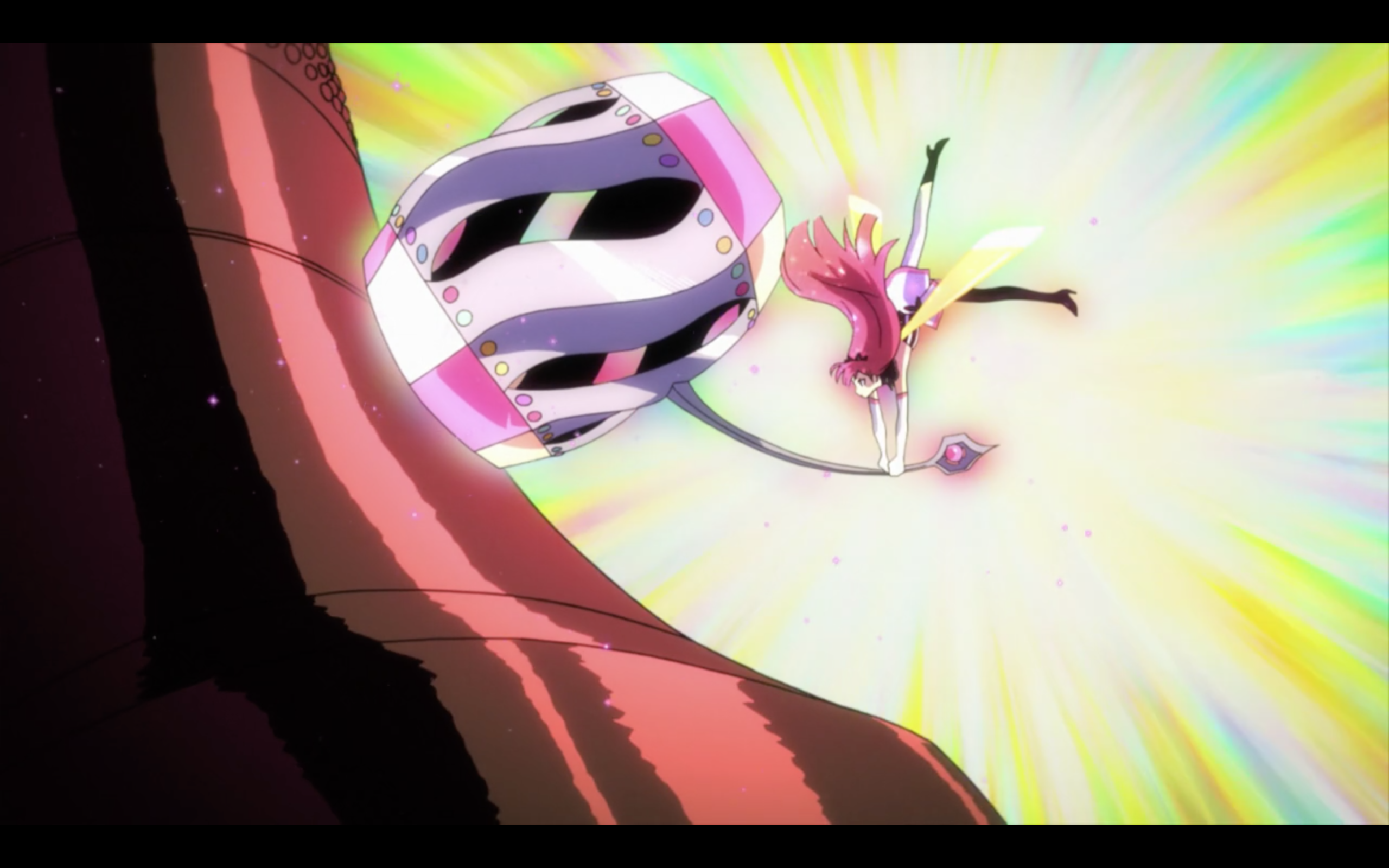 Neighborhood #3 is also very reflective of Yayaka”s personality. Yayaka is impulsive, and if you were to ask yourself which characters from Flip Flappers would ever pick a fight, the first name that would come to mind would be Yayaka. Of course, Yayaka despises this aspect of her personality and wishes somebody else could make all her decisions for her. Cocona, on the other hand, is struggling to learn to make decisions for herself, and must reject Mimi, her mother, when she says that Cocona can’t be trusted to make decisions for herself. One line in particular in this song captures Cocona’s mindset at the beginning of the story. Arcade Fire uses a storm as metaphor for growing up, singing “growing up in some strange storm, nobody’s cold, nobody’s warm.” Cocona rediscovers warmth when she meets Papika and Yayaka must ignore her orders and protect Cocona, who is a source of warmth for her. Musically, the melodic cacophony of Neighborhood 3 is a great reflection of the messiness of youth.
Neighborhood #3 is also very reflective of Yayaka”s personality. Yayaka is impulsive, and if you were to ask yourself which characters from Flip Flappers would ever pick a fight, the first name that would come to mind would be Yayaka. Of course, Yayaka despises this aspect of her personality and wishes somebody else could make all her decisions for her. Cocona, on the other hand, is struggling to learn to make decisions for herself, and must reject Mimi, her mother, when she says that Cocona can’t be trusted to make decisions for herself. One line in particular in this song captures Cocona’s mindset at the beginning of the story. Arcade Fire uses a storm as metaphor for growing up, singing “growing up in some strange storm, nobody’s cold, nobody’s warm.” Cocona rediscovers warmth when she meets Papika and Yayaka must ignore her orders and protect Cocona, who is a source of warmth for her. Musically, the melodic cacophony of Neighborhood 3 is a great reflection of the messiness of youth.
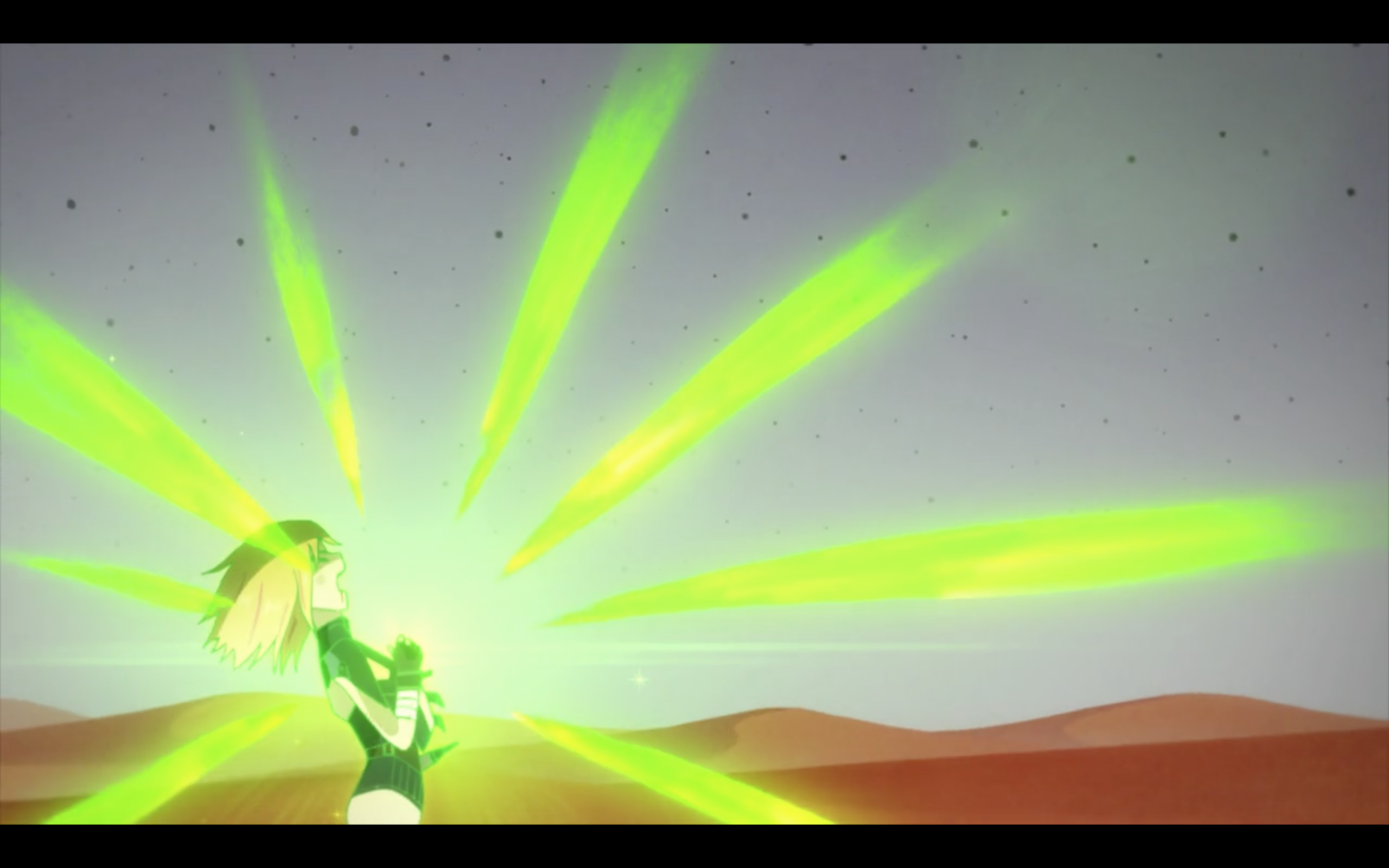 Neighborhood 4 expresses frustration at how slowly things change, if they change at all. Cocona’s passiveness, her inability to make things happen on her own is captured in the song’s chorus, which says “a watched pot never boils, well I closed my eyes and nothing changed.” Flip Flappers contradicts this song by introducing Papika to Cocona, a wildcard who forces Cocona to start to change.
Neighborhood 4 expresses frustration at how slowly things change, if they change at all. Cocona’s passiveness, her inability to make things happen on her own is captured in the song’s chorus, which says “a watched pot never boils, well I closed my eyes and nothing changed.” Flip Flappers contradicts this song by introducing Papika to Cocona, a wildcard who forces Cocona to start to change.
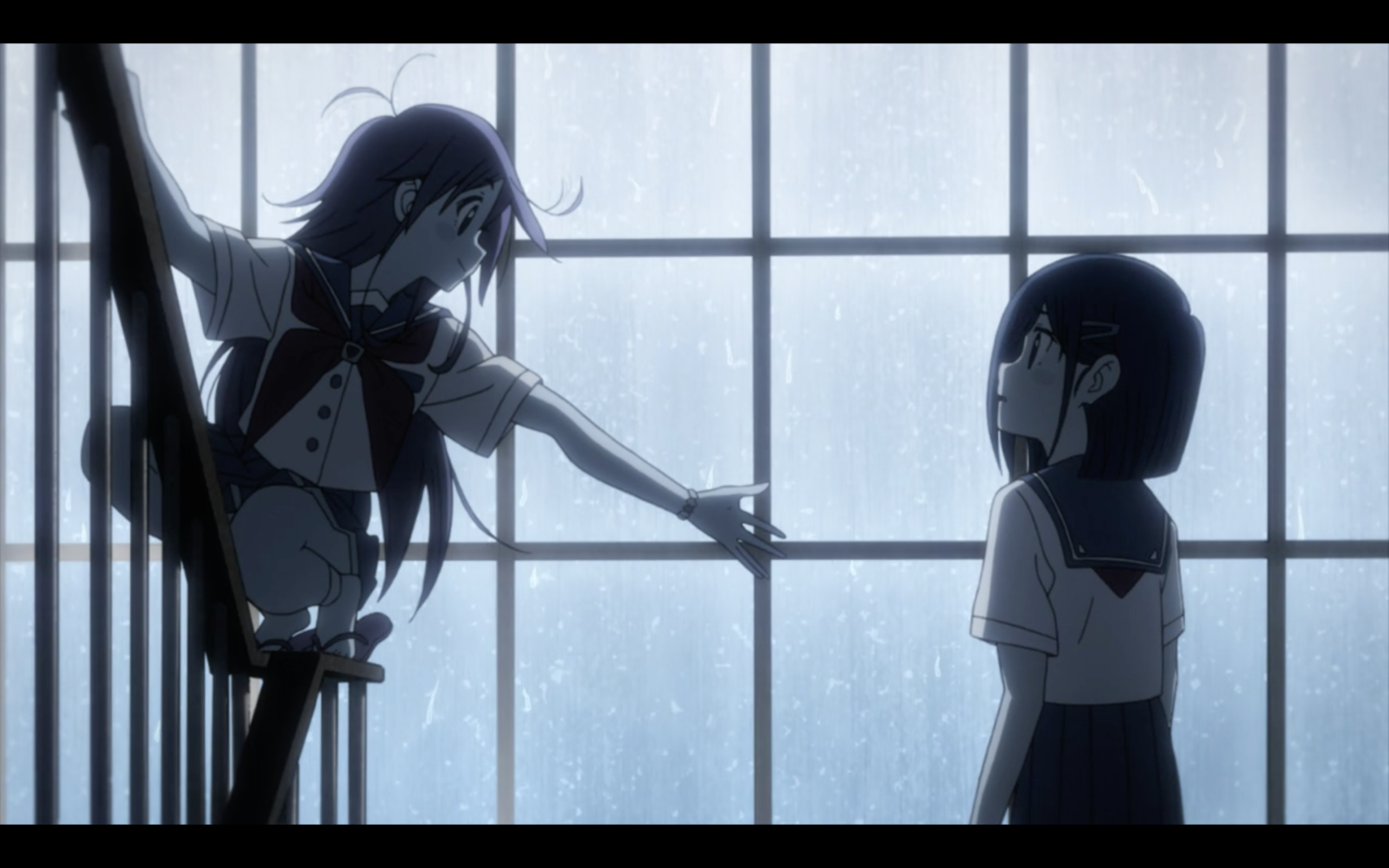 Ultimately, Papika and Cocona aren’t too concerned with preventing the bumbling Asclepius’s plan for a New World Order. They are concerned with each other and themselves. The song notes that all the neighbors are burning. Everybody else falls in love, and Cocona is having a difficult time navigating her first experience with romance. The Crown of Love, which comes next, reverts the focus to a key scene earlier in the series, the Mad Max pure illusion and the mask. Tension boils between Cocona and Papika in the first three episodes, exploding in a fight and a reconciliation. The Crown of Love is a plea for forgiveness, and is an important reminder that real love, a real healthy relationship needs both partners to be comfortable enough with each other to fight. Cocona is forced to that point by the mask, but it is not the last time they will fight.
Ultimately, Papika and Cocona aren’t too concerned with preventing the bumbling Asclepius’s plan for a New World Order. They are concerned with each other and themselves. The song notes that all the neighbors are burning. Everybody else falls in love, and Cocona is having a difficult time navigating her first experience with romance. The Crown of Love, which comes next, reverts the focus to a key scene earlier in the series, the Mad Max pure illusion and the mask. Tension boils between Cocona and Papika in the first three episodes, exploding in a fight and a reconciliation. The Crown of Love is a plea for forgiveness, and is an important reminder that real love, a real healthy relationship needs both partners to be comfortable enough with each other to fight. Cocona is forced to that point by the mask, but it is not the last time they will fight.
Wake Up is the thematic successor of Neighborhood 3 (Power Out). Wake Up is about braving your way through life. For Cocona especially, this is a much more difficult struggle. The song exhorts children to wake up and seize the opportunities to make mistakes now. Cocona’s fear of making mistakes prevents her from taking an active role in her own life. Not only does Cocona need to “hold her mistakes up,” she needs to realize that mistakes are a fundamental part of growing up. Cocona has to wake up and start playing an active role in her life. In doing so, she has to accept who she is, regardless of how much her identity deviates from society’s norms, and then actively embrace Papika and her feelings for her. At the beginning of the story, Cocona is faced with the career survey, but she can’t see where she’s going. By the end of the story, Cocona has accepted who she is and has the confidence in herself to believe that wherever it is she’s going, she’ll be comfortable with herself.
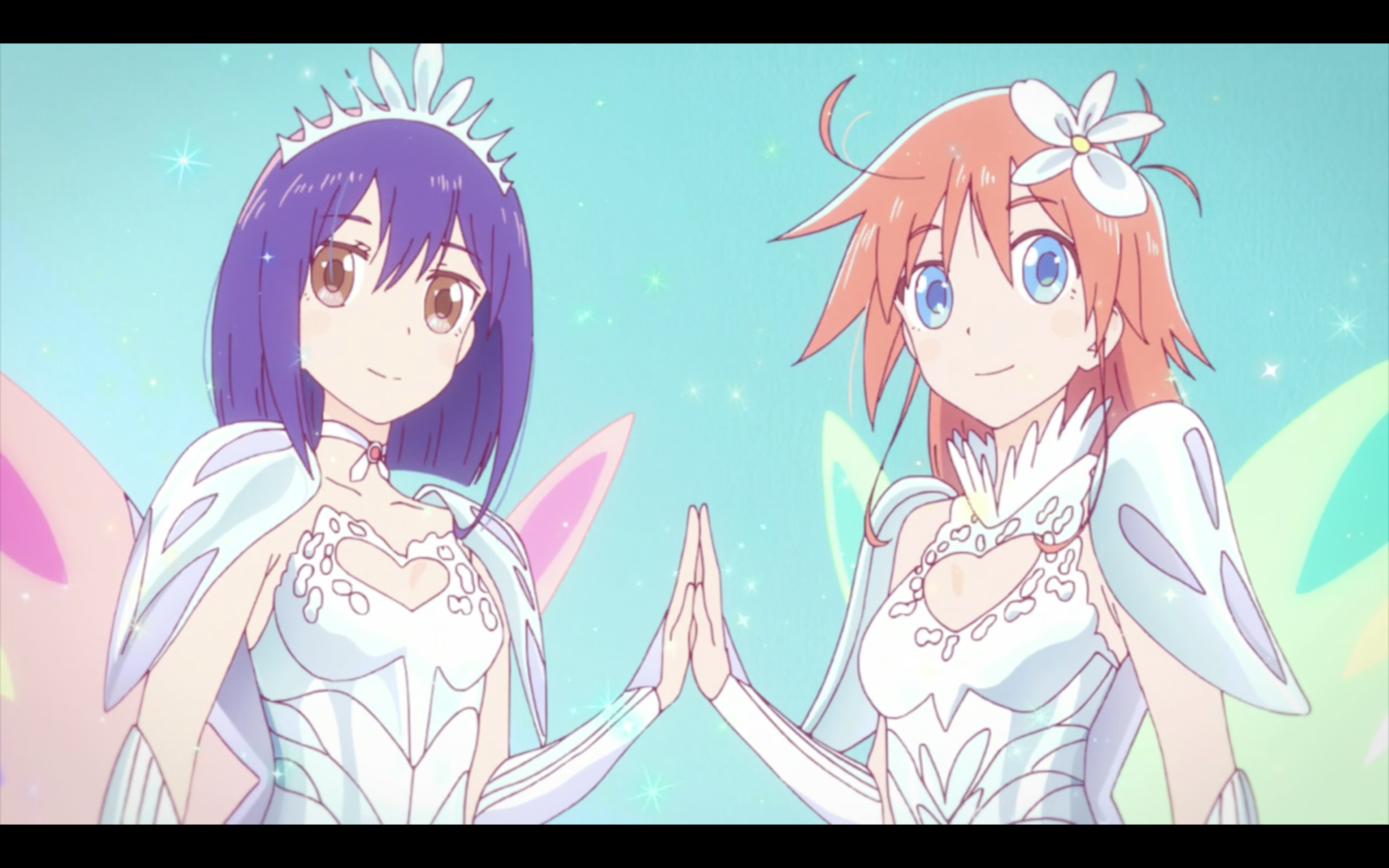 Wake Up also repeats Neighborhood 3’s emphasis on agency with the lines, “with my lightning bolts a glowing, I can see where I am going.” Once Cocona learns to become independent and take control of her life, she’ll have less anxiety about the future. Yeah, Haiti’s lyrics are way too specific and violent for any reflection on Flip Flappers. Musically though, its lush and playful, which is an excellent description of Flip Flappers.
Wake Up also repeats Neighborhood 3’s emphasis on agency with the lines, “with my lightning bolts a glowing, I can see where I am going.” Once Cocona learns to become independent and take control of her life, she’ll have less anxiety about the future. Yeah, Haiti’s lyrics are way too specific and violent for any reflection on Flip Flappers. Musically though, its lush and playful, which is an excellent description of Flip Flappers.
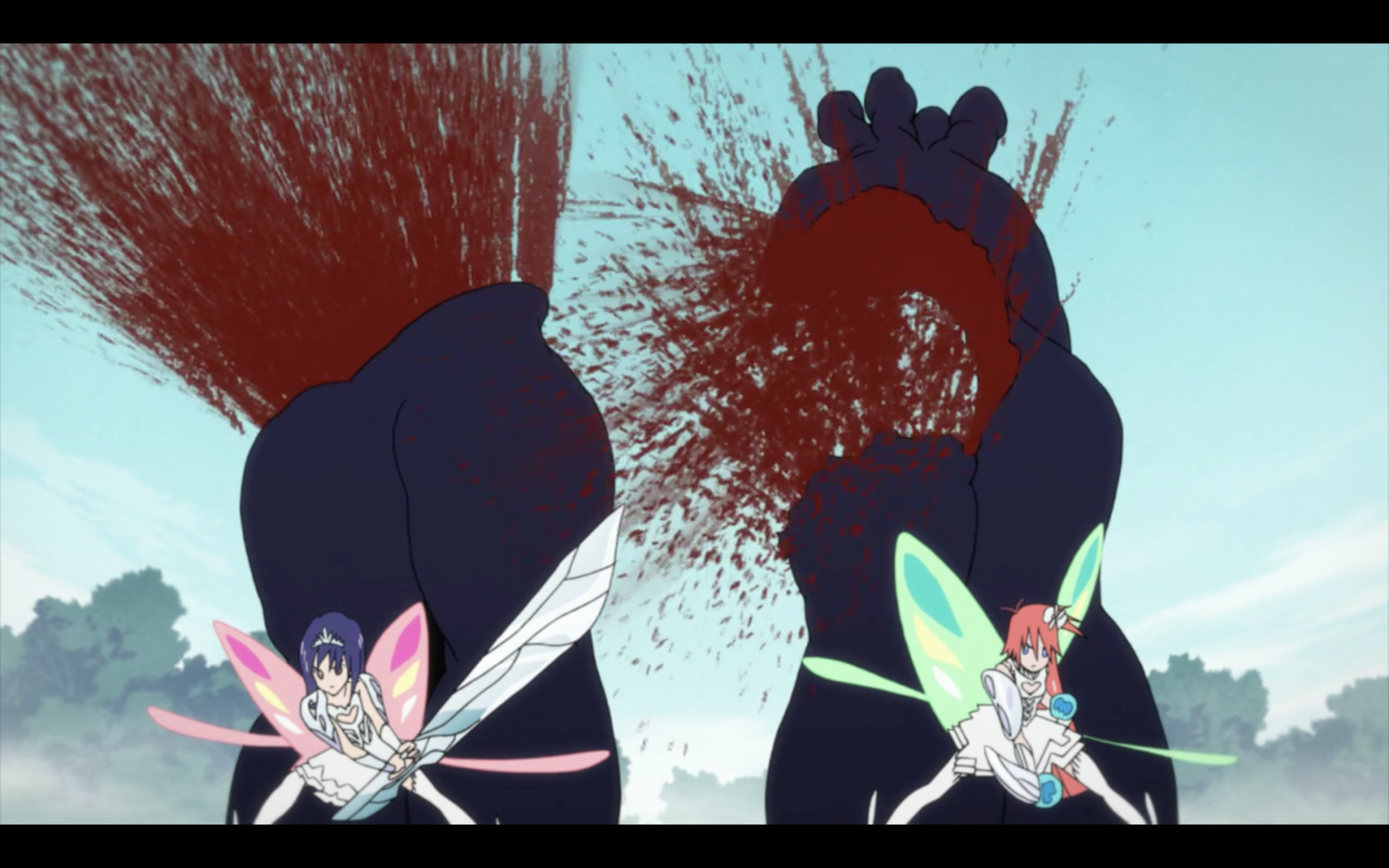 Rebellion (lies) is the final of the three anthems that dominate Funeral and it returns to the theme of embracing the naiveté and idealism of childhood. These are assets in the journey to knowing yourself and understanding life. The defiant message of this song is that happiness is possible, contrary to what the world tells us, and that’s not a lie. Honestly, anything else I have to say about this song in relation to Flip Flappers would simply be retreading points I have already made. For example, the line “sleeping is giving in” is another exhortation to take control of your life and not running away from your problems. To be honest, the reason I originally scrapped this was that I figured it was all so obvious that it doesn’t warrant me going in depth.
Rebellion (lies) is the final of the three anthems that dominate Funeral and it returns to the theme of embracing the naiveté and idealism of childhood. These are assets in the journey to knowing yourself and understanding life. The defiant message of this song is that happiness is possible, contrary to what the world tells us, and that’s not a lie. Honestly, anything else I have to say about this song in relation to Flip Flappers would simply be retreading points I have already made. For example, the line “sleeping is giving in” is another exhortation to take control of your life and not running away from your problems. To be honest, the reason I originally scrapped this was that I figured it was all so obvious that it doesn’t warrant me going in depth.
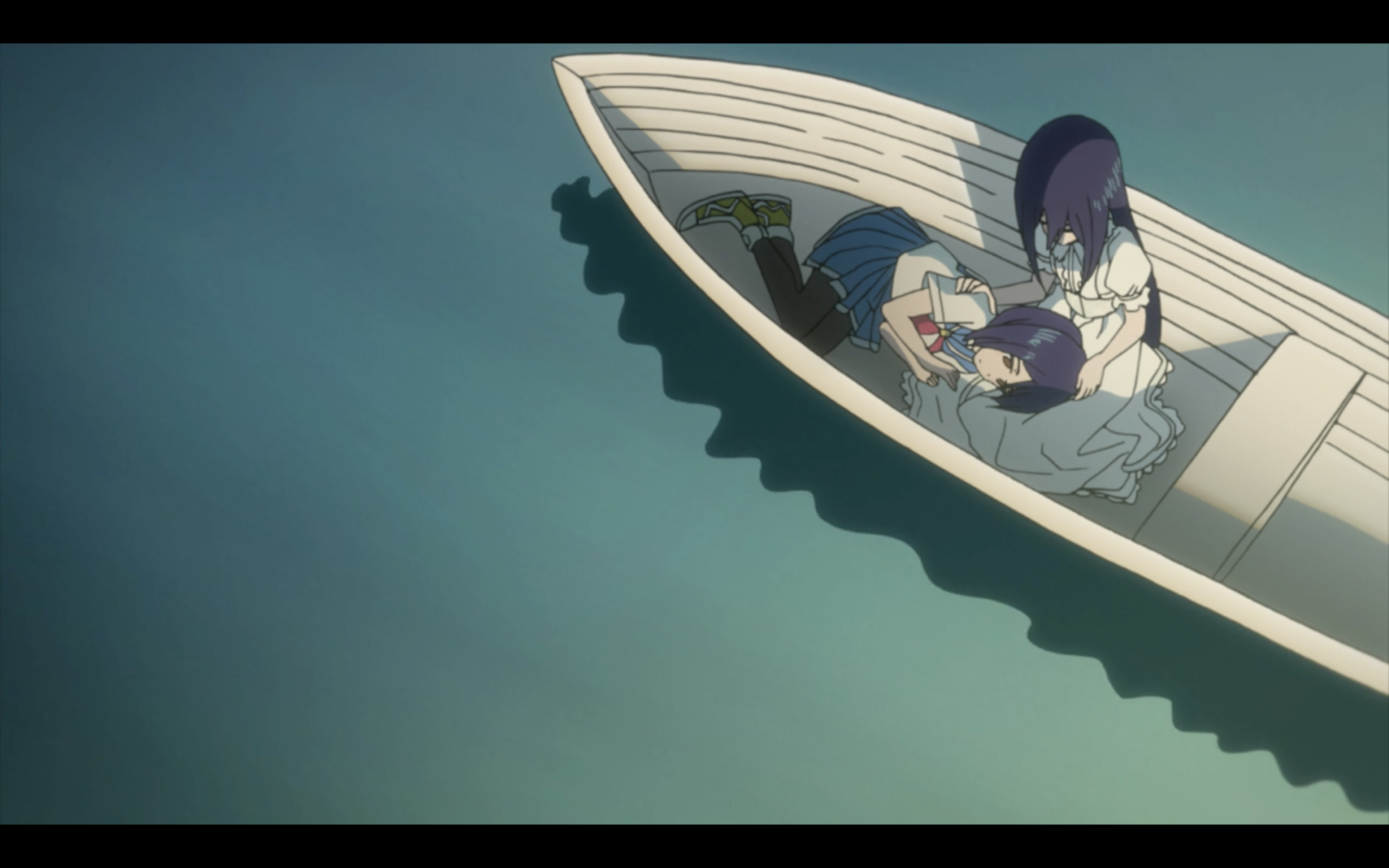 In the Backseat just perfectly captures Flip Flappers’ understanding of dependency. The lines, “I like the peace in the backseat, I don’t have to drive, I don’t have to speak” are a perfect portrait of Cocona at the beginning of the series and in episodes 11 and 12. In those two episodes Mimi returns and assumes the responsibility of making all of Cocona’s decisions for her. This is also exactly what Yayaka wanted, to have other people make tough decisions for her. The line, “I’ve been learning to drive my whole life” is a great expression of how growing up is entirely oriented towards eventually becoming independent.
In the Backseat just perfectly captures Flip Flappers’ understanding of dependency. The lines, “I like the peace in the backseat, I don’t have to drive, I don’t have to speak” are a perfect portrait of Cocona at the beginning of the series and in episodes 11 and 12. In those two episodes Mimi returns and assumes the responsibility of making all of Cocona’s decisions for her. This is also exactly what Yayaka wanted, to have other people make tough decisions for her. The line, “I’ve been learning to drive my whole life” is a great expression of how growing up is entirely oriented towards eventually becoming independent.
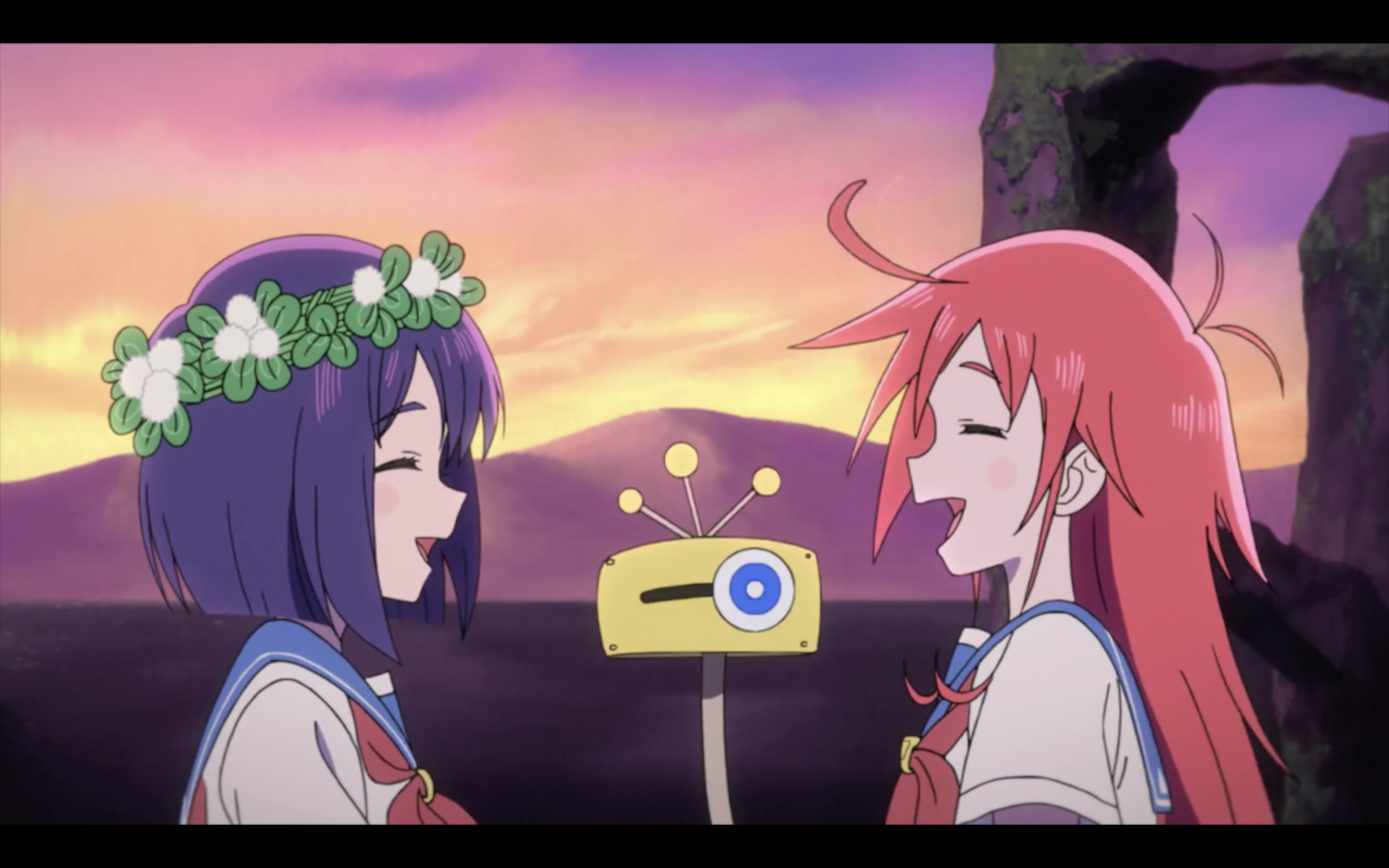
Okay this was really messy, but I’m glad I’m getting it out there in some form, since so many people have expressed their desire to see it. Honestly, I didn’t even really touch on everything. Most of this was written in January of 2016, I can’t believe how much my writing has changed since then.
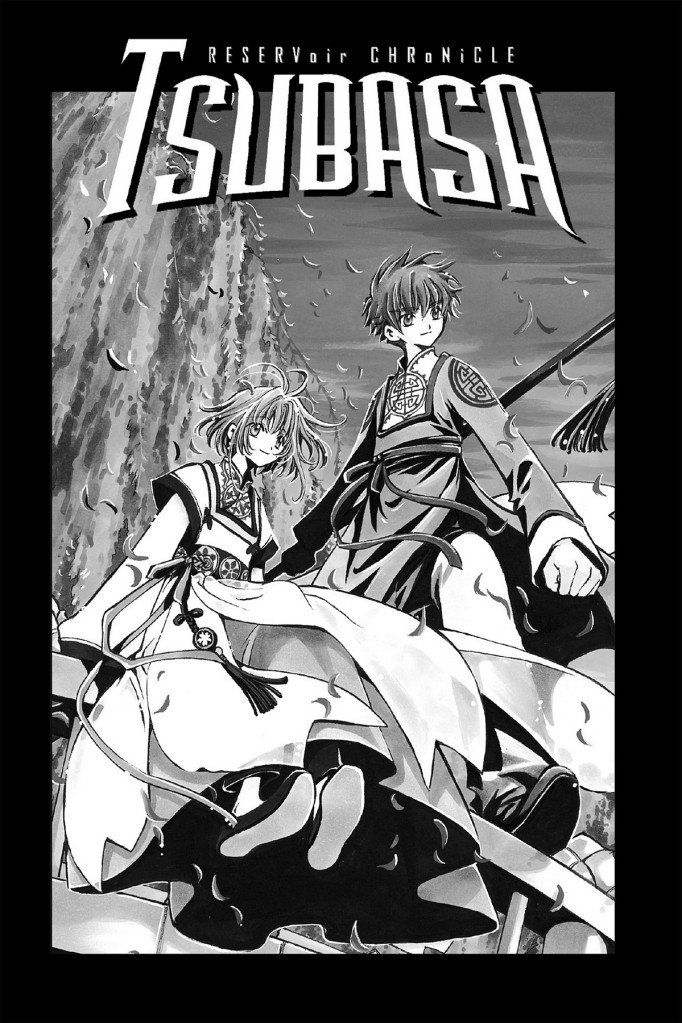


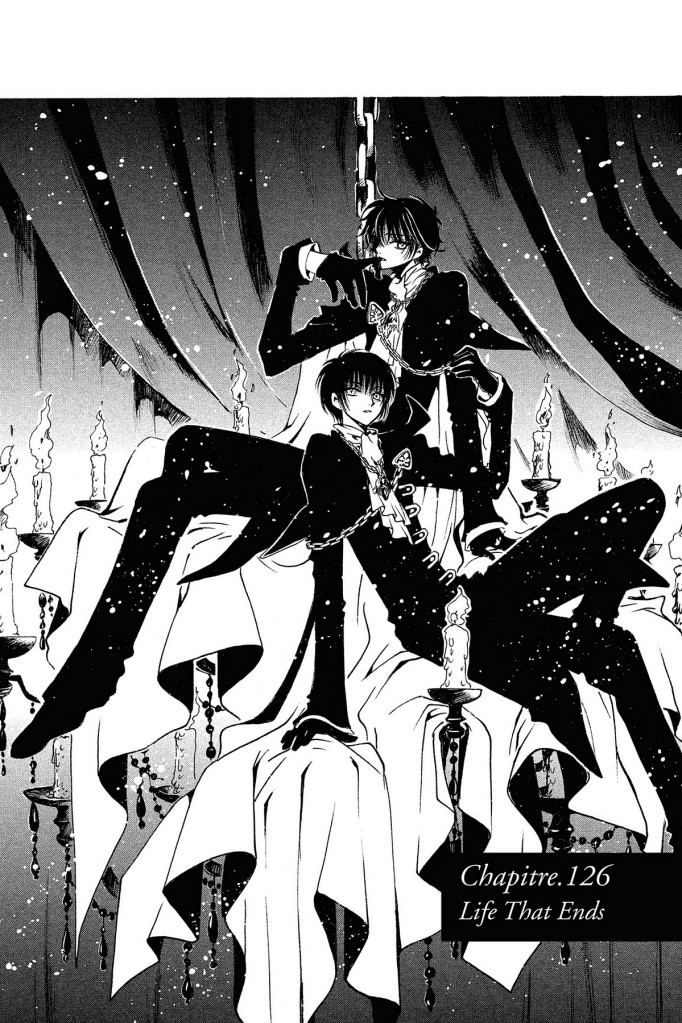
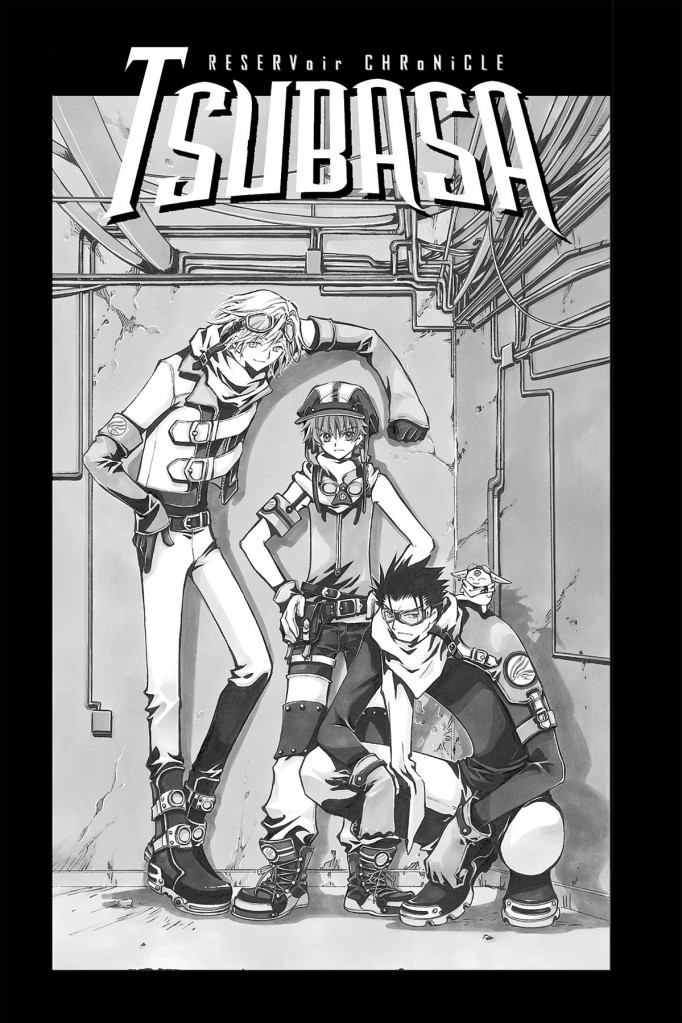
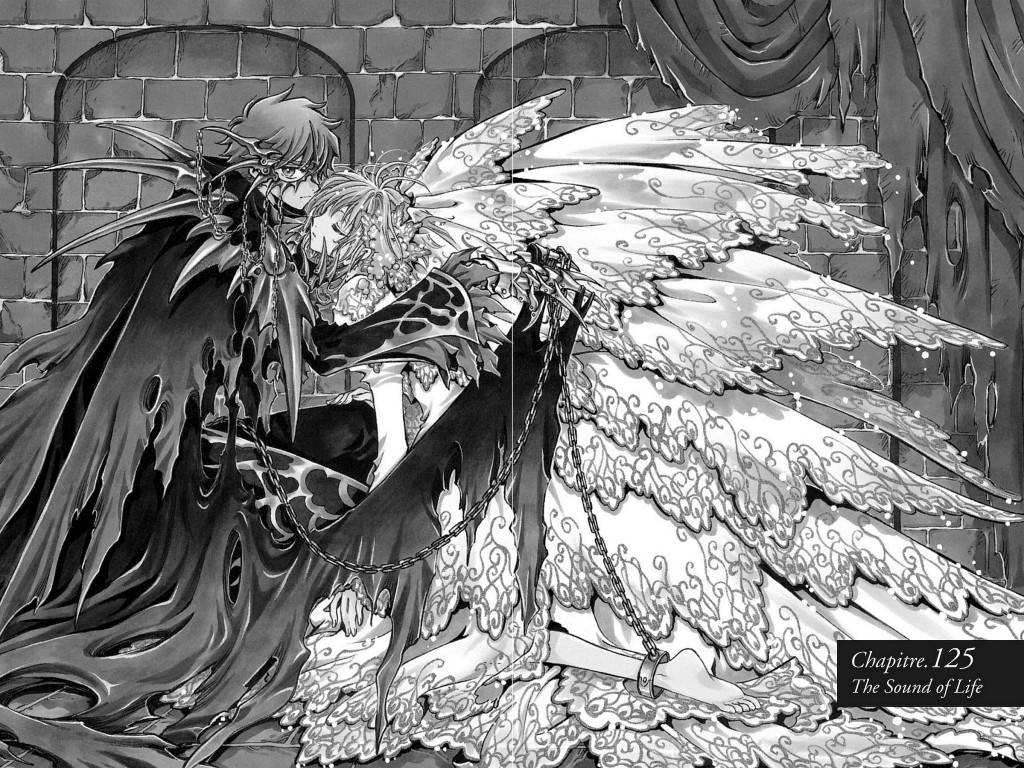
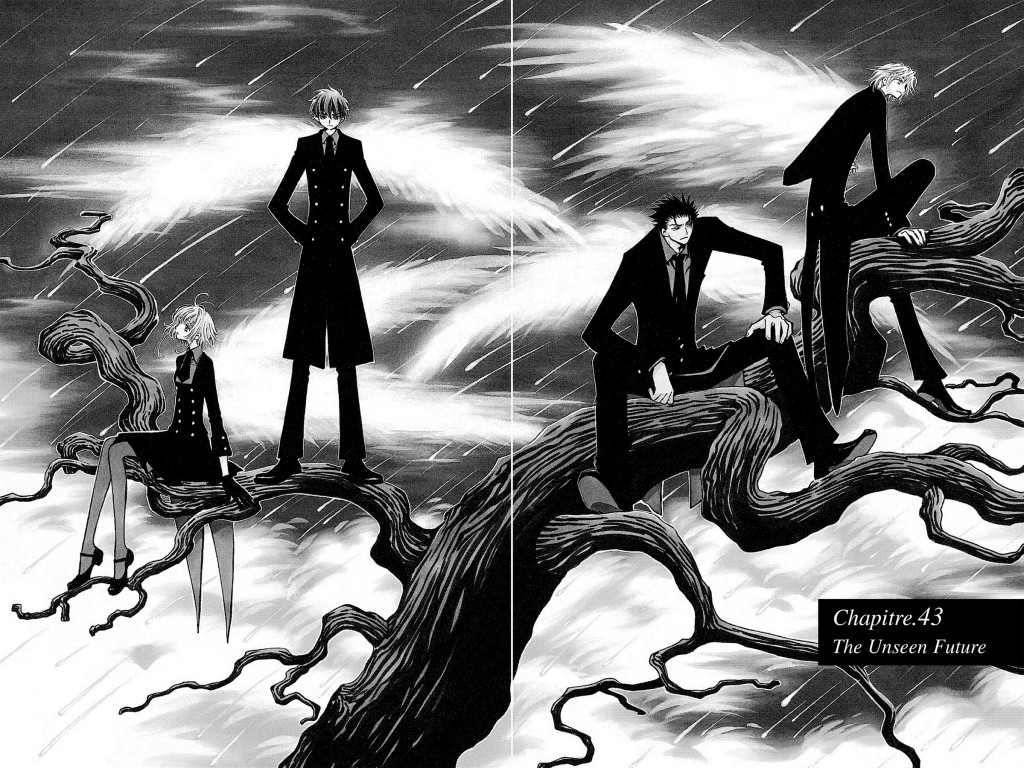
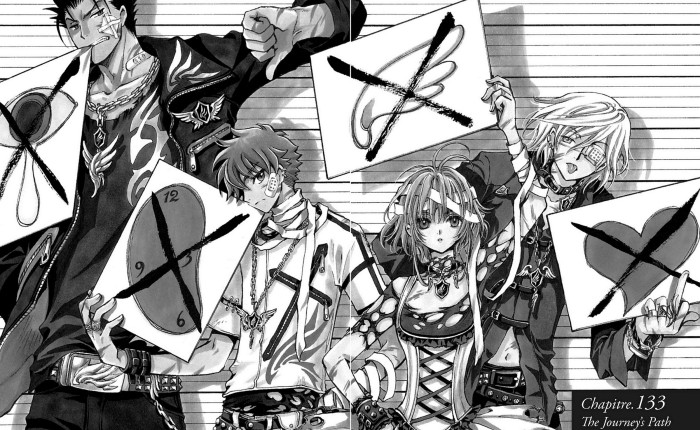
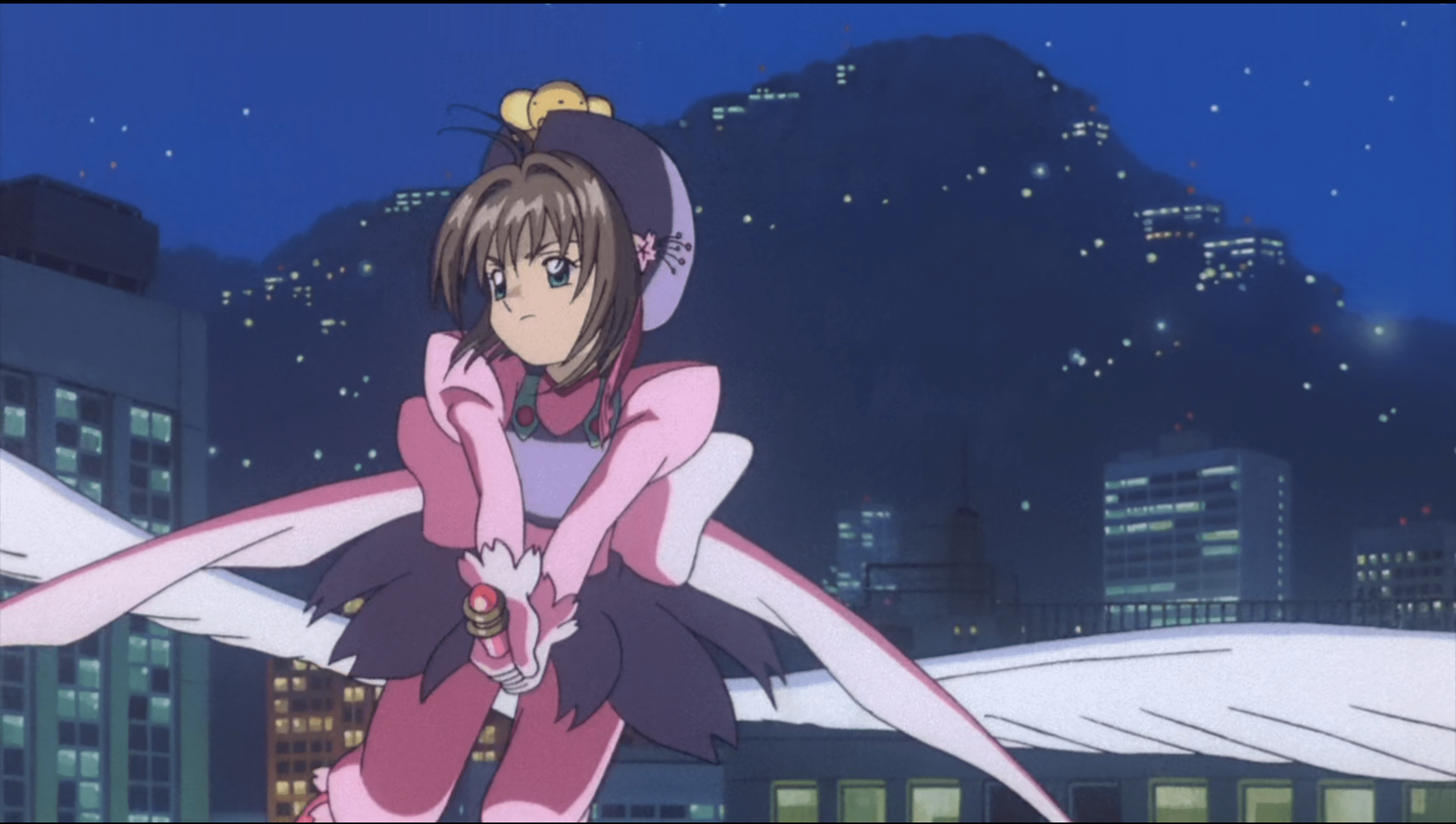
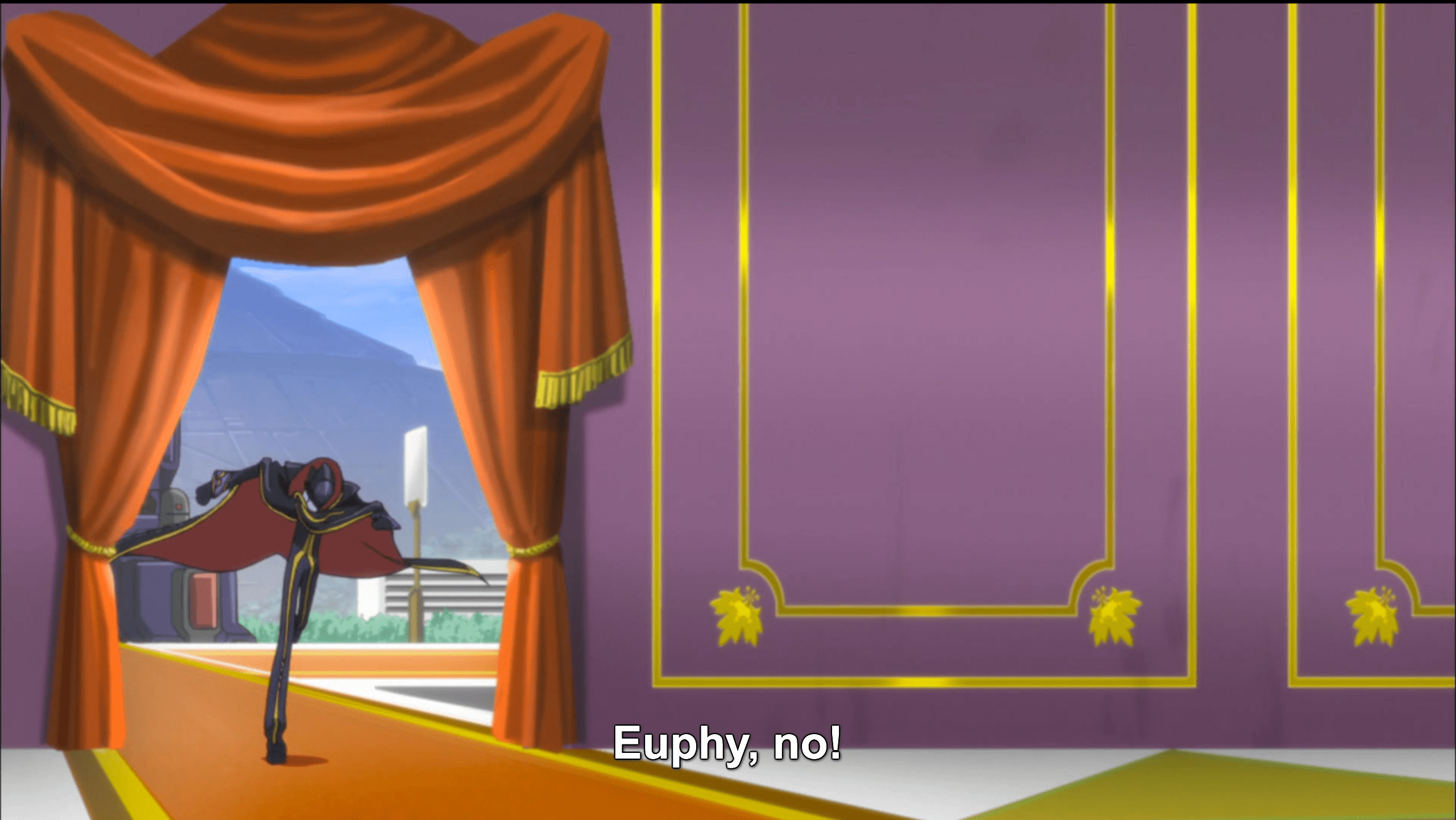
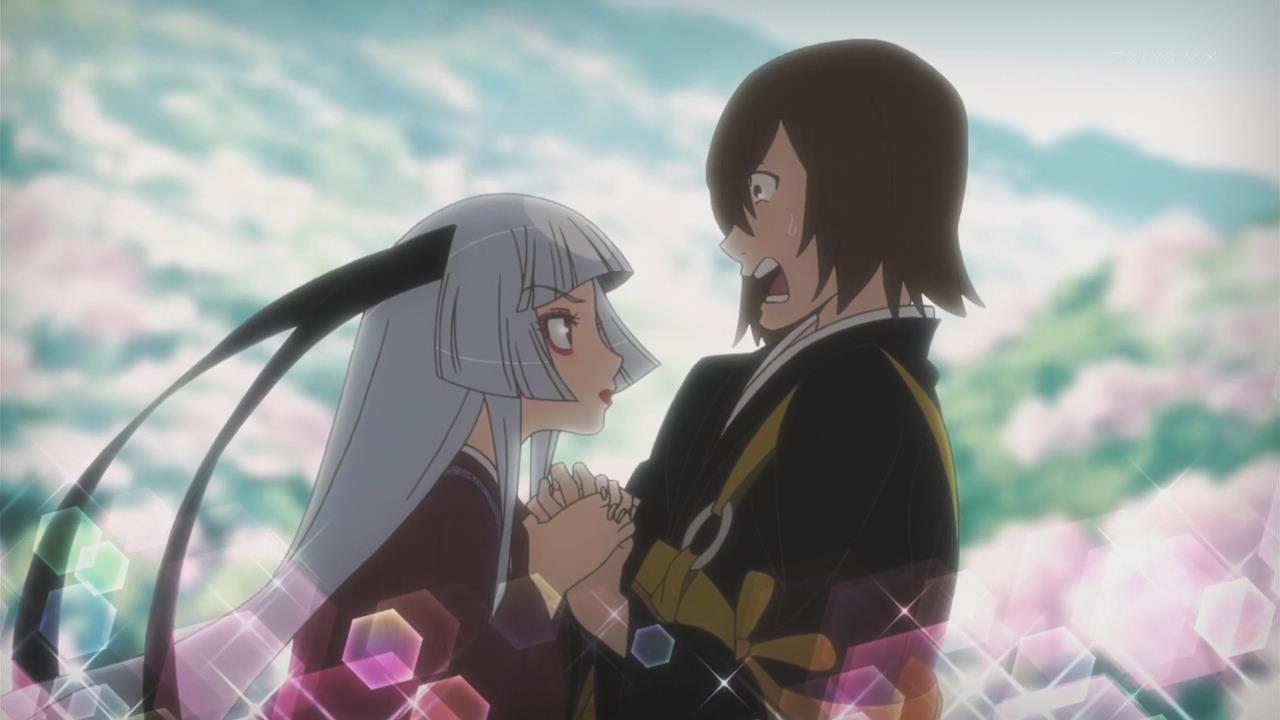
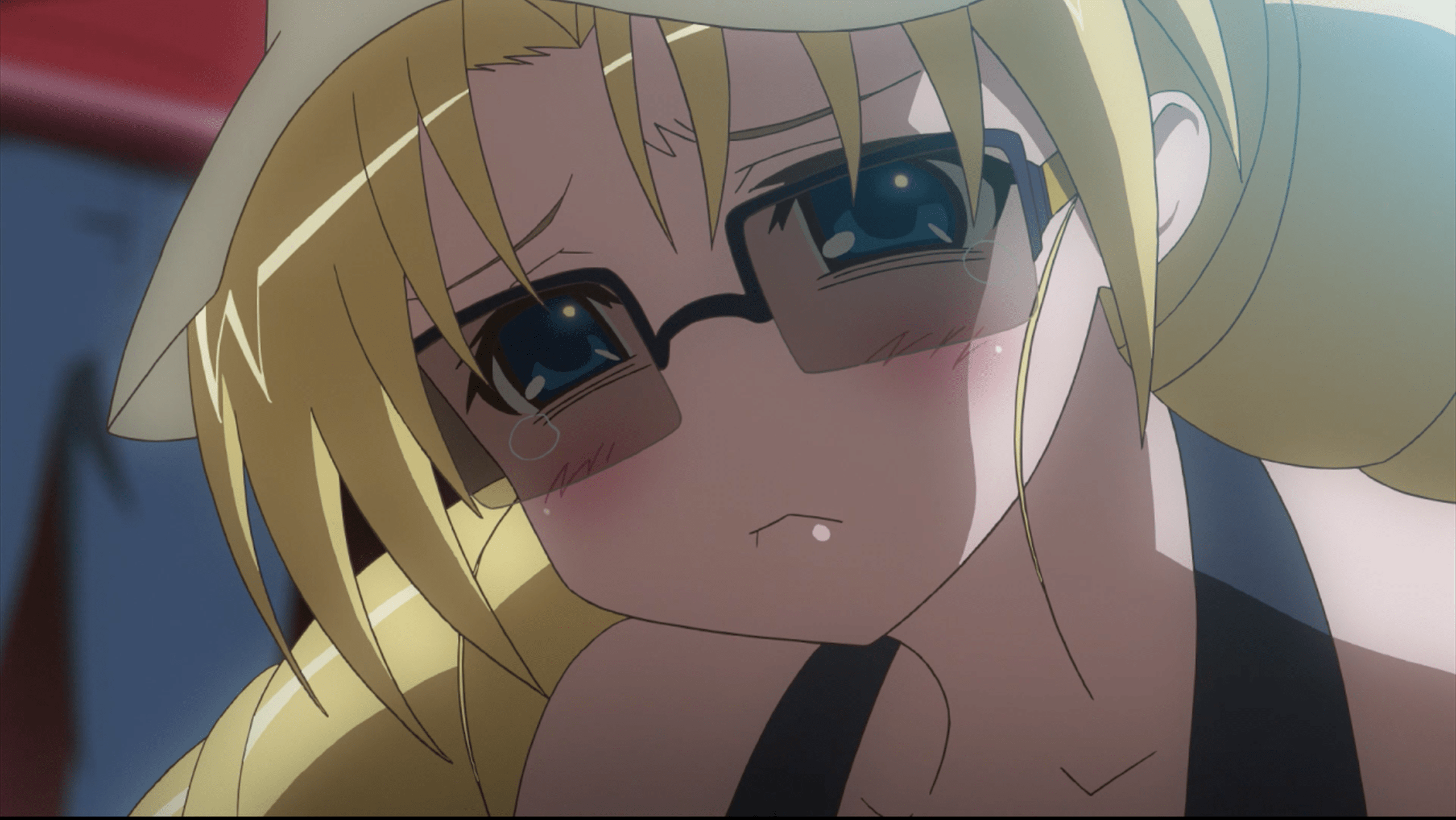
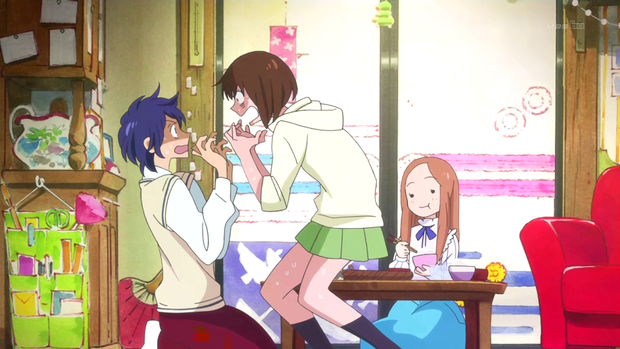
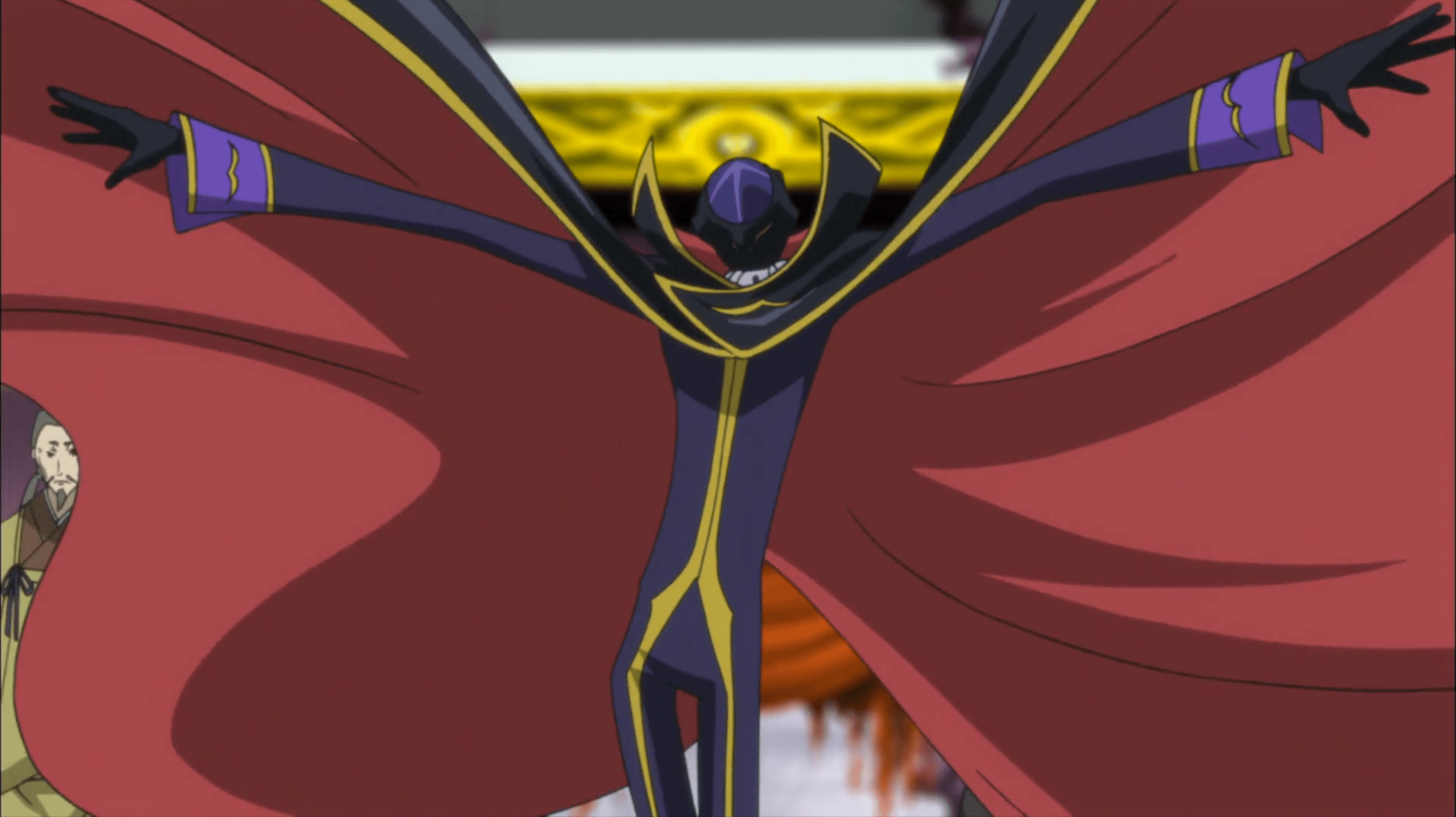
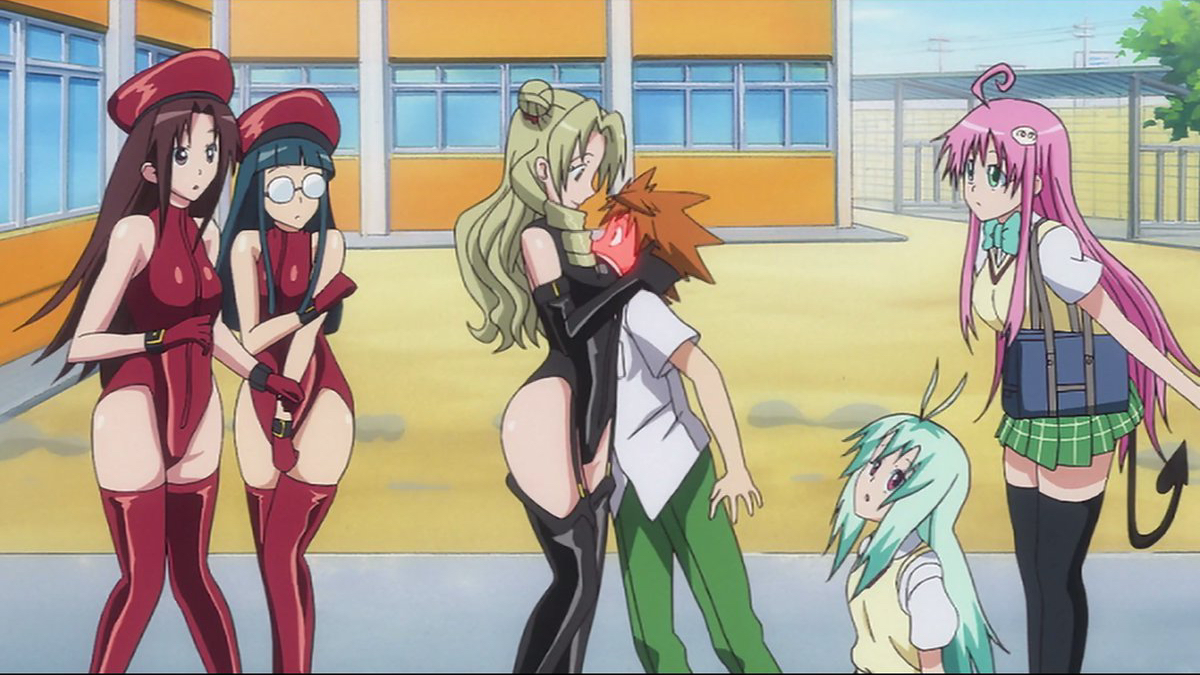
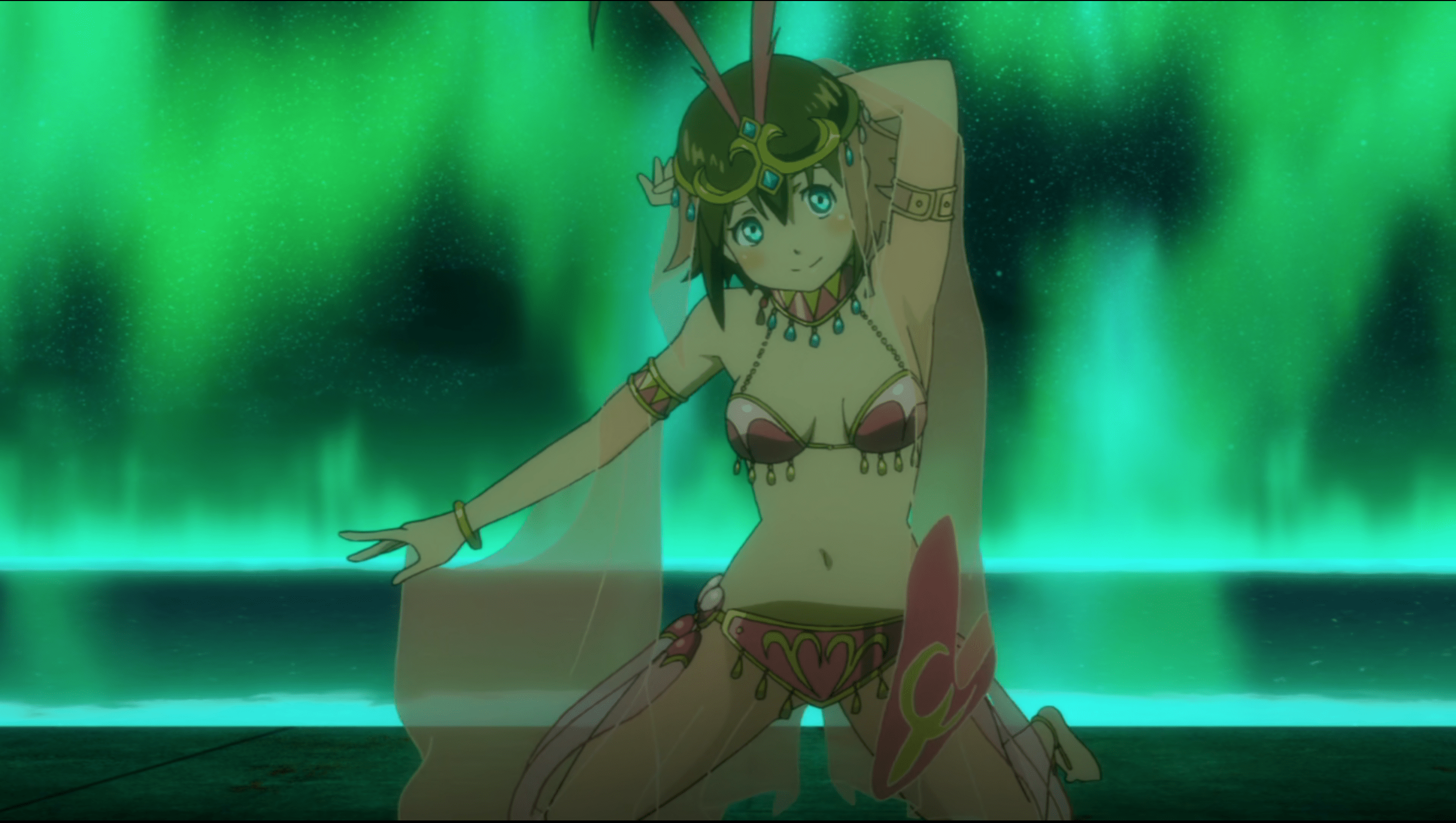
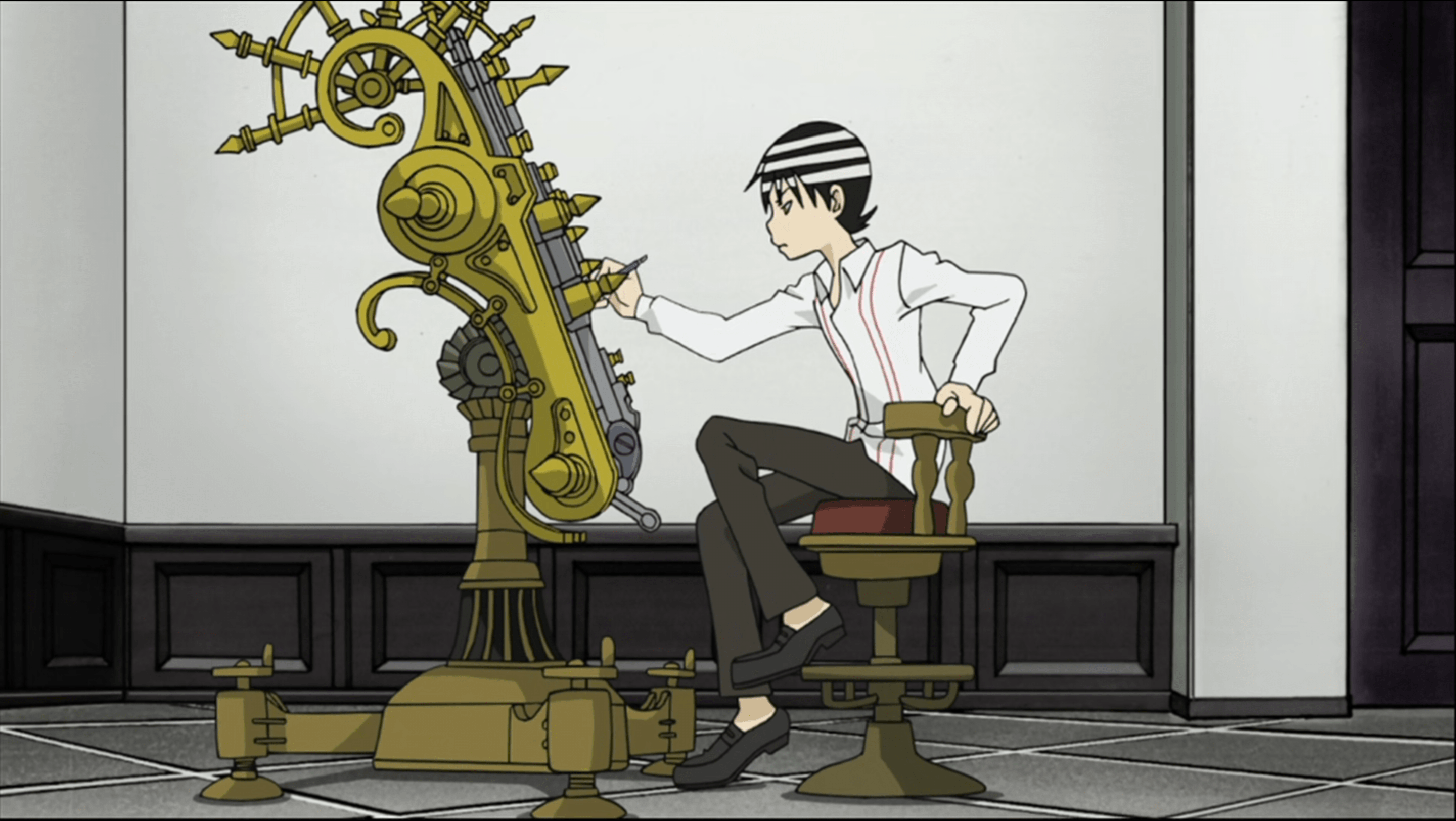
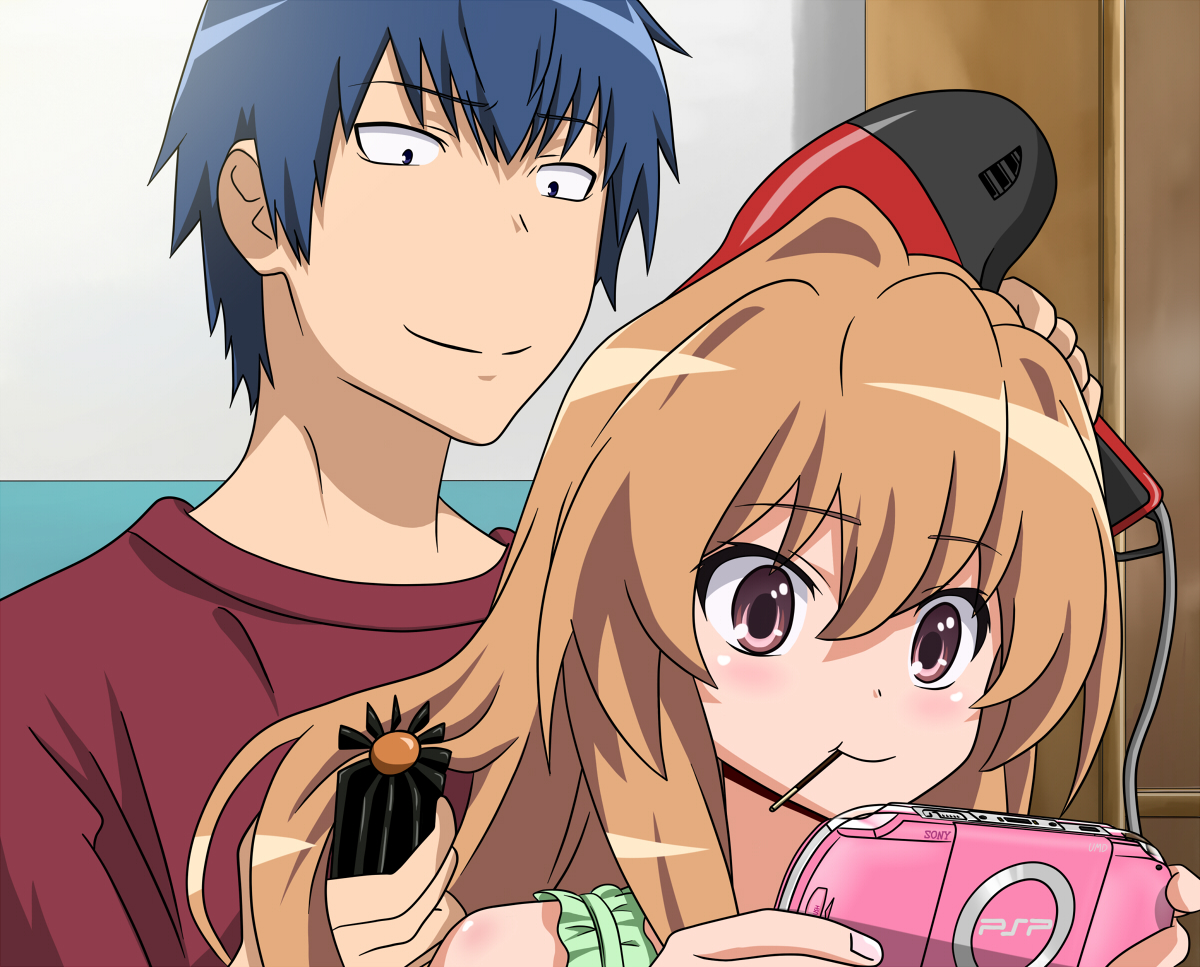
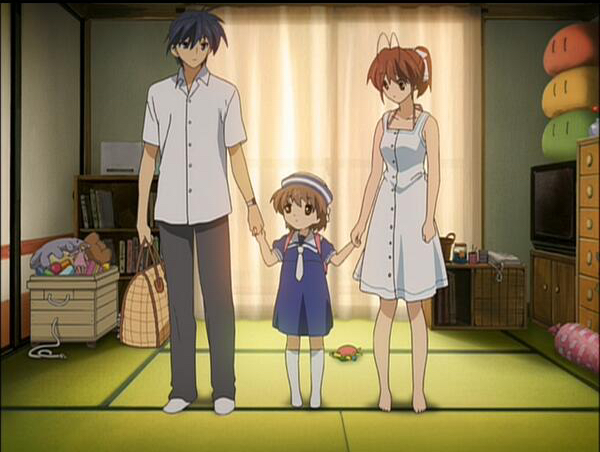
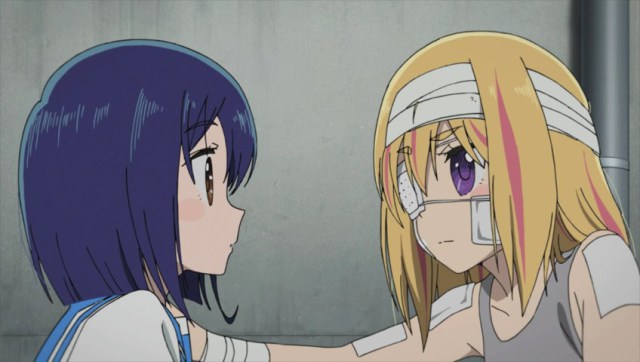
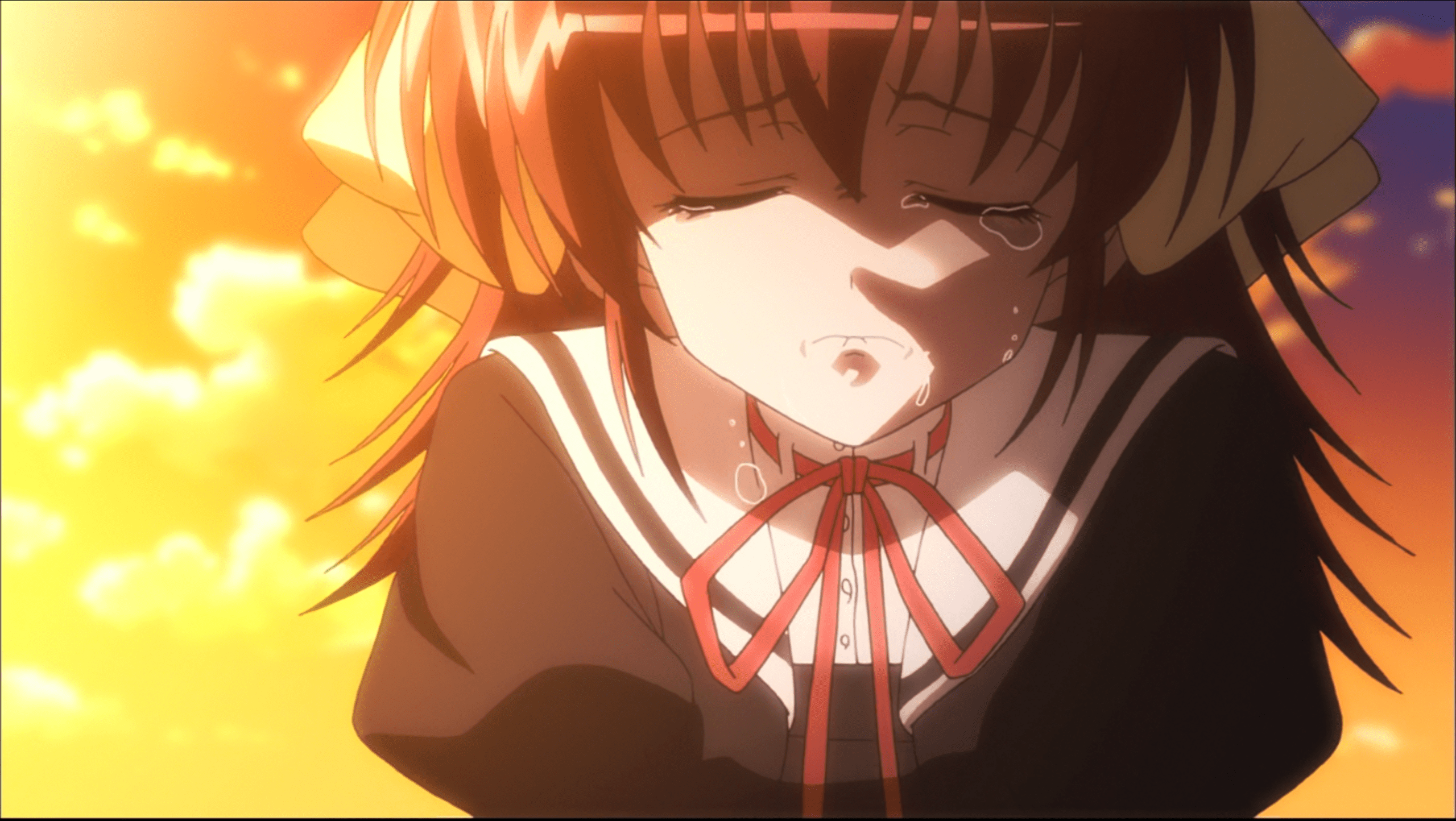
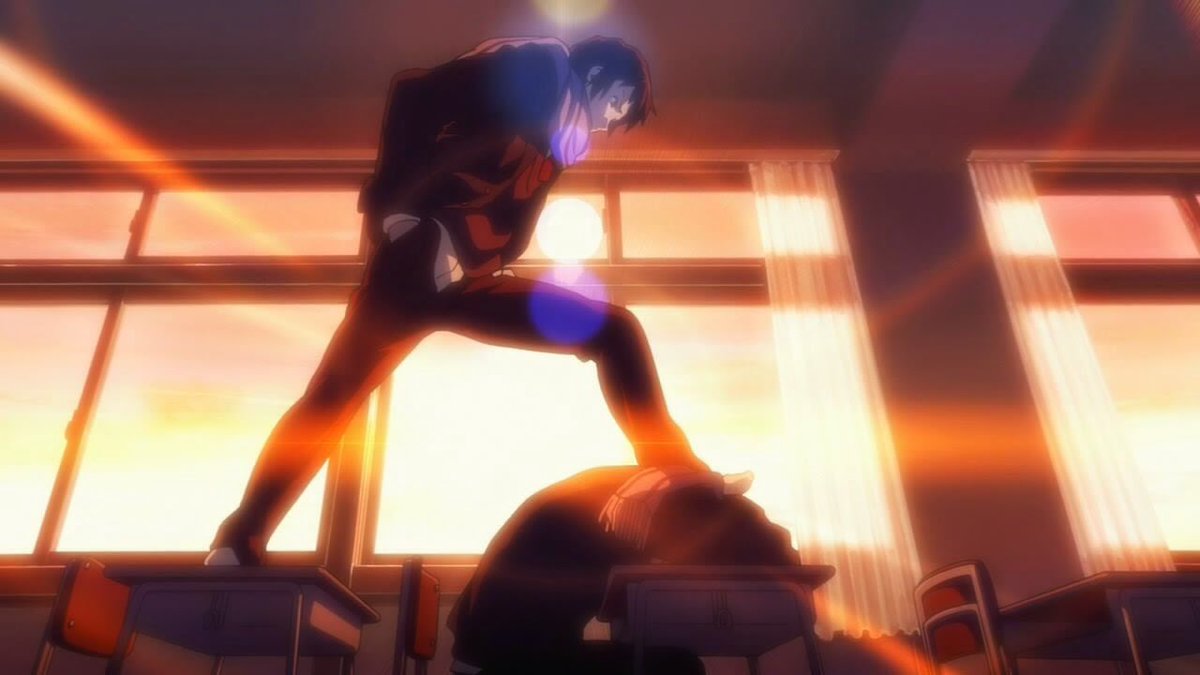
 There she is.
There she is.










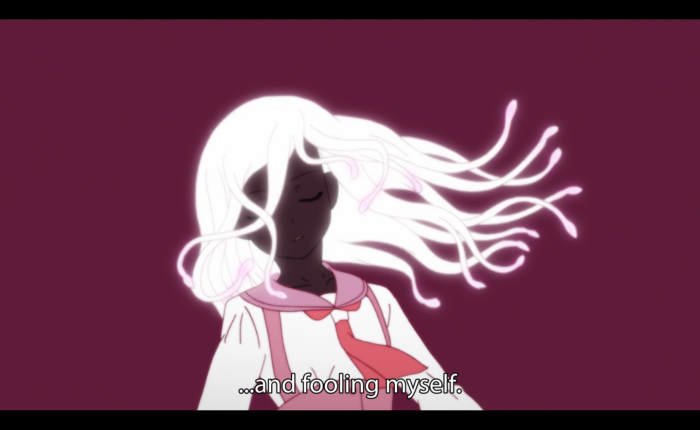
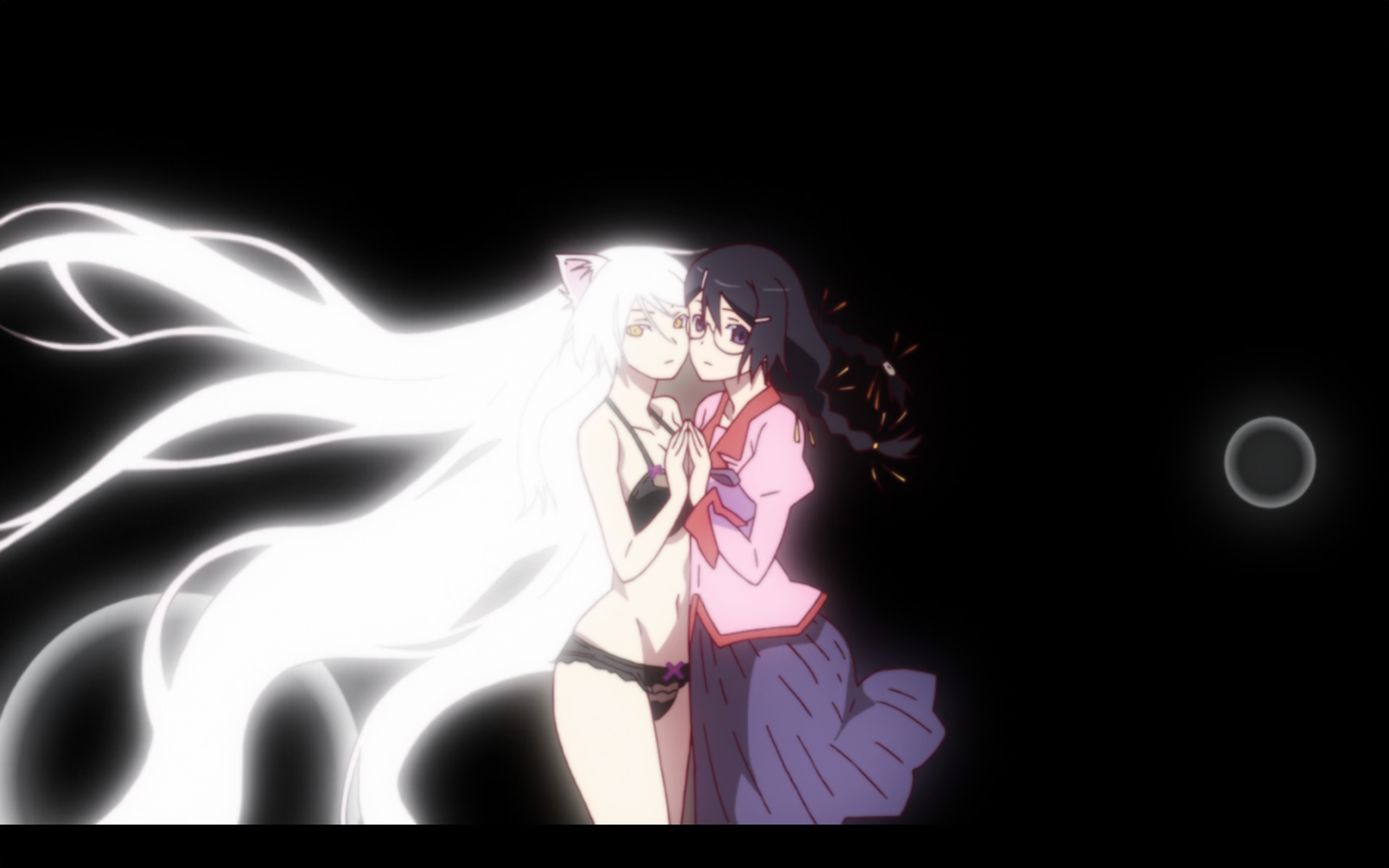
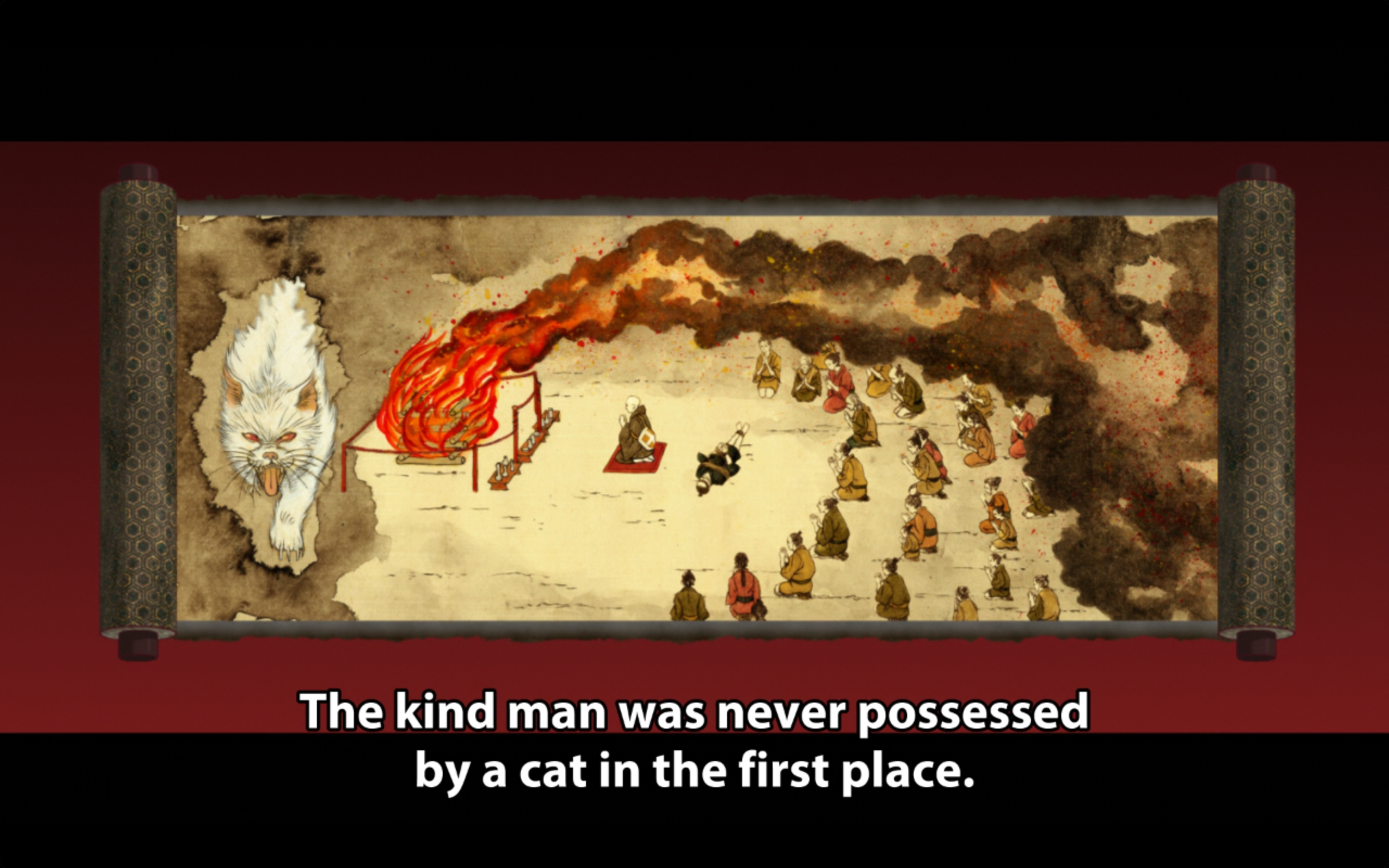
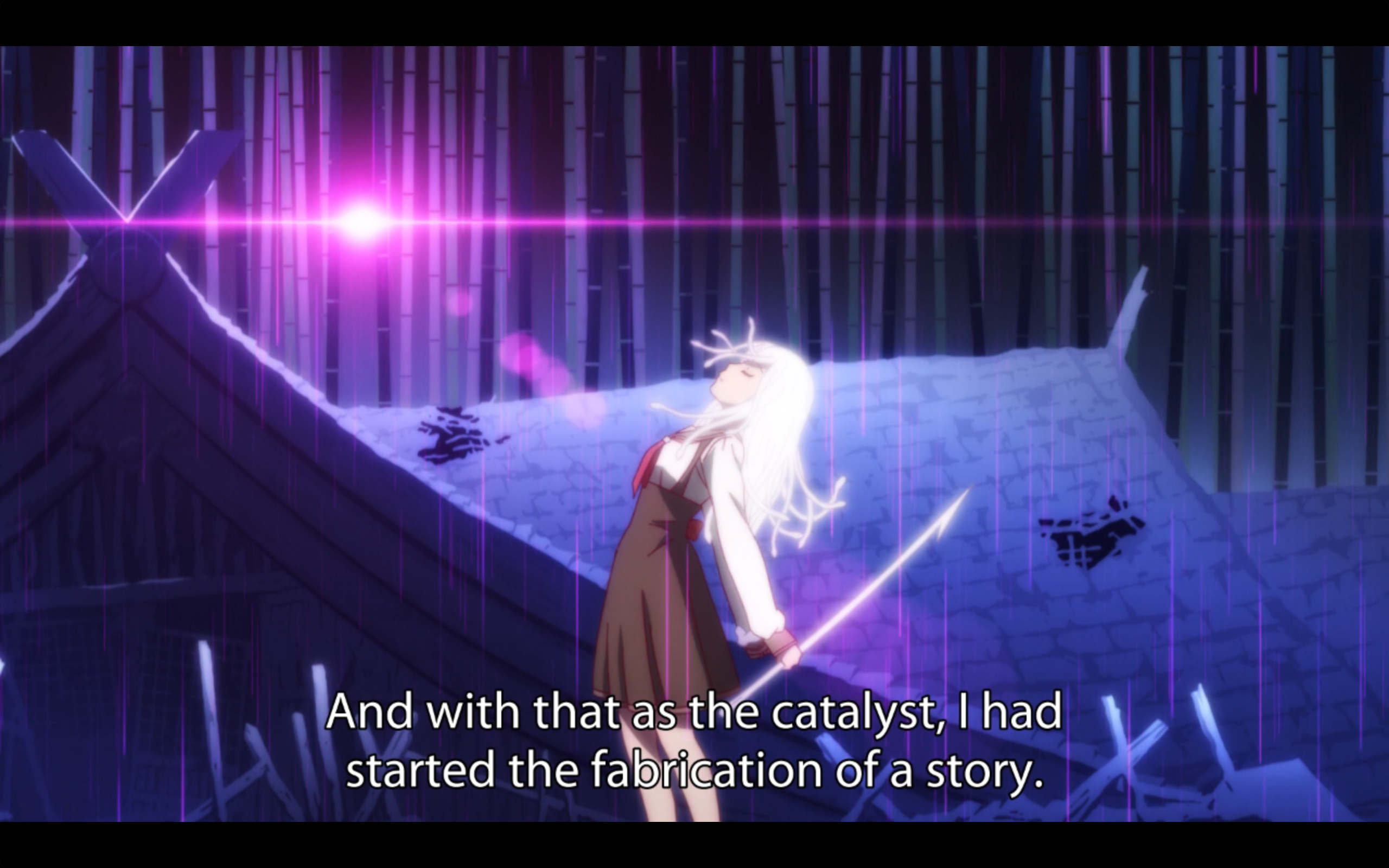
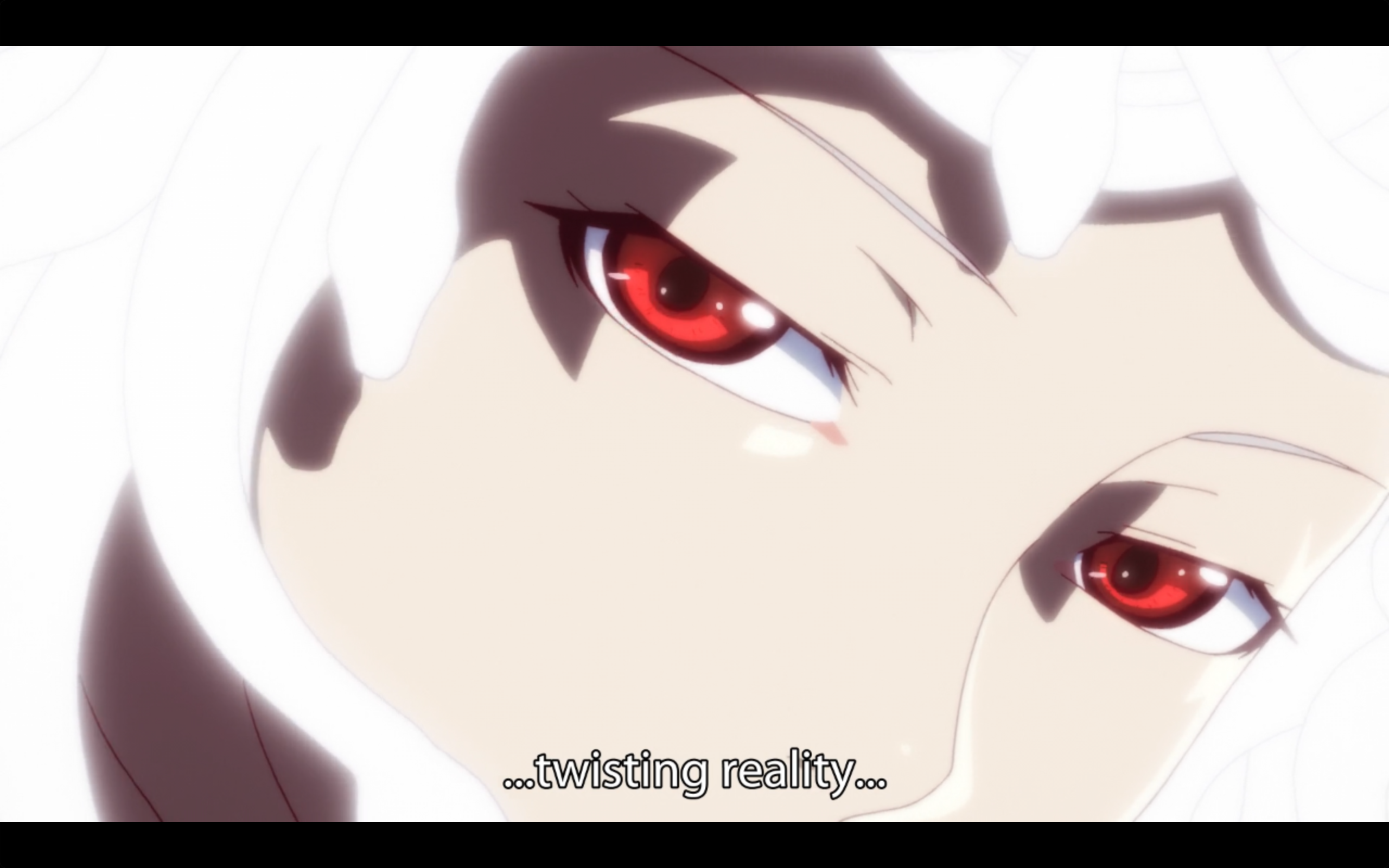
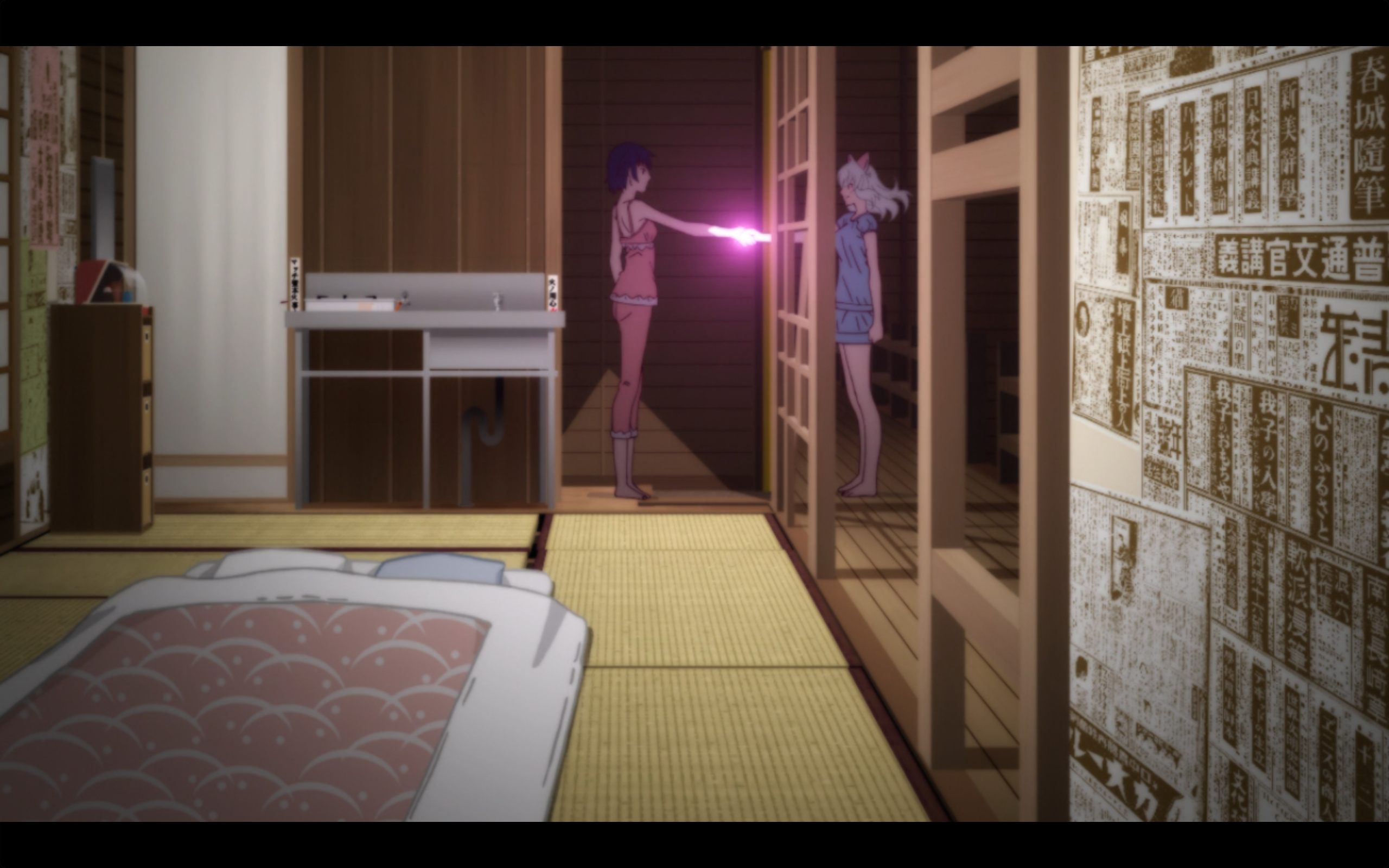
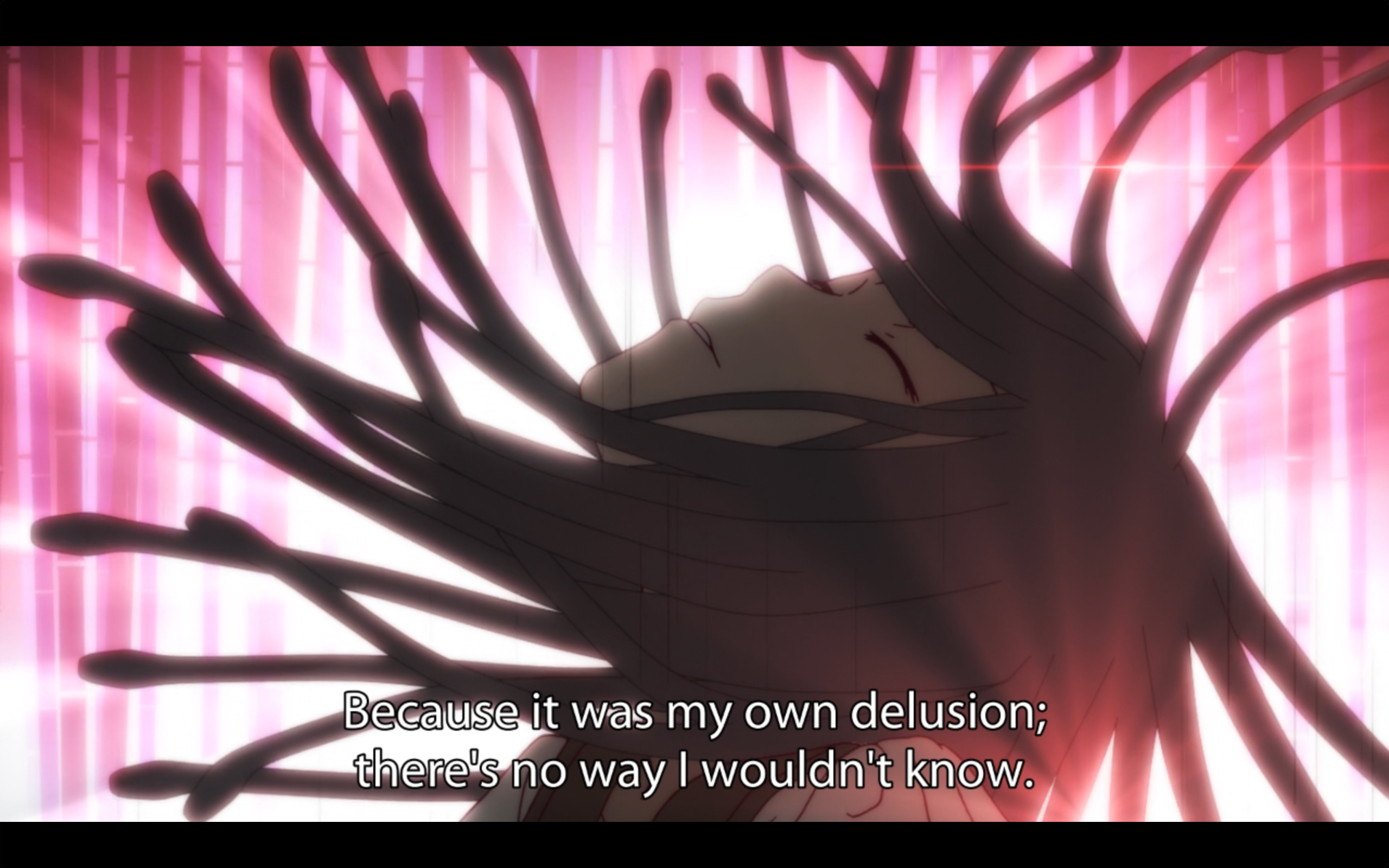
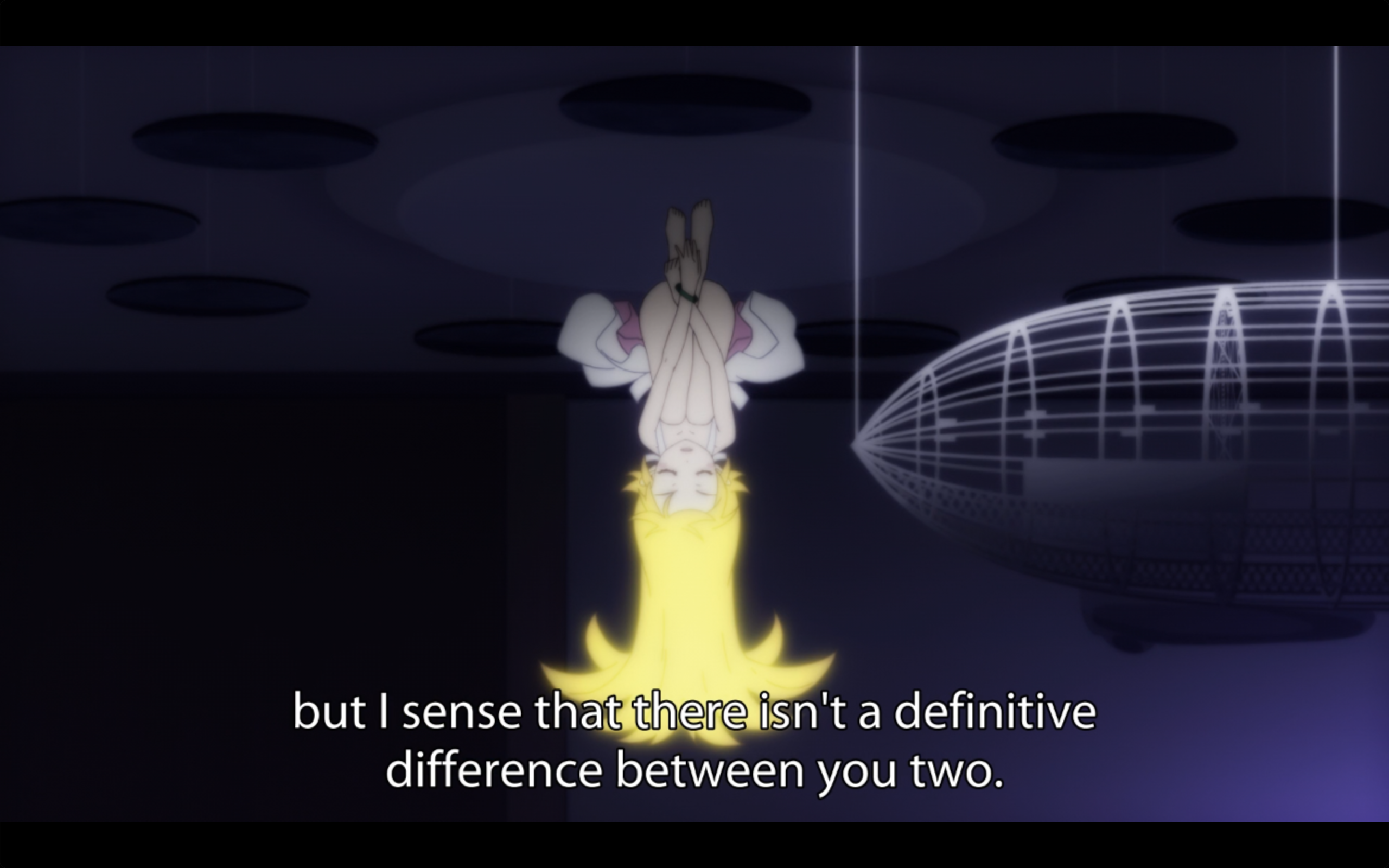
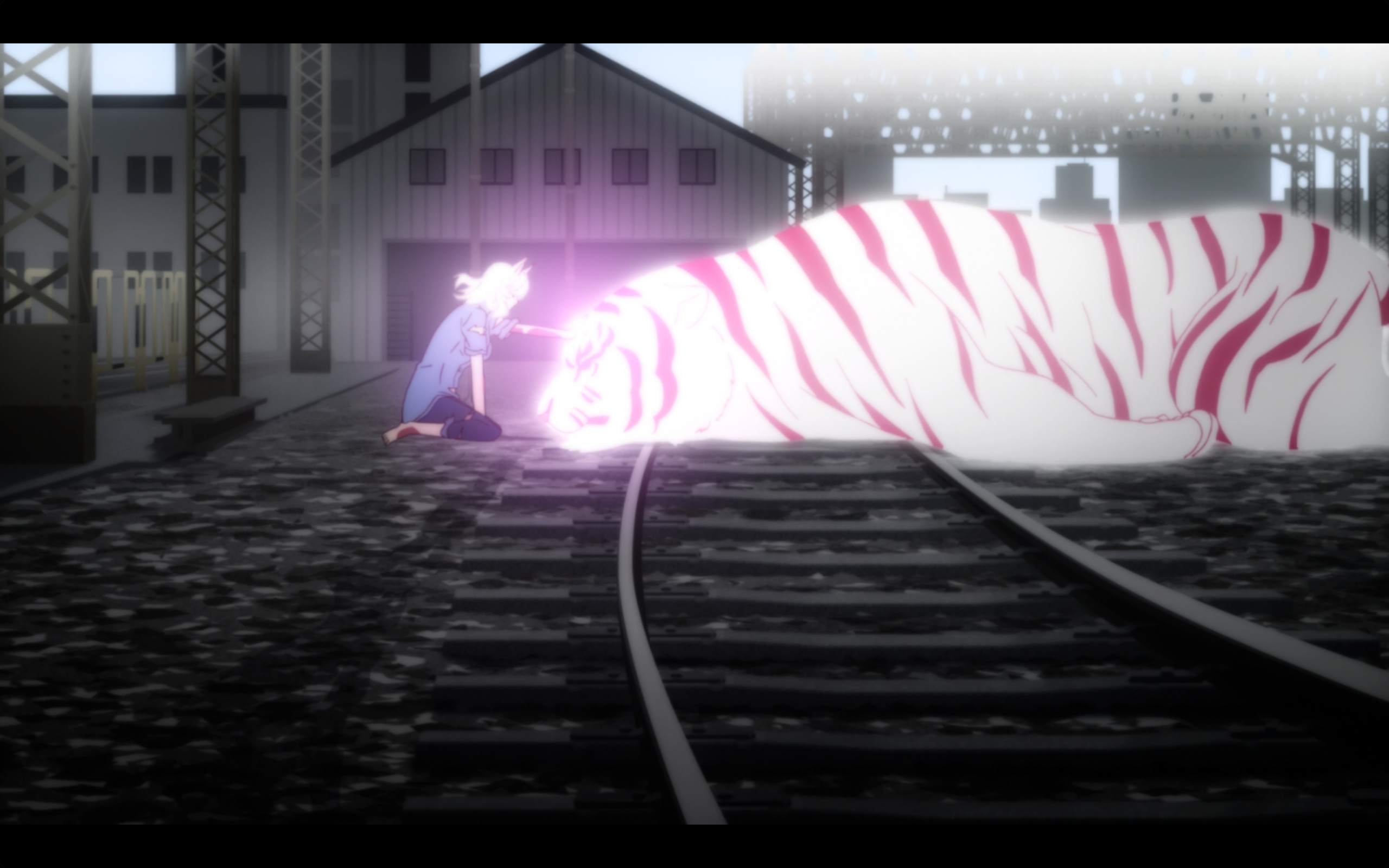
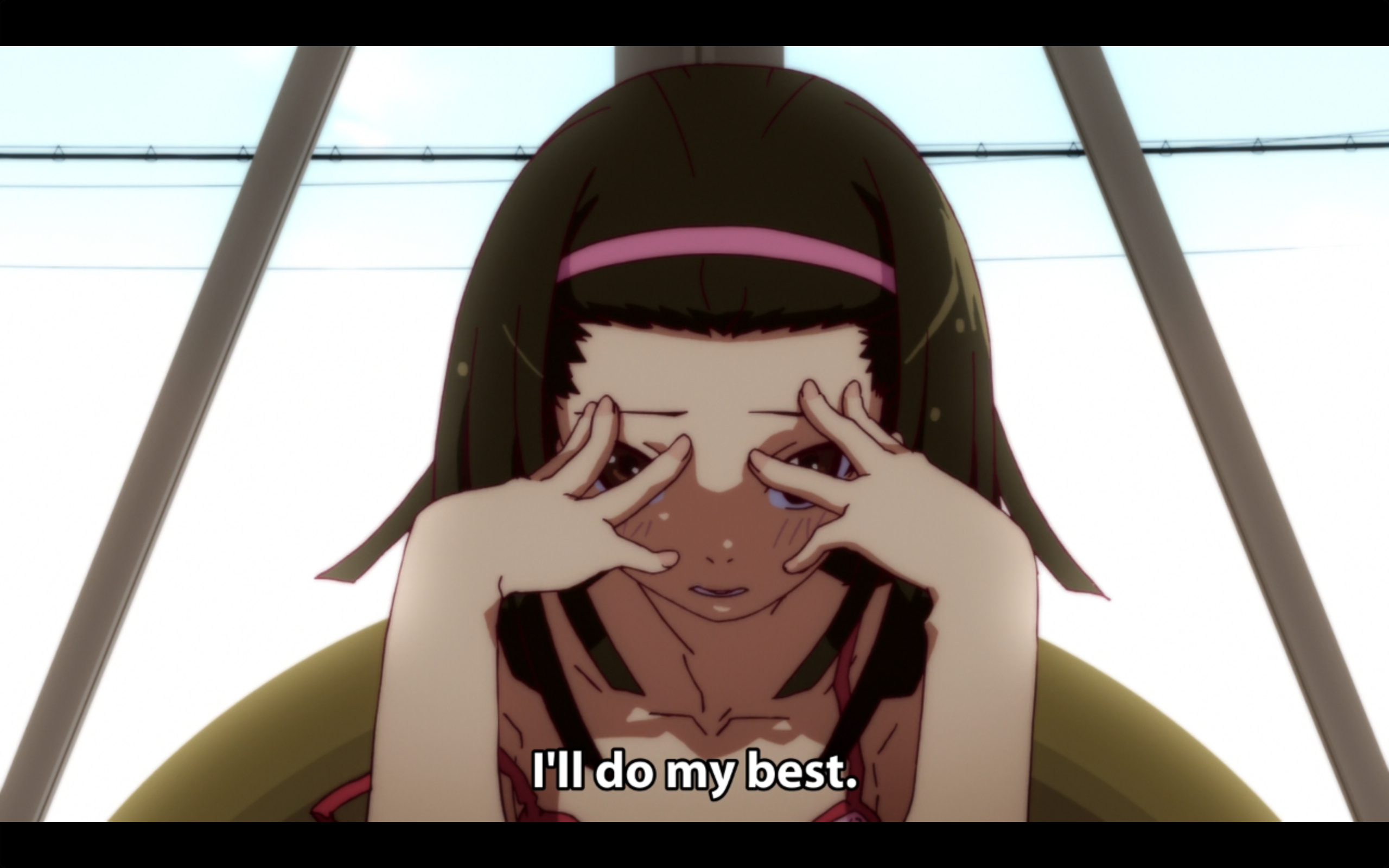
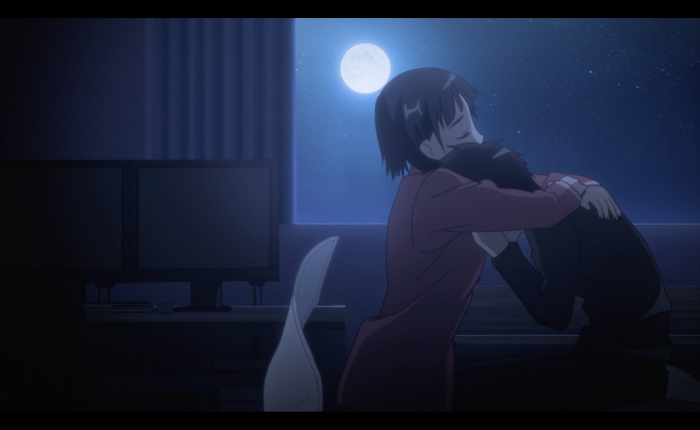
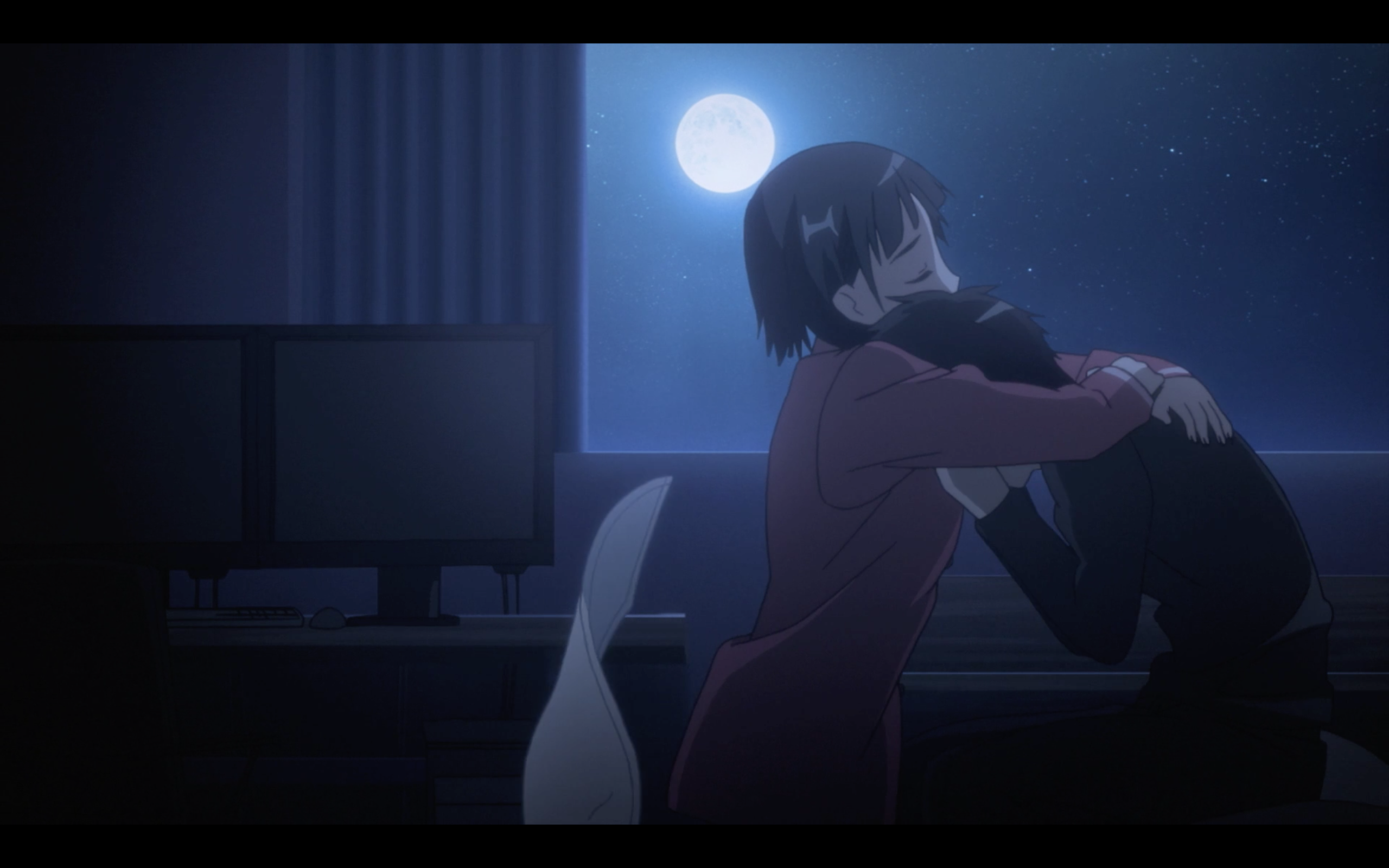
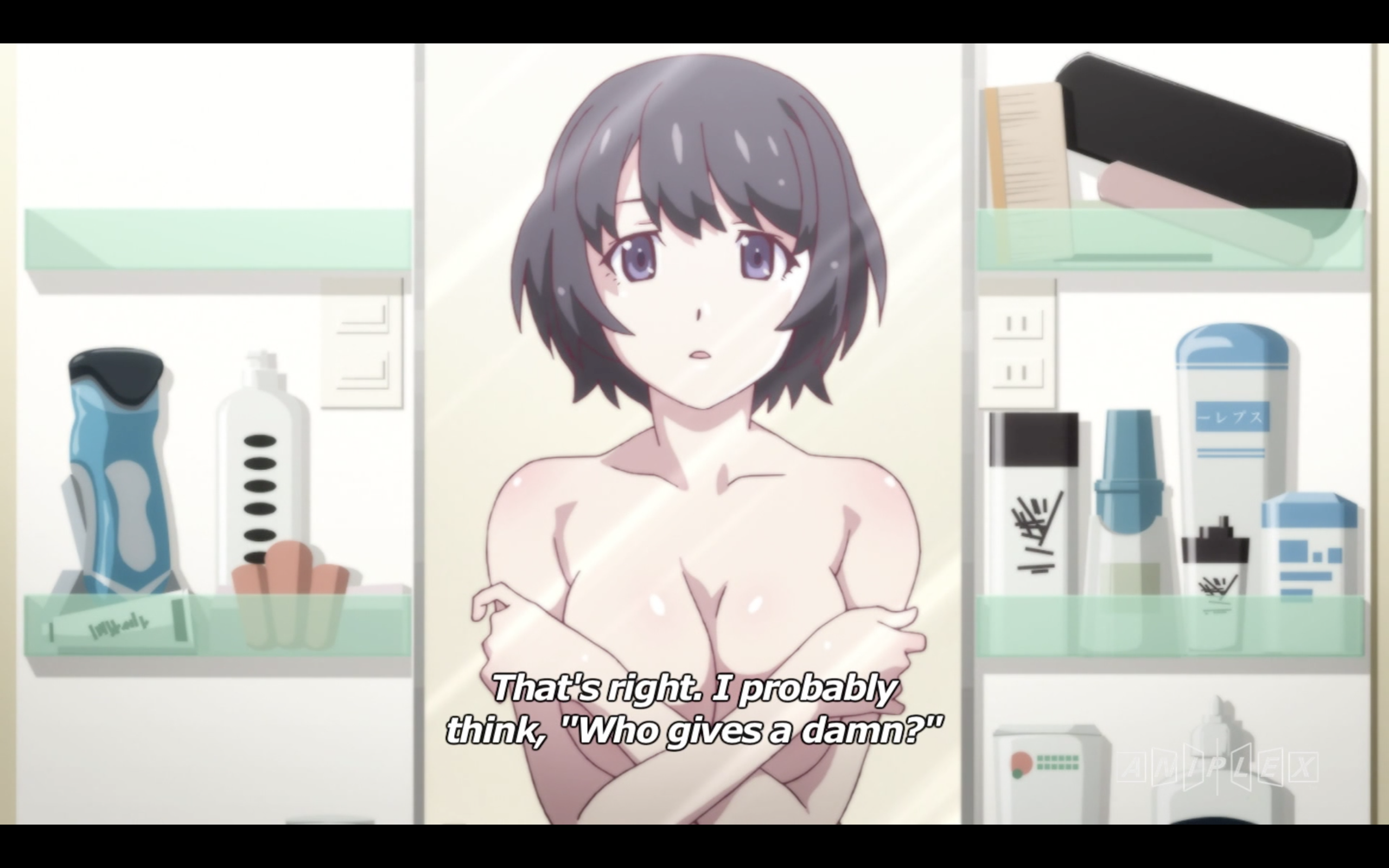
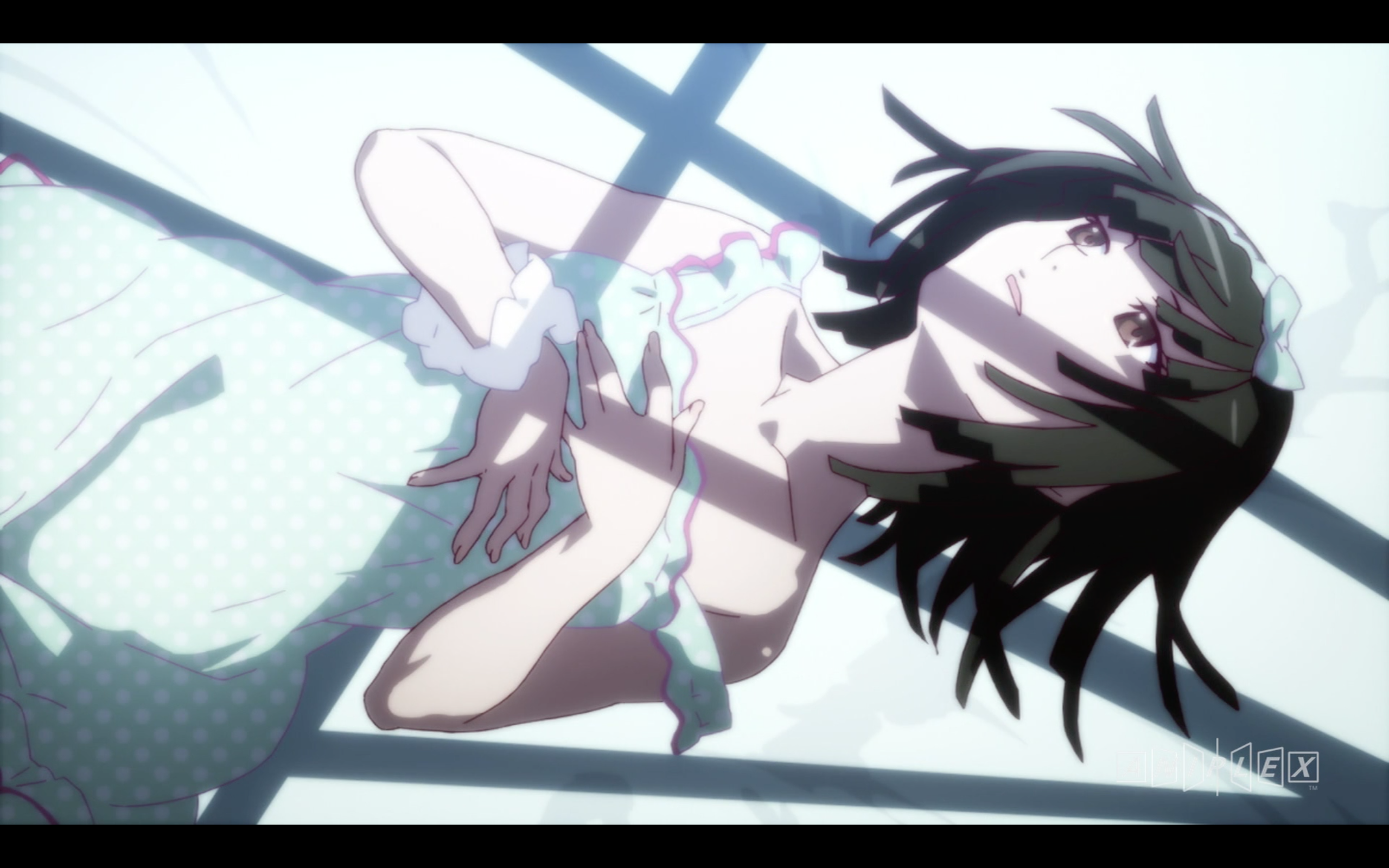
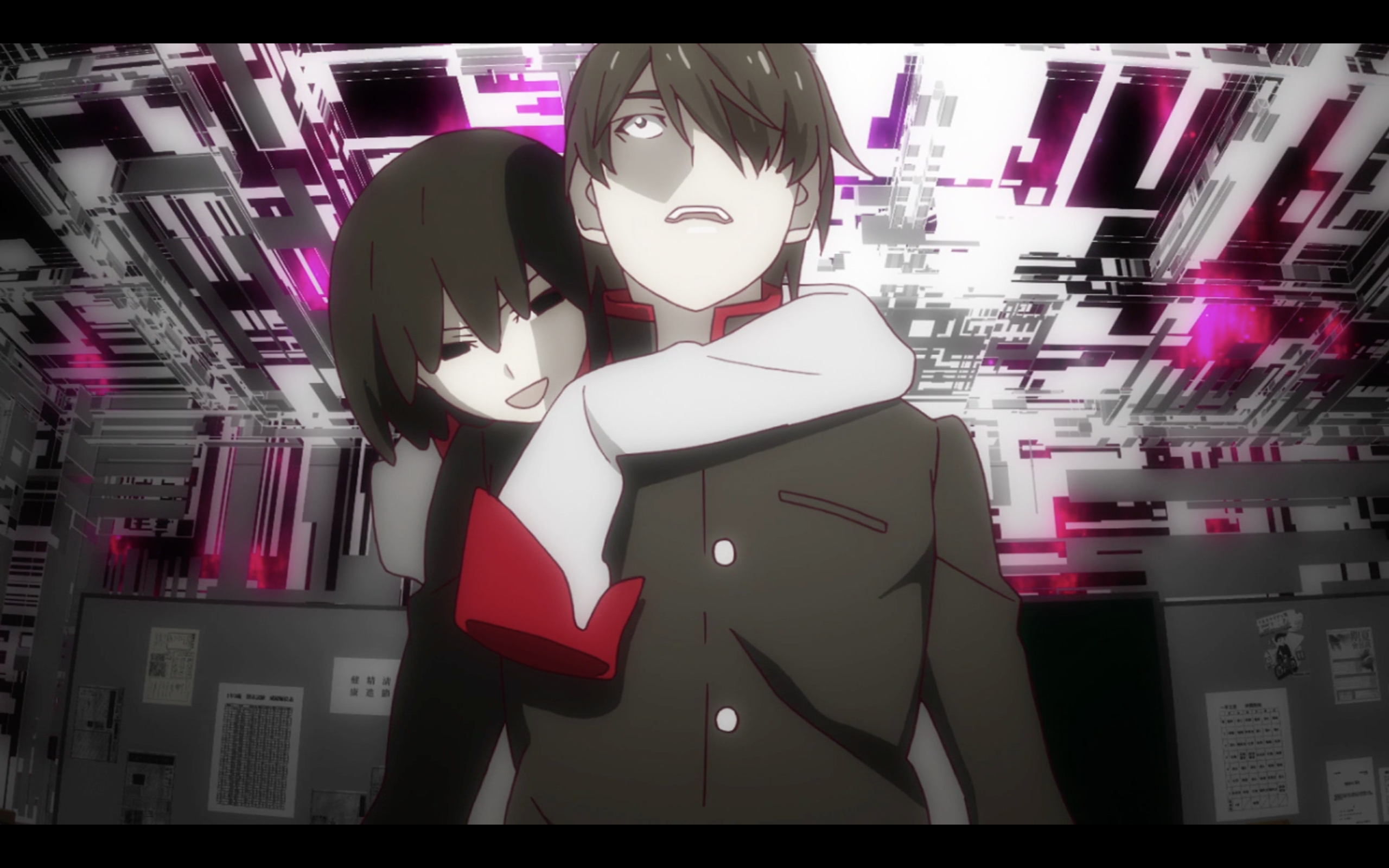

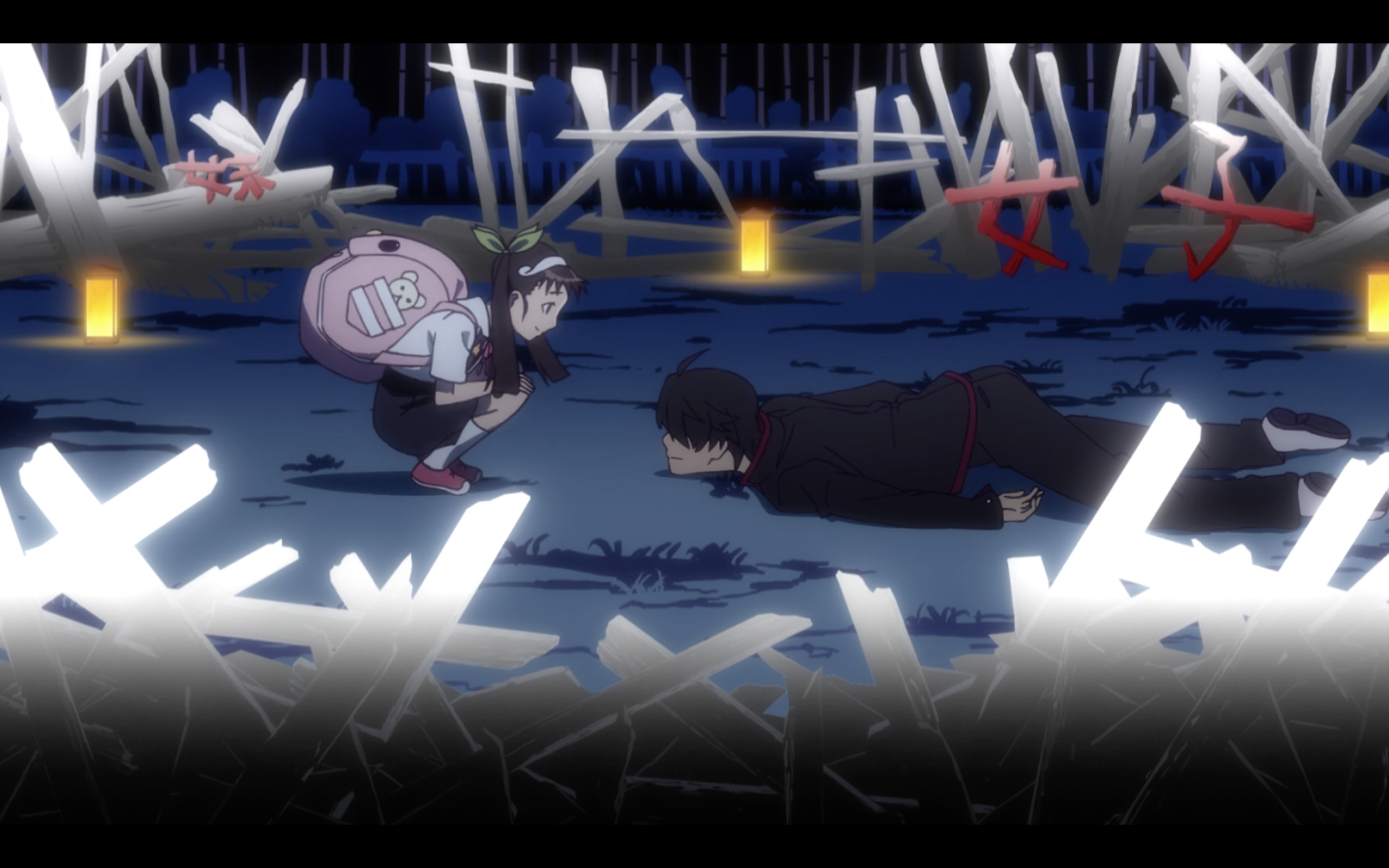 One of the
One of the 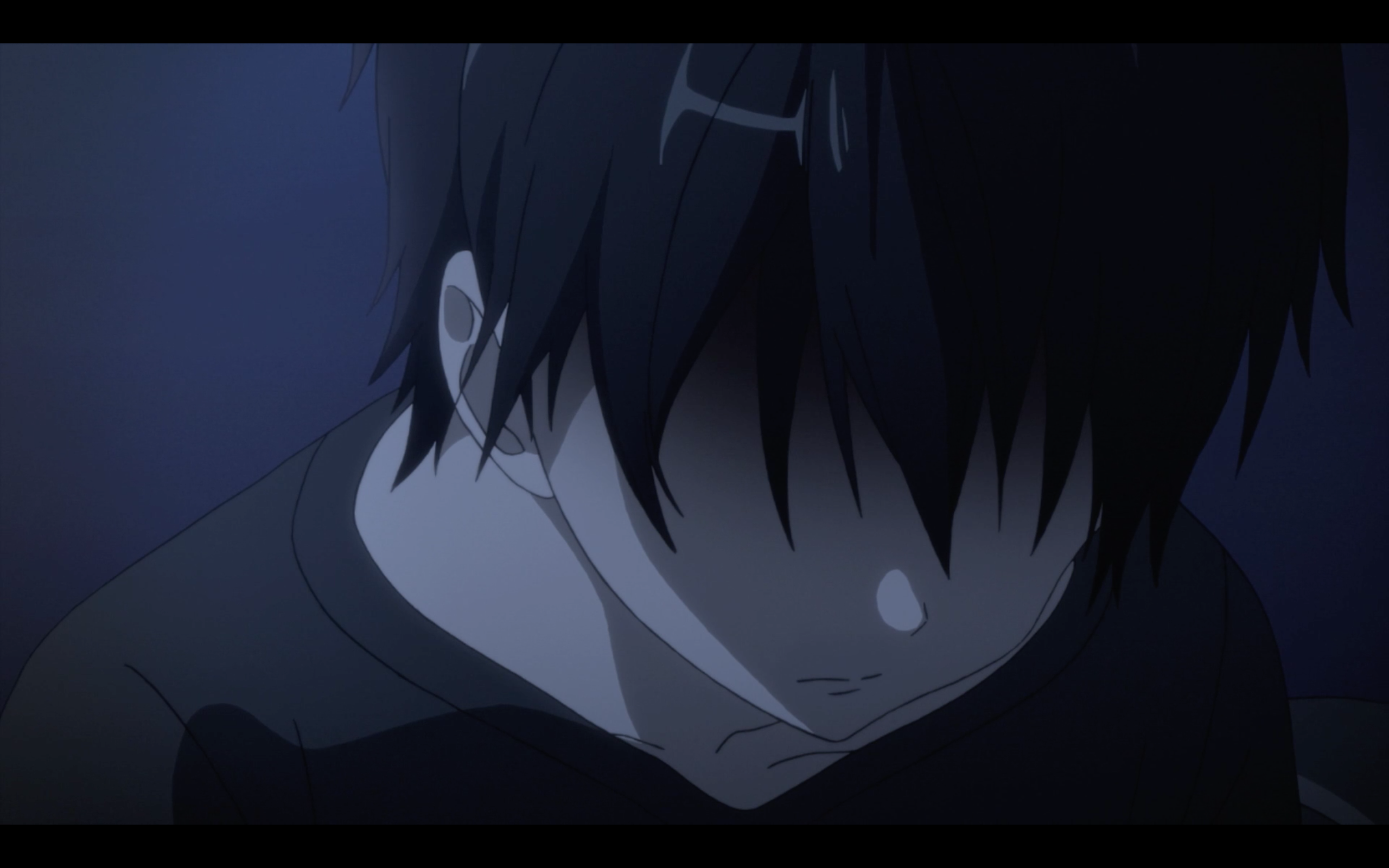



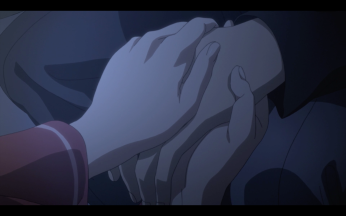



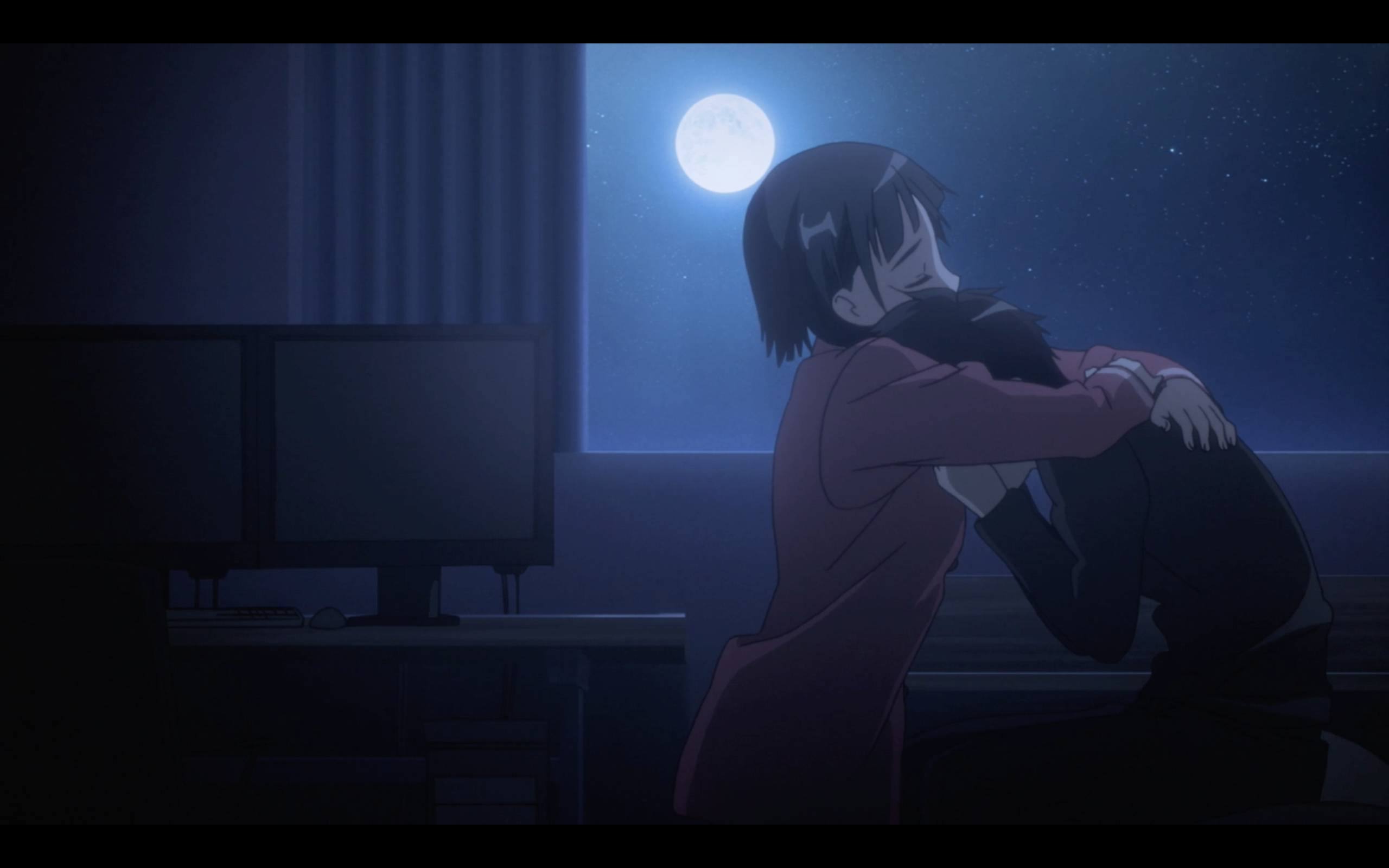
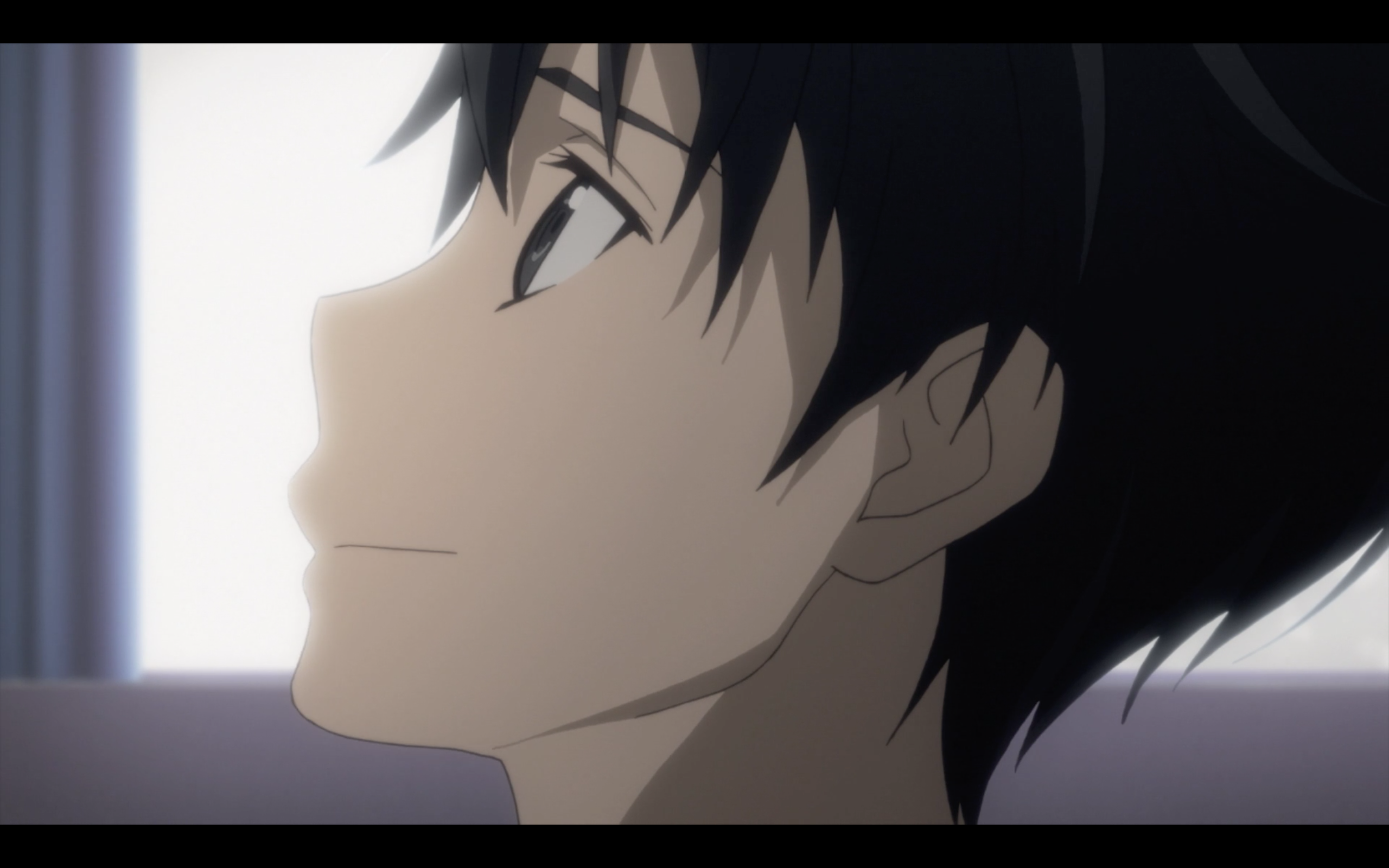
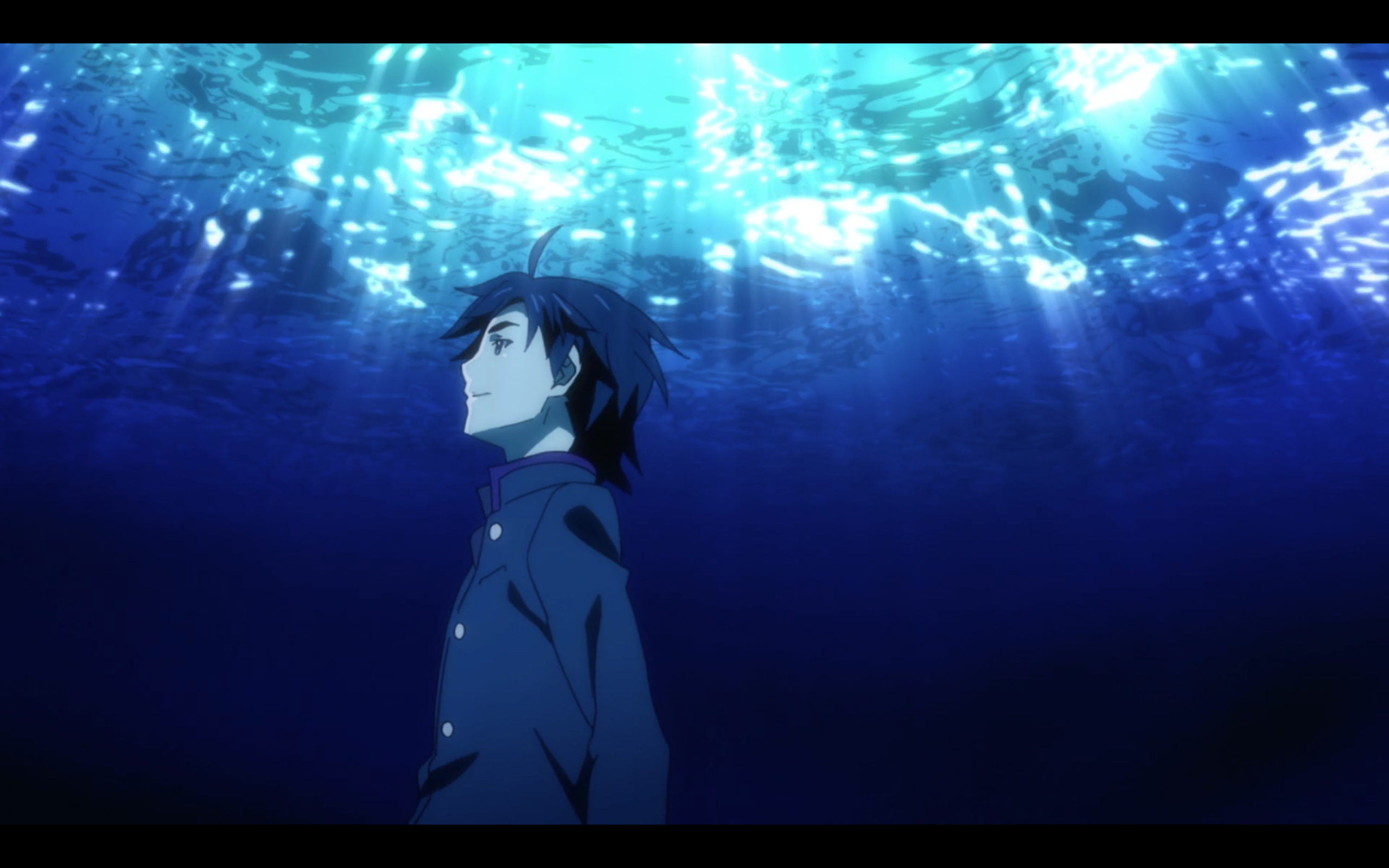
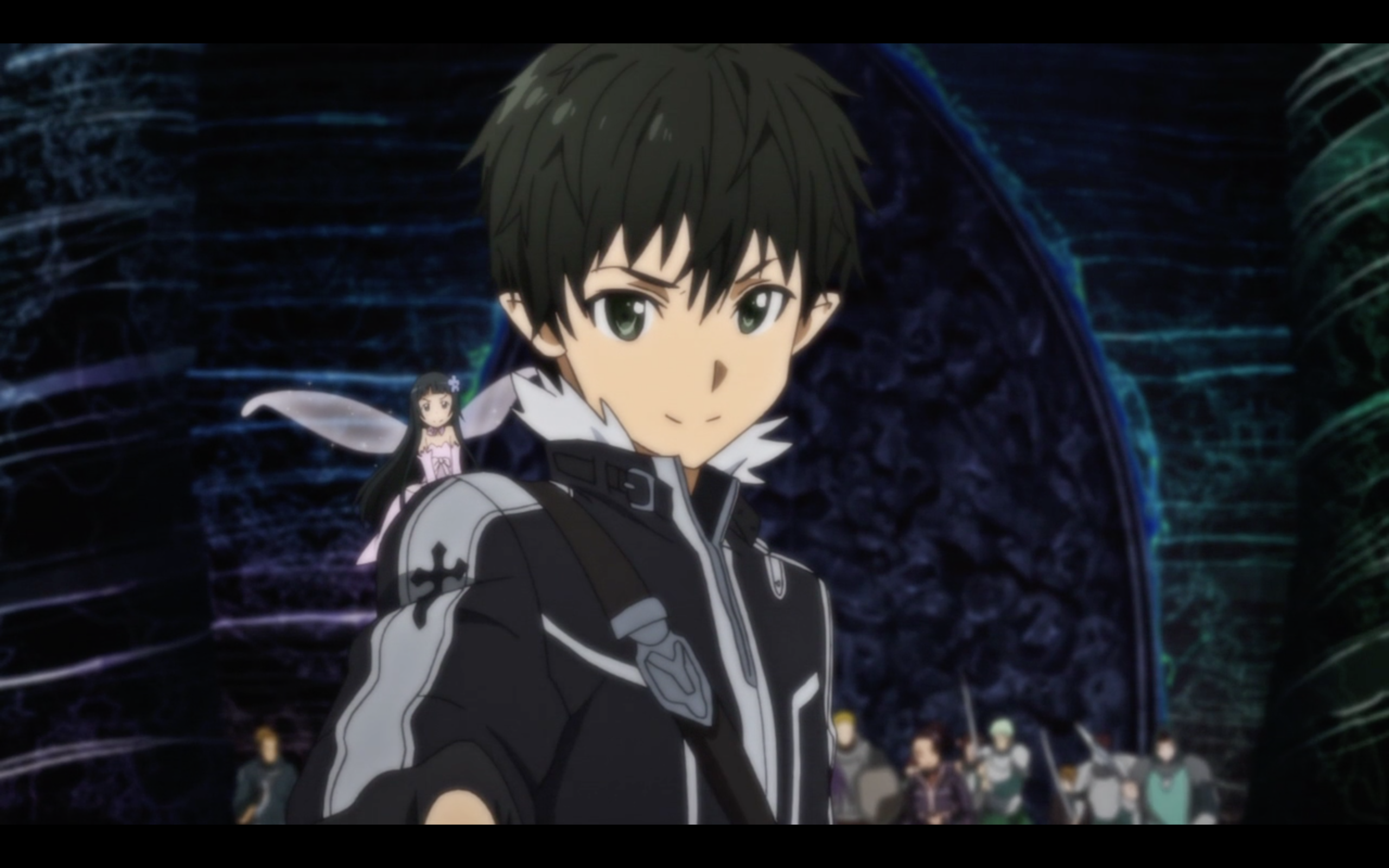 I’m gonna be writing more about Suguha, since this isn’t as much about her character as it is about the projections of my own experiences onto this one scene in particular.
I’m gonna be writing more about Suguha, since this isn’t as much about her character as it is about the projections of my own experiences onto this one scene in particular. One of the most original aspects of Flip Flappers is the probable source of Cocona’s depression. Natasha from Isn’t it Electrifying argued in an article for crunchyroll that it would only be reasonable for Cocona, who is clearly grappling with her sexuality, to suffer from depression. It’s a consequence of the alienation that she experiences from realizing that she is different from the rest of society, which assumes that all people are heterosexual until they say otherwise, and the difficulty of being different, especially when your differences may cause others to resent you. They may even cause you to resent yourself. The struggle to escape depression is equal parts self-discovery and regaining control of the direction of one’s life. Flip Flappers is one of the best depiction of struggling with depression anime has ever given.
One of the most original aspects of Flip Flappers is the probable source of Cocona’s depression. Natasha from Isn’t it Electrifying argued in an article for crunchyroll that it would only be reasonable for Cocona, who is clearly grappling with her sexuality, to suffer from depression. It’s a consequence of the alienation that she experiences from realizing that she is different from the rest of society, which assumes that all people are heterosexual until they say otherwise, and the difficulty of being different, especially when your differences may cause others to resent you. They may even cause you to resent yourself. The struggle to escape depression is equal parts self-discovery and regaining control of the direction of one’s life. Flip Flappers is one of the best depiction of struggling with depression anime has ever given. Despite what I just said, Neighborhood 1 (Tunnels) is almost a line by line parallel of Pure Input. The crunchyroll synopsis of this episode was “girl meets girl; girls go on an adventure.” That’s exactly what happens. Neighborhood 1 tells of two young neighbors who, at the height of a blizzard so strong that the snow has completely buried their homes, run away together. The meet by digging a tunnel to connect their windows, and then they run away, leaving behind their sobbing parents. Flip Flappers’ shifting settings of Pure Illusion provide mystical worlds that are spawned by characters’ thoughts and perceptions. The snow covered world Arcade Fire creates in Neighborhood 1 is very similar to the first Pure Illusion that Cocona and Papika visit together. Papika takes Cocona by the hand in Pure Input and brings her on an adventure to a winter wonderland within pure illusion. In both the show and the song, the snow can represent both the crushing weight of depression and all the other petty burdens that weigh us down as humans. In Pure Input, Papika and Cocona appropriate the snow for recreational use, throwing snowballs and building snowmen.
Despite what I just said, Neighborhood 1 (Tunnels) is almost a line by line parallel of Pure Input. The crunchyroll synopsis of this episode was “girl meets girl; girls go on an adventure.” That’s exactly what happens. Neighborhood 1 tells of two young neighbors who, at the height of a blizzard so strong that the snow has completely buried their homes, run away together. The meet by digging a tunnel to connect their windows, and then they run away, leaving behind their sobbing parents. Flip Flappers’ shifting settings of Pure Illusion provide mystical worlds that are spawned by characters’ thoughts and perceptions. The snow covered world Arcade Fire creates in Neighborhood 1 is very similar to the first Pure Illusion that Cocona and Papika visit together. Papika takes Cocona by the hand in Pure Input and brings her on an adventure to a winter wonderland within pure illusion. In both the show and the song, the snow can represent both the crushing weight of depression and all the other petty burdens that weigh us down as humans. In Pure Input, Papika and Cocona appropriate the snow for recreational use, throwing snowballs and building snowmen. Snow also represents the impermanence of youth and the magic of love (2018 note: no clue where I pulled that from but okay). Change is inevitable, it’s merely a matter of how we change and whether or not we embrace it. In the chorus of Neighborhood 1, the speaker reflects on how his/her partner helped them to change for the better during their experiences together after they ran away from home, from their parents, and never looked back. As the series goes on, Papika changes all the lead in Cocona’s head with her Golden Hymn, “Dai-dai-dai suki!” By going on adventures with Papika, Cocona comes to recognize what has been missing from her life.
Snow also represents the impermanence of youth and the magic of love (2018 note: no clue where I pulled that from but okay). Change is inevitable, it’s merely a matter of how we change and whether or not we embrace it. In the chorus of Neighborhood 1, the speaker reflects on how his/her partner helped them to change for the better during their experiences together after they ran away from home, from their parents, and never looked back. As the series goes on, Papika changes all the lead in Cocona’s head with her Golden Hymn, “Dai-dai-dai suki!” By going on adventures with Papika, Cocona comes to recognize what has been missing from her life. We see the first sign of evidence that Cocona may be changing for the better after her half-transformation, which was triggered by her desire to save Papika. Cocona makes a decision, a decision to step out of her comfort zone to do something. She rejects her anxiety and indecisiveness to take action, and when she does so, she transforms and gains the power to save Papika. This is Cocona’s first step toward seizing control of her life.
We see the first sign of evidence that Cocona may be changing for the better after her half-transformation, which was triggered by her desire to save Papika. Cocona makes a decision, a decision to step out of her comfort zone to do something. She rejects her anxiety and indecisiveness to take action, and when she does so, she transforms and gains the power to save Papika. This is Cocona’s first step toward seizing control of her life. The theme of escaping to fall in love is also especially relevant to the fifth episode, in which Cocona, Papika, Yayaka and the twins have all been trapped in yuri hell, a version of their school that crosses the Class-S genre with horror. The Class-S genre revolves around very deep “friendships” between young women. The horror that Flip Flappers pulls from the genre is its expectation that these relationships inevitably end before adulthood. Bloom into You’s seventh episode also dealt with this notion, which Sayaka’s former girlfriend had left with her when she said she’d grown “too old” for their relationship. That notion is dispelled when Sayaka learns of the relationship between her teacher and the owner of a local coffee shop. Flip Flappers depicts an epic escape from the restrictions of the Class-S genre, one that I think is reflected by the escape Neighborhood 1’s young couple into the snow.
The theme of escaping to fall in love is also especially relevant to the fifth episode, in which Cocona, Papika, Yayaka and the twins have all been trapped in yuri hell, a version of their school that crosses the Class-S genre with horror. The Class-S genre revolves around very deep “friendships” between young women. The horror that Flip Flappers pulls from the genre is its expectation that these relationships inevitably end before adulthood. Bloom into You’s seventh episode also dealt with this notion, which Sayaka’s former girlfriend had left with her when she said she’d grown “too old” for their relationship. That notion is dispelled when Sayaka learns of the relationship between her teacher and the owner of a local coffee shop. Flip Flappers depicts an epic escape from the restrictions of the Class-S genre, one that I think is reflected by the escape Neighborhood 1’s young couple into the snow. Neighborhood 2 opens with driving drums. The drums carry on the momentum and the potential for growth, change and love that lies before Cocona now she has proven to herself that she is capable of taking action. Cocona must continue to push and play an active role in her own life, but she’s afraid, and understandably so, since Papika had nearly died in their first journey to pure illusion. In Neighborhood 2, the chorus reads like a cheerleading squad, singing, “come on Alex, you can do it, come on Alex, there’s nothing to it!” Cocona wants connection with Papika because she isn’t totally rejecting her. However, Cocona’s anxiety hinders her ability to express herself, as the chorus demands, “if you want something, don’t ask for nothing.” Within Cocona’s heart, her desire for connection with Papika doesn’t override her fear of losing Papika. However, as they plunge into pure illusion once again, the decision is no longer for Cocona to make. This song’s exhortations are relevant throughout the entirety of Cocona’s coming of age story.
Neighborhood 2 opens with driving drums. The drums carry on the momentum and the potential for growth, change and love that lies before Cocona now she has proven to herself that she is capable of taking action. Cocona must continue to push and play an active role in her own life, but she’s afraid, and understandably so, since Papika had nearly died in their first journey to pure illusion. In Neighborhood 2, the chorus reads like a cheerleading squad, singing, “come on Alex, you can do it, come on Alex, there’s nothing to it!” Cocona wants connection with Papika because she isn’t totally rejecting her. However, Cocona’s anxiety hinders her ability to express herself, as the chorus demands, “if you want something, don’t ask for nothing.” Within Cocona’s heart, her desire for connection with Papika doesn’t override her fear of losing Papika. However, as they plunge into pure illusion once again, the decision is no longer for Cocona to make. This song’s exhortations are relevant throughout the entirety of Cocona’s coming of age story. “Une Anne Sans Lumieree” is the intermission in the four Neighborhood songs that make up the first half of the album, and the mood becomes much less urgent. This reflective song, with its nostalgic guitar motif reminiscent of the Beatles’ “In My Life” and Radiohead’s “No Surprises,” allows us to open our ears and listen to sound of blossoming love. Cocona is inherently self-conscious and must be noticing bits of evidence that she may be falling in love with Papika, especially in school from the Yuri Hell, which is loaded with Yuri imagery. What makes this experience so blissful for Cocona is the fact that Papika both prompts and embraces Cocona’s feelings. Beforehand, nobody seemed to be able to relate to Cocona’s experience of being different, but Papika lives and breathes being different and, as shown in episode two, is embraced for it. The song repeats that “if you see a shadow, there’s something there.” Cocona is bright enough to realize what’s going on. Just as the show relies heavily on visuals to accomplish most of the storytelling, the music of “Une Anne Sans Lumieree” itself perfectly captures the feeling of falling in love. The coda of the song, especially, perfectly captures the acceleration of romance. The tempo picks up at the end of the song and it becomes much heavier. Once you realize that you are falling in love, you can’t step on the breaks.
“Une Anne Sans Lumieree” is the intermission in the four Neighborhood songs that make up the first half of the album, and the mood becomes much less urgent. This reflective song, with its nostalgic guitar motif reminiscent of the Beatles’ “In My Life” and Radiohead’s “No Surprises,” allows us to open our ears and listen to sound of blossoming love. Cocona is inherently self-conscious and must be noticing bits of evidence that she may be falling in love with Papika, especially in school from the Yuri Hell, which is loaded with Yuri imagery. What makes this experience so blissful for Cocona is the fact that Papika both prompts and embraces Cocona’s feelings. Beforehand, nobody seemed to be able to relate to Cocona’s experience of being different, but Papika lives and breathes being different and, as shown in episode two, is embraced for it. The song repeats that “if you see a shadow, there’s something there.” Cocona is bright enough to realize what’s going on. Just as the show relies heavily on visuals to accomplish most of the storytelling, the music of “Une Anne Sans Lumieree” itself perfectly captures the feeling of falling in love. The coda of the song, especially, perfectly captures the acceleration of romance. The tempo picks up at the end of the song and it becomes much heavier. Once you realize that you are falling in love, you can’t step on the breaks. Neighborhood 3 (Power Out) is the first of three fist-pumping anthems on this album and is the thematic centerpiece of the album. It perfectly boils down what Cocona must do in her coming of age story in order to liberate herself from loneliness and depression. It is a call to arms to fight for what you want and for what you love. It also grounds itself in a very real stage of development for children in the suburbs of the first world. Arcade Fire’s third neighborhood is one populated by adolescents who no longer feel any responsibility to obey their parents, or whose parents have grown apathetic. Essentially, the third neighborhood is one without any parents, so basically any anime neighborhood ever. All jokes aside, the absence of parents makes this setting the stage in life in which you are forced to become independent. The energy and urgency of the song are perfectly suited to the challenges of self-discovery and agency, challenges that Cocona knows very well. The song is predicated on a problematic turn of events, but the decision of those in the song to go out into the town are framed as having ends other than ameliorating the situation. They go out to find a light, to chase dreams. At the beginning of the series, Cocona is faced with the dreaded career survey, a staple anime representation of uncertainty about the future, the most universal kind of anxiety. Part of Cocona’s problem is that she doesn’t have a light to go out and find.
Neighborhood 3 (Power Out) is the first of three fist-pumping anthems on this album and is the thematic centerpiece of the album. It perfectly boils down what Cocona must do in her coming of age story in order to liberate herself from loneliness and depression. It is a call to arms to fight for what you want and for what you love. It also grounds itself in a very real stage of development for children in the suburbs of the first world. Arcade Fire’s third neighborhood is one populated by adolescents who no longer feel any responsibility to obey their parents, or whose parents have grown apathetic. Essentially, the third neighborhood is one without any parents, so basically any anime neighborhood ever. All jokes aside, the absence of parents makes this setting the stage in life in which you are forced to become independent. The energy and urgency of the song are perfectly suited to the challenges of self-discovery and agency, challenges that Cocona knows very well. The song is predicated on a problematic turn of events, but the decision of those in the song to go out into the town are framed as having ends other than ameliorating the situation. They go out to find a light, to chase dreams. At the beginning of the series, Cocona is faced with the dreaded career survey, a staple anime representation of uncertainty about the future, the most universal kind of anxiety. Part of Cocona’s problem is that she doesn’t have a light to go out and find. The kids in the song also go out to pick a fight, meaning they feel strongly enough about something to take a risk and go fight. Cocona first acts confrontational when Yayaka reveals to her and Papika that the end game for collecting the amorphous is world domination. These things that are important to us are fundamentally linked to who we are. Cocona expresses distress and reluctance to return to Pure Illusion after she realizes how their Inception inspired meddling changed Iroha-senpai. At the end, Cocona turns against her mother to fight for her independence and agency, which she built over the course of the show, and her relationship with Papika. She knows she loves Papika. Loving Papika is central to who Cocona is, who she has become. At the end of the series, it would be true to say that Cocona is Cocona because Papika is Papika. The power was out in Cocona’s heart before she met Papika, but as a result of their adventures, Cocona learned to take it from her heart and put it in her hand.
The kids in the song also go out to pick a fight, meaning they feel strongly enough about something to take a risk and go fight. Cocona first acts confrontational when Yayaka reveals to her and Papika that the end game for collecting the amorphous is world domination. These things that are important to us are fundamentally linked to who we are. Cocona expresses distress and reluctance to return to Pure Illusion after she realizes how their Inception inspired meddling changed Iroha-senpai. At the end, Cocona turns against her mother to fight for her independence and agency, which she built over the course of the show, and her relationship with Papika. She knows she loves Papika. Loving Papika is central to who Cocona is, who she has become. At the end of the series, it would be true to say that Cocona is Cocona because Papika is Papika. The power was out in Cocona’s heart before she met Papika, but as a result of their adventures, Cocona learned to take it from her heart and put it in her hand. Neighborhood #3 is also very reflective of Yayaka”s personality. Yayaka is impulsive, and if you were to ask yourself which characters from Flip Flappers would ever pick a fight, the first name that would come to mind would be Yayaka. Of course, Yayaka despises this aspect of her personality and wishes somebody else could make all her decisions for her. Cocona, on the other hand, is struggling to learn to make decisions for herself, and must reject Mimi, her mother, when she says that Cocona can’t be trusted to make decisions for herself. One line in particular in this song captures Cocona’s mindset at the beginning of the story. Arcade Fire uses a storm as metaphor for growing up, singing “growing up in some strange storm, nobody’s cold, nobody’s warm.” Cocona rediscovers warmth when she meets Papika and Yayaka must ignore her orders and protect Cocona, who is a source of warmth for her. Musically, the melodic cacophony of Neighborhood 3 is a great reflection of the messiness of youth.
Neighborhood #3 is also very reflective of Yayaka”s personality. Yayaka is impulsive, and if you were to ask yourself which characters from Flip Flappers would ever pick a fight, the first name that would come to mind would be Yayaka. Of course, Yayaka despises this aspect of her personality and wishes somebody else could make all her decisions for her. Cocona, on the other hand, is struggling to learn to make decisions for herself, and must reject Mimi, her mother, when she says that Cocona can’t be trusted to make decisions for herself. One line in particular in this song captures Cocona’s mindset at the beginning of the story. Arcade Fire uses a storm as metaphor for growing up, singing “growing up in some strange storm, nobody’s cold, nobody’s warm.” Cocona rediscovers warmth when she meets Papika and Yayaka must ignore her orders and protect Cocona, who is a source of warmth for her. Musically, the melodic cacophony of Neighborhood 3 is a great reflection of the messiness of youth. Neighborhood 4 expresses frustration at how slowly things change, if they change at all. Cocona’s passiveness, her inability to make things happen on her own is captured in the song’s chorus, which says “a watched pot never boils, well I closed my eyes and nothing changed.” Flip Flappers contradicts this song by introducing Papika to Cocona, a wildcard who forces Cocona to start to change.
Neighborhood 4 expresses frustration at how slowly things change, if they change at all. Cocona’s passiveness, her inability to make things happen on her own is captured in the song’s chorus, which says “a watched pot never boils, well I closed my eyes and nothing changed.” Flip Flappers contradicts this song by introducing Papika to Cocona, a wildcard who forces Cocona to start to change. Ultimately, Papika and Cocona aren’t too concerned with preventing the bumbling Asclepius’s plan for a New World Order. They are concerned with each other and themselves. The song notes that all the neighbors are burning. Everybody else falls in love, and Cocona is having a difficult time navigating her first experience with romance. The Crown of Love, which comes next, reverts the focus to a key scene earlier in the series, the Mad Max pure illusion and the mask. Tension boils between Cocona and Papika in the first three episodes, exploding in a fight and a reconciliation. The Crown of Love is a plea for forgiveness, and is an important reminder that real love, a real healthy relationship needs both partners to be comfortable enough with each other to fight. Cocona is forced to that point by the mask, but it is not the last time they will fight.
Ultimately, Papika and Cocona aren’t too concerned with preventing the bumbling Asclepius’s plan for a New World Order. They are concerned with each other and themselves. The song notes that all the neighbors are burning. Everybody else falls in love, and Cocona is having a difficult time navigating her first experience with romance. The Crown of Love, which comes next, reverts the focus to a key scene earlier in the series, the Mad Max pure illusion and the mask. Tension boils between Cocona and Papika in the first three episodes, exploding in a fight and a reconciliation. The Crown of Love is a plea for forgiveness, and is an important reminder that real love, a real healthy relationship needs both partners to be comfortable enough with each other to fight. Cocona is forced to that point by the mask, but it is not the last time they will fight. Wake Up also repeats Neighborhood 3’s emphasis on agency with the lines, “with my lightning bolts a glowing, I can see where I am going.” Once Cocona learns to become independent and take control of her life, she’ll have less anxiety about the future. Yeah, Haiti’s lyrics are way too specific and violent for any reflection on Flip Flappers. Musically though, its lush and playful, which is an excellent description of Flip Flappers.
Wake Up also repeats Neighborhood 3’s emphasis on agency with the lines, “with my lightning bolts a glowing, I can see where I am going.” Once Cocona learns to become independent and take control of her life, she’ll have less anxiety about the future. Yeah, Haiti’s lyrics are way too specific and violent for any reflection on Flip Flappers. Musically though, its lush and playful, which is an excellent description of Flip Flappers. Rebellion (lies) is the final of the three anthems that dominate Funeral and it returns to the theme of embracing the naiveté and idealism of childhood. These are assets in the journey to knowing yourself and understanding life. The defiant message of this song is that happiness is possible, contrary to what the world tells us, and that’s not a lie. Honestly, anything else I have to say about this song in relation to Flip Flappers would simply be retreading points I have already made. For example, the line “sleeping is giving in” is another exhortation to take control of your life and not running away from your problems. To be honest, the reason I originally scrapped this was that I figured it was all so obvious that it doesn’t warrant me going in depth.
Rebellion (lies) is the final of the three anthems that dominate Funeral and it returns to the theme of embracing the naiveté and idealism of childhood. These are assets in the journey to knowing yourself and understanding life. The defiant message of this song is that happiness is possible, contrary to what the world tells us, and that’s not a lie. Honestly, anything else I have to say about this song in relation to Flip Flappers would simply be retreading points I have already made. For example, the line “sleeping is giving in” is another exhortation to take control of your life and not running away from your problems. To be honest, the reason I originally scrapped this was that I figured it was all so obvious that it doesn’t warrant me going in depth. In the Backseat just perfectly captures Flip Flappers’ understanding of dependency. The lines, “I like the peace in the backseat, I don’t have to drive, I don’t have to speak” are a perfect portrait of Cocona at the beginning of the series and in episodes 11 and 12. In those two episodes Mimi returns and assumes the responsibility of making all of Cocona’s decisions for her. This is also exactly what Yayaka wanted, to have other people make tough decisions for her. The line, “I’ve been learning to drive my whole life” is a great expression of how growing up is entirely oriented towards eventually becoming independent.
In the Backseat just perfectly captures Flip Flappers’ understanding of dependency. The lines, “I like the peace in the backseat, I don’t have to drive, I don’t have to speak” are a perfect portrait of Cocona at the beginning of the series and in episodes 11 and 12. In those two episodes Mimi returns and assumes the responsibility of making all of Cocona’s decisions for her. This is also exactly what Yayaka wanted, to have other people make tough decisions for her. The line, “I’ve been learning to drive my whole life” is a great expression of how growing up is entirely oriented towards eventually becoming independent.
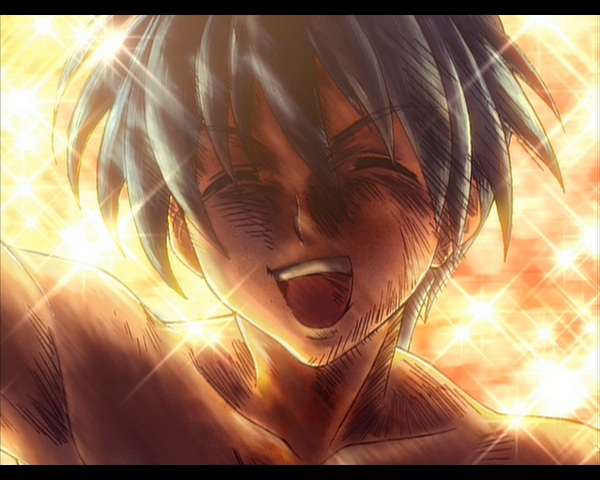 Tomoya’s depression gradually fades away after he meets Nagisa. Tomoya’s attitude toward school before he met Nagisa was one of resignation and hatred. Tomoya expresses his desire to erase all of his painful memories in the anime’s opening scene. Over the course of the show, except at a few vulnerable moments, Tomoya is dismissive of these experiences when they come up. Tomoya’s actions lead him to join other characters as they explore the most painful memories of their own. Tomoya manages to avoid thinking about his own problems by thrusting himself into the problems of others, not unlike Araragi.
Tomoya’s depression gradually fades away after he meets Nagisa. Tomoya’s attitude toward school before he met Nagisa was one of resignation and hatred. Tomoya expresses his desire to erase all of his painful memories in the anime’s opening scene. Over the course of the show, except at a few vulnerable moments, Tomoya is dismissive of these experiences when they come up. Tomoya’s actions lead him to join other characters as they explore the most painful memories of their own. Tomoya manages to avoid thinking about his own problems by thrusting himself into the problems of others, not unlike Araragi.